Last updated on April 26, 2024
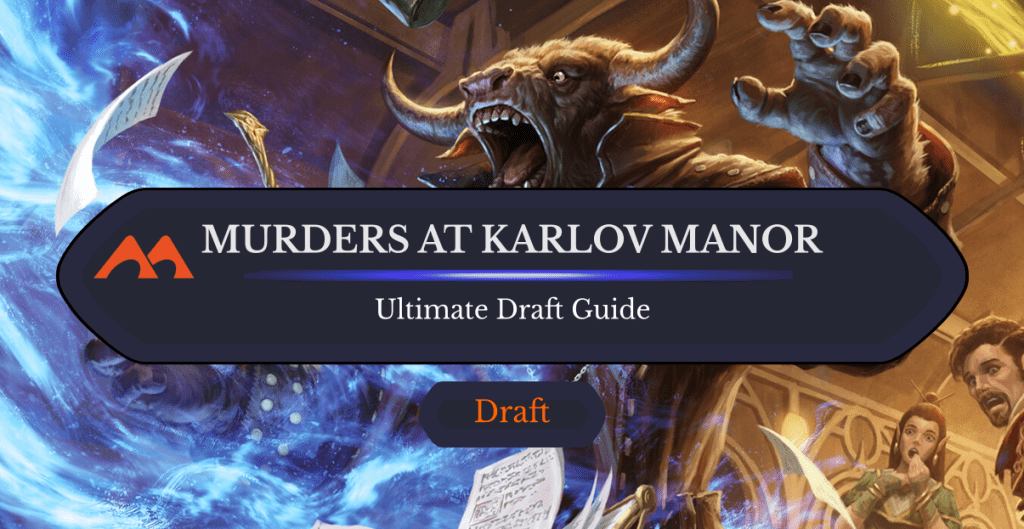
Sudden Setback | Illustration by Olivier Bernard
Greetings planeswalkers! Murders at Karlov Manor (MKM) has been out for about a week now. The case was solved (Deduce), and the culprit has been arraigned (Dramatic Accusation) and taken into custody (Makeshift Binding). One of the victims is even willing to testify too (Call a Surprise Witness).
And while that’s all well and good, where does this leave us drafters? You can’t just say “Trostani did it!” when your opponent’s attacking for lethal after all. But with this guide, you’ll have a fighting chance at winning any MKM Drafts you play.
Format Big Picture
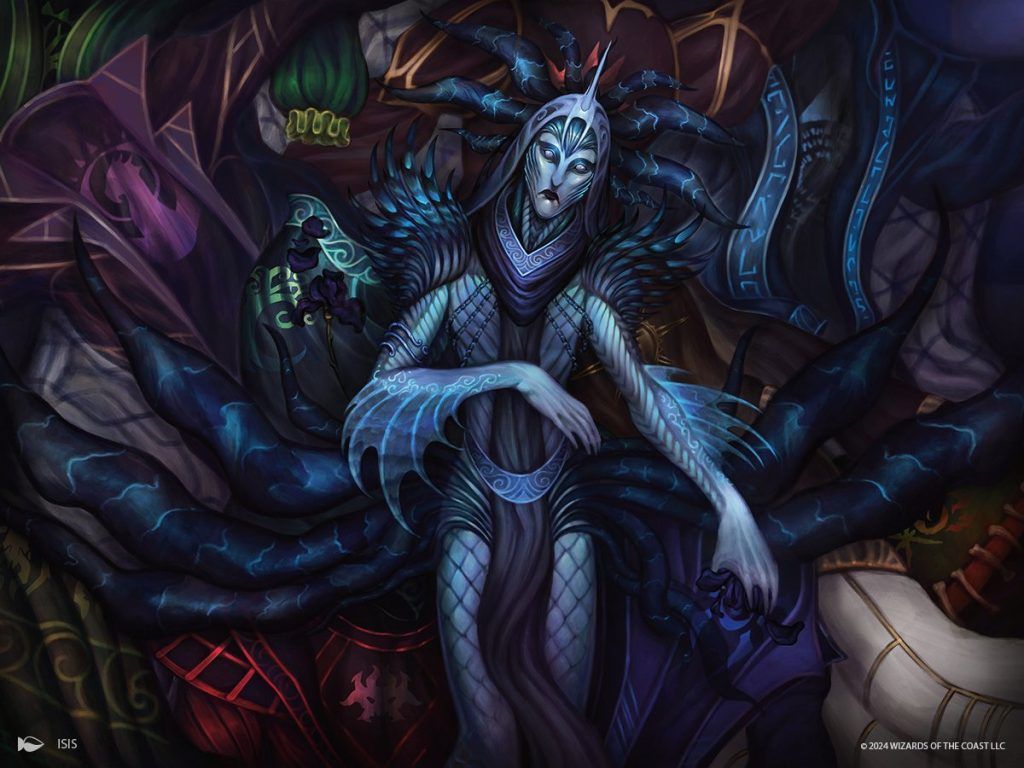
Murder | Illustration by Isis
Murders at Karlov Manor (MKM) is a diverse set with several different reported paces. Some commentary I’ve heard on the format so far is that it is:
- Fast, and blocking is miserable.
- Medium speed, but blocking is still miserable.
- Slower, although blocking can be difficult.
My appraisal of the format’s pace is that medium is the most accurate. You won’t die in record time, but board states can quickly get out of hand, and blocking is indeed problematic. This is because of several factors:
- The common combat tricks in this set are pretty strong. Auspicious Arrival, The Chase Is On, and On the Job are all efficient 2-for-1s. Fanatical Strength isn’t a 2-for-1, but it’s much better than something like Awaken the Bear.
- Disguised creature battles tend to favor the attacker for several reasons. Not only is the attacking player more likely to have mana up to flip theirs, but ward is more likely to help them too. For example, if you’re on the backfoot and hold up 2 mana for Not on My Watch, you won’t be able to out-trick their Auspicious Arrival when you block their morph* with yours.
- It can’t be overstated how effective On the Job has been relative to average Inspired Charge variants. Getting the card back frees you up to use it more liberally, and it plays perfectly with premium white commons like Novice Inspector, Inside Source, and Dog Walker. Even if you know your opponent has it, you’ll often be caught in a “trade my morphs with 1/1s or die” situation.
However, don’t make the mistake of thinking you must draft aggro in this format. There’s premium removal spells in most colors, quality common fixing in green, and many broken bomb rares. There are also a number of buildaround cards and niche archetypes for you to attempt too, which we’ll cover in full detail here.
In short, I’ve liked drafting Murders at Karlov Manor, but it can be a bit swingy if you get the wrong end of curve-outs/variance. You’ll have your best results if you draft with tempo in mind, as Draft has felt a fair bit faster than Sealed. There are archetypes that won’t punish you, but the best ones (anything white, but especially Boros /Selesnya ) will come in hard and fast. Be prepared!
*Note that I’m just going to say “morph” sometimes, instead of having to say “disguised creature” every single time. Sorry!
Mechanics Reviewed
If you’ve drafted the set a couple of times, you should be familiar with the mechanics already. Still, it doesn’t hurt to review them briefly.
Disguise
This is morph + Ward 2. Disguise creatures also tend to be more deceptive than morphs from sets like Khans of Tarkir, with a greater emphasis on “when this is turned face up” effects. They‘re also often smaller too, though there are still several fat morphs to contend with (Crowd-Control Warden, Undercover Crocodelf and Riftburst Hellion being common ones). You’ll surely see that “turn-3, disguise creature, go” is a super common play pattern. I’ll include a convenient list at the bottom of all the disguise creatures you can try to play around.
Cloak
Cloak is just manifest with Ward 2. It comes up on a handful of cards. The main thing to keep in mind is that your opponent can turn cloaked creatures face up for their mana cost. There’s always going to be a risk of your opponent flipping something good into play, so pay attention to how they treat their cloaked creatures. Whether or not they’re eager to trade them is often a sign as to whether it’s a basic land or an actual threat.
Suspect
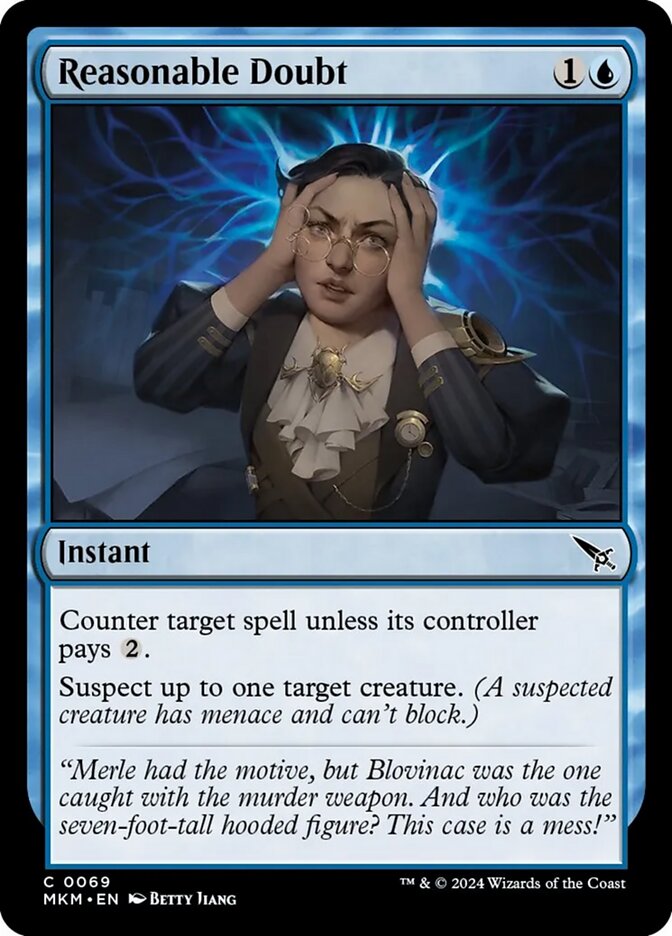
Suspect is an aggressive mechanic that hasn’t felt all that important to most games. Rakdos is one of the weakest archetypes in the set, so that hasn’t helped the mechanic much. It’ll come up from aggro decks or on cards like Reasonable Doubt sometimes, but it’s hardly a major focus.
Collect Evidence
I’ve really liked this mechanic, as it gives you the gameplay loop of delve without the brokenness of delve. The two main ways collect evidence plays in this format are:
- As an accessory to other strategies, where good collect evidence cards like Bite Down on Crime and Extract a Confession are great in low quantities (1-3 copies).
- As a build-around in Simic or Golgari , either focusing on spells (Slime Against Humanity builds) or creatures (Insidious Roots plus Chalk Outline durdle-fests).
I haven’t gotten to draft the latter build (yet!), but I can’t wait to try it. If you’re just looking to win though, then collect evidence will usually be supplementing your deck, rather than being the focus of it.
Cases
Cases are neat, though they vary pretty widely in quality. The best ones (Case of the Gateway Express and Case of the Burning Masks) are fantastic, but the rest are usually mediocre or worse. I’ll cover some of the more interesting ones below in my “build-arounds” section.
Investigate
Not much else to add here that wasn’t said in the first guide. Investigate is the primary mana sink of this set, and a key focus of decks. If your deck doesn’t have a single card that says “investigate” on it, you probably aren’t drafting this set!
Play Boosters/The List
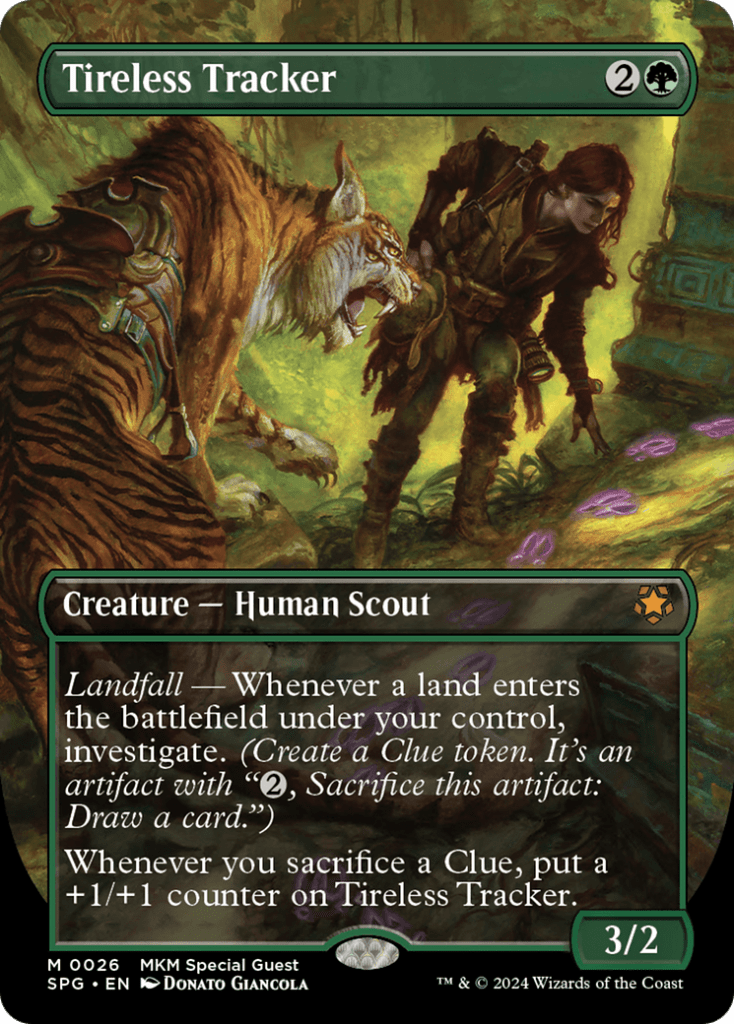
These aren’t explicitly a mechanic, but I just wanted to say this: The sky is not falling! Play Boosters did not kill Draft (although Tireless Tracker did kill me once). I’ve actually liked this compromise so far, though it remains to be seen how this will affect future sets.
Colors Ranked
Below is my personal ranking of the colors, with my reasoning and analysis for each:
#1. White
The walls at Karlov Manor must have been painted in white for this set. White is the best color in the format, with the best common removal spell and many premium common creatures. White is a generally aggressive color that excels at amassing small creatures. Going wide is excellent in this format, as there are great mass pump spells available and the only sweepers are rares. Do note that there are three of them (No Witnesses, Deadly Cover-Up, and Ill-Timed Explosion), so don’t get too cocky!
#2. Red
Or perhaps those walls were painted red in the end? I say this because red is almost as good as white, though it’s less flat in terms of power level. Red has some of the most efficient removal in the format, but the quality of its creatures isn’t the highest. It excels as a support color for both aggro and controlling strategies. Base red decks are a bit less ideal and tend to be aggressive.
#3. Green
Green is my favorite color in the set! This is thanks to its trio of solid mana fixers, which I mentioned repeatedly in my first guide. If green is open at your seat, every bomb that comes to you may be yours for the taking! Outside of 5c x ramp piles, green can also support / aggro decks and / graveyard decks. How to bring those strategies together will be covered later in this guide.
#4. Blue
Blue has great common creatures, some good tempo spells, and weak removal. Dramatic Accusation looked great but has underperformed my expectations a bit. Base blue decks tend to be tempo decks, but as a support color blue is versatile and can be paired with anything. Note that blue’s 2-drops (Jaded Analyst and Bubble Smuggler) are among the worst in the format.
#5. Black
Black is the unfortunate dog of Murders at Karlov Manor. It has good removal spells but weak creatures, and unfortunately the set itself is somewhat hostile to removal. Take Murder, for instance; it’s still a great common, but you won’t have good targets for it early on thanks to disguise creatures having Ward 2. Despite this, black’s removal is still ultimately its best strength, so expect most decks to be more on the controlling side.
Top Commons Revisited
So, how did I do with my top four commons for each color last time? Let’s revisit and take a look.
White Commons
I listed Makeshift Binding, Novice Inspector, Inside Source and Auspicious Arrival as white’s best commons. The current top four commons for white are ranked as follows:
- Novice Inspector
- Makeshift Binding
- Inside Source
- On the Job (Auspicious Arrival is a close #5)
So I did pretty great! As for pick order, I think whether or not you take Novice Inspector vs. Makeshift Binding depends on what your deck is missing. Assuming you’re base white, you can never have enough Novice Inspectors. Makeshift Binding has higher diminishing returns, but the first one or two copies are of greater importance than Novice Inspector.
Note that all of these commons are great in every single white archetype, with no exceptions. I’d only exclude On the Job from 5c durdle decks that are touching white for No Witnesses and Buried in the Garden.
Blue Commons
I listed Cold Case Cracker, Projektor Inspector, Dramatic Accusation, and Hotshot Investigators as blue’s best commons. Two of these were correct, but the other two have been lackluster. The current top four commons for blue are ranked as follows:
So what does this tell us? Well, efficient creatures are obviously great, but what I missed was the value of cheap tempo spells. I still don’t love either Unauthorized Exit or Reasonable Doubt in Sealed, but Draft is fast enough that both should perform well. I wouldn’t want multiples, but having one Reasonable Doubt to instill some “reasonable doubt” in opponents sounds perfect. Unauthorized Exit is best as a way to win races or re-trick opponents who are leaning on the set’s many good combat tricks.
Neither of the two commons I overrated are unplayable, but they are generally unimportant. If you’ve got room for some fat, a single Hotshot Investigators can be decent. You’re mostly looking to snipe Detective tokens with it, bounce fatties, or even recur your own Novice Inspector. Dramatic Accusation is not unplayable, but it’s bad against disguise creatures and you’ll need to pay + against certain rares. It’s certainly better than nothing if you lack a density of removal.
Black Commons
I listed Murder, Unscrupulous Agent, Slice from the Shadows, and Macabre Reconstruction as black’s best commons. As with blue, I did mediocre here. The current top four commons for black are ranked as follows:
- Extract a Confession
- Unscrupulous Agent
- Snarling Gorehound (!)
- Murder (Slice from the Shadows is a surprisingly close #5)
Extract a Confession was a big miss, and I wholeheartedly endorse you playing it! The extra collect evidence rider is exactly what Diabolic Edict needs to be good, as this prevents it from being a dead draw later. It’s still bad against Novice Inspector, Unscrupulous Agent and Inside Source though. Snarling Gorehound was another miss, though it’s less versatile than Extract a Confession. Still, here are some reasons why it’s good:
- For Orzhov (the best performing x archetype), this is a small creature that rewards you for playing other small creatures. The overlap with ’s theme is obvious but good. It’s also one of the single best creatures to use with Treacherous Greed.
- is aggressive enough to want creatures like this, though I don’t love as an archetype (more on that later).
- graveyard decks can also use this, as you’ll be triggering it with cards like Rubblebelt Maverick, Insidious Roots, and disguise creatures.
- is the only archetype where I’d avoid it.
As for the rest, well, the removal spells were still thankfully pretty decent. They supplement Extract a Confession well too, as you’ll often exile Murder to leapfrog into killing what you want with the edict. Macabre Reconstruction has underperformed as trading doesn’t happen often, plus one of the set’s best removal spells (Makeshift Binding) exiles. I like it more in Sealed than Draft.
Red Commons
I listed Galvanize, Shock, Person of Interest and Red Herring as red’s best commons. I did about as well here as with white. The current top four commons for red are ranked as follows:
- Person of Interest
- Shock
- Galvanize
- Offender at Large (Red Herring is a close #5)
Person of Interest overperforming should show you the value of small creatures/multiple bodies. The synergy with On the Job and similar effects is hard to beat! Shock slightly edging out Galvanize also goes to show how important early game traction is, as Shock is one of the few cards that can kill a morph for 1:1 tempo. Offender at Large is a great curve topper too; the difference in quality between it and Rubblebelt Braggart is significant!
Green Commons
I listed Tunnel Tipster, Loxodon Eavesdropper, Bite Down on Crime, and Vengeful Creeper as green’s best commons. I did decently. The current top four commons in green are ranked as follows:
So what does this tell us? Well, for one, please take and play every copy of Loxodon Eavesdropper that you can; the elephant is the real deal! It also shows the power of combat tricks (thanks again to ward) and Bite Down on Crime. Nervous Gardener is also the winner of the ramp trio, as it’s efficient and the option to play it as Grizzly Bears can come in handy. Despite the stats above, I’d still recommend taking Tunnel Tipster over Fanatical Strength, as there are many other good tricks that can fill its slot. Premium 2-drops in this set are hard to come by!
Multicolor Commons
One thing I did not list in my last set review was multicolor commons. This was an oversight, as the common morph cycle in this set is pretty important. Thanks to their hybrid costs and disguise, you can play them in all sorts of decks, including decks that aren’t their base colors. Dog Walker for instance is going to be good in any red or white deck, not just . It’ll be best there (as you’ll have the easiest time flipping it + the option to play it for 2 mana), but desirable elsewhere too. With that in mind, my morph rankings are as follows:
Tier 1
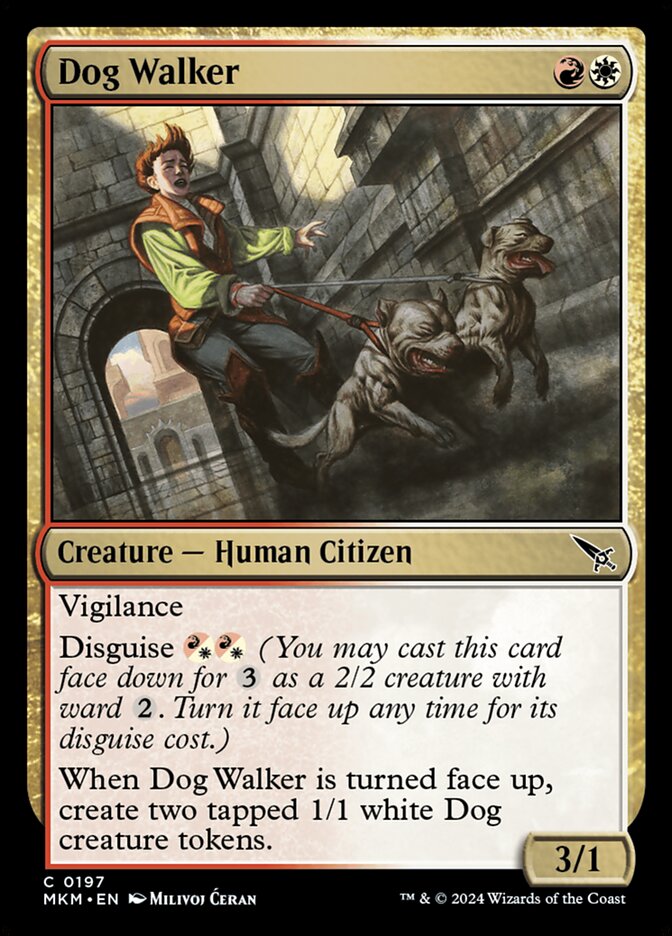
Tier 2
Tier 3
Tier 4
You should take Dog Walker highly if you’re in either red or white. It competes with the top four commons for both colors; I’d probably have it #3 in each one. I’d put all of the other hybrid morphs below the top four commons for each color though. Try to avoid playing Shady Informant and Rakish Scoundrel if you can, as both are unfortunately among the worst disguise creatures in the set. Shady Informant is plain inefficient, and Rakish Scoundrel is usually too clunky to effectively “get” opponents.
Reviewing Commons to Avoid
I recommended that you avoid playing Due Diligence, Behind the Mask, Goblin Maskmaker, Pick Your Poison (maindeck), and Rubblebelt Maverick (outside of graveyard strategies). All of these were right on the money, but with the benefit of personal experiences + stats, I can also recommend avoiding the following cards:

I might play a copy of Benthic Criminologists in Clues, but otherwise this is too low impact to wait for. Disguise creatures are generally superior to stuff like this, as they give you late game options while ensuring you at least have something to play early on. Gray Ogre is better than nothing!

Cerebral Confiscation is possibly good in Sealed (need to test further). In Draft though, you can’t afford to take turn 3 off for this. You will get Dog Walker’d, and there will not be any refunds.

Another low impact fatty that isn’t quite worth waiting until turn 5 for. I have yet to see anyone draw two cards off Agency Coroner, so don’t be fooled by the false whispers of “value” in your ears!
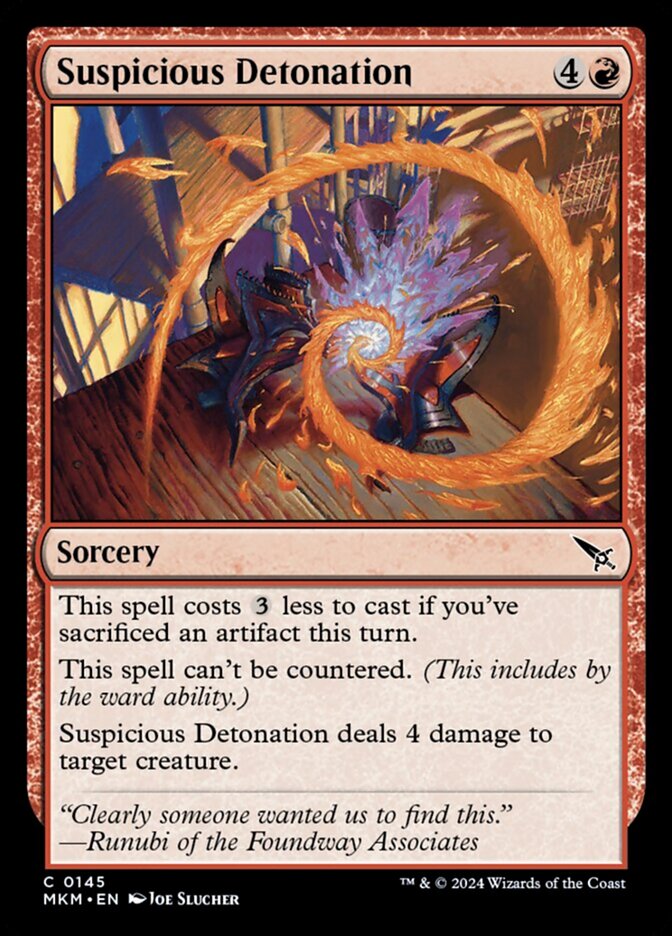
As with Benthic Criminologists, I’m most likely to play Suspicious Detonation in thanks to Clue synergy. But it’s poor when cast fairly, and still costs (in a roundabout way) when used correctly. Removal is still removal, but this is generally inferior to other options.
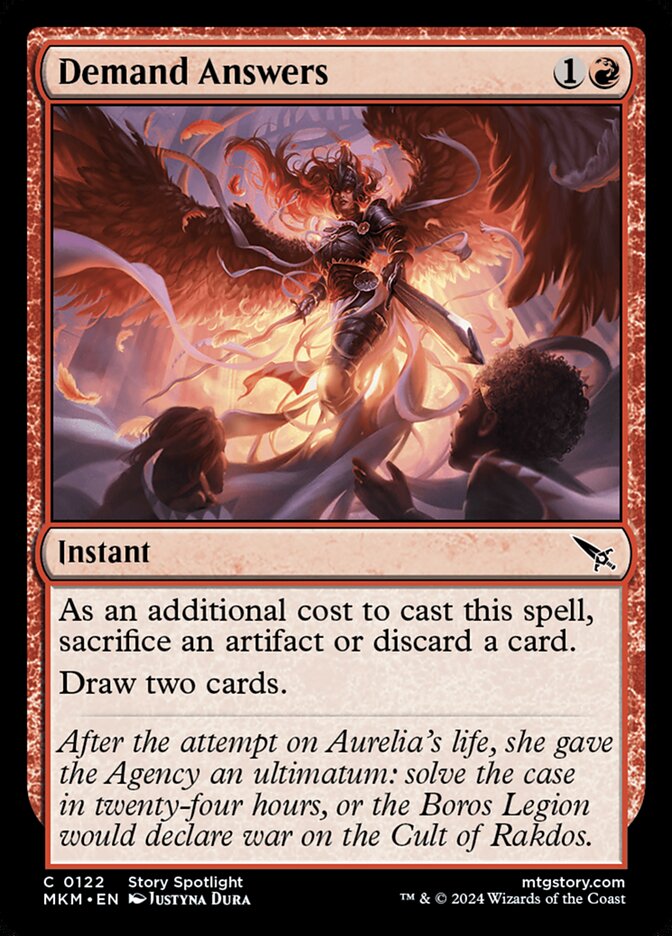
“Why am I doing this?” is a good question to ask yourself in life. It’s also a great question to ask when you’re putting Demand Answers in your deck. Despite being an upgraded Thrill of Possibility, this is a quick format without many obvious synergies for looting. It’s passable if you’re short on playables, but only desirable if you know why you’re playing it.
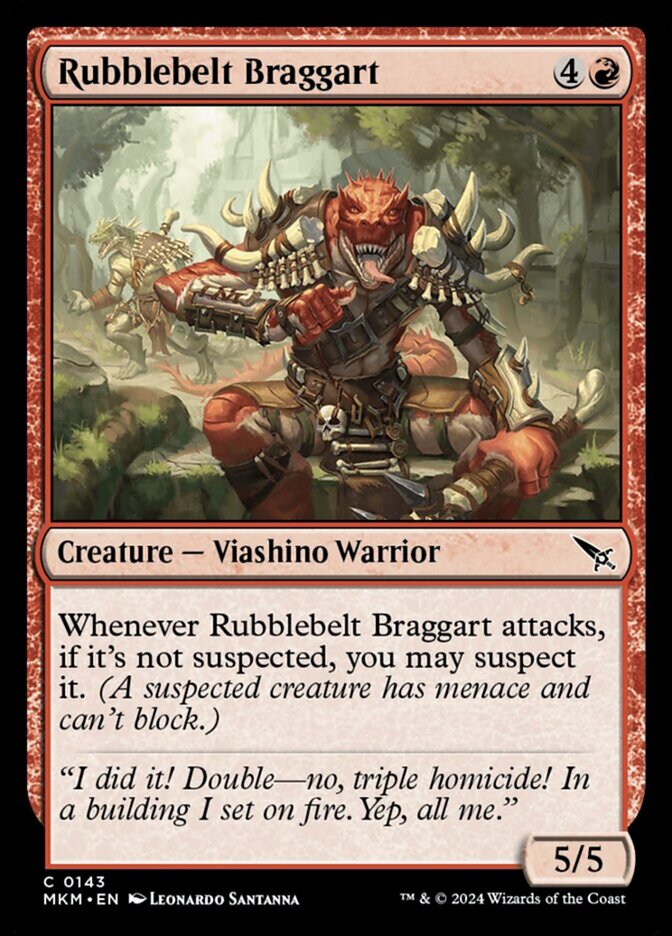
Murders at Karlov Manor has not been kind to random 5-drops. There are sets where Rubblebelt Braggart would be good, but it turns out that removal spells that can’t be used on morphs are going to end up pointed here instead.

Slime Against Humanity is a fun build around, but sadly the format is usually too fast for it. You’ll likely spend your turns amassing some decently sized Slimes, only to perish to On the Job. I still want to try it in x graveyard decks sometime, but only if they wheel!
Archetypes Revisited
I briefly covered all of the set’s 10 archetypes in the last guide, but let’s go into more detail on each, shall we?
Overall Rankings
Before I get into the details, let me give you an overview of the best archetypes. Note that I’m using simpler, more descriptive names this time, rather than WotC’s official names that I used last article. Here’s how I’d rate all of the archetypes:
- Turn Them Sideways Tier: Aggro
- Other White Decks Tier: Go-Wide, Detectives, Pint-Size
- Decent Non-White Decks Tier: Artifacts, Graveyard, Disguise
- Mediocre Deck Tier: Aggro, Graveyard, Control
RW Aggro
Longtime readers know I do not like Boros, so it’s with a heavy heart that I tell you that it’s the best deck in the format. Boros players simply have an embarrassment of riches in Murders at Karlov Manor. It’s the premier aggro deck in a format with many good aggro decks. Boros’s speed keeps other players honest, and it’s one of the sole reasons that I ever want to put weak 2-drops in my control decks.
Payoffs
Traditionally, Boros aggro is a pauper archetype that doesn’t rely on rares to make ends meet. While that’s true in Murders at Karlov Manor, one unique thing about in this set is how stacked its multicolor offerings are! Seriously, look at this list:
- Agrus Kos, Spirit of Justice
- Aurelia, the Law Above
- Warleader's Call
- Lightning Helix
- Meddling Youths
- Dog Walker
Every single card here is premium! All three of the rares are bomb level, and the uncommons are surprisingly close in power level. Dog Walker is also one of the best commons in the set. If you see these cards getting passed to you, do yourself a favor and draft Boros!
Key Commons
There’s not much to say here that wasn’t covered above. Boros makes the best use of commons like Novice Inspector, Inside Source, and On the Job. Ideally most of your creatures will be white, and your removal spells red.
Playing Against It

Sweepers are ideal, though your only options are unfortunately rare. If you don’t have those, then you’ll want a lean curve with cheap removal, good blockers, and ways to re-trick them when they go for Auspicious Arrival. Always keep in mind that Boros is looking to punish slow decks that start games with “turn-2 nothing, turn-3 morph”. Boros is traditionally poor from behind, so by all means punish them if they stumble and you have a good curve.
GW Go-Wide
Selesnya is the second of the four white decks we’ll be covering. It has two overlapping themes: disguise creatures and going wide. Crowd-Control Warden is a common that encapsulates both of them at once. ’s pace sits somewhere between aggro/midrange; you’ll often find yourself building slowly, then suddenly winning with On the Job or Greenbelt Radical.
Payoffs
Selesnya has excellent multicolor cards, barring one awkward dud (Relive the Past). Tolsimir, Midnight's Light, Trostani, Three Whispers and Buried in the Garden are simply busted. Sumala Sentry and Crowd-Control Warden are less good in a vacuum, but are the bread and butter pairing for ’s disguise archetype.
Key Commons
The usual white and green suspects apply here. Bite Down on Crime is better than normal too, as has great creatures and few (if any) other cards to leverage its graveyard. If you’re a bigger green deck, then you’ll want to make use of common fixers to splash bombs. Nervous Gardener is pretty solid regardless.
Playing Against It
Don’t let Crowd-Control Warden go unblocked and one-shot you. Remember that Greenbelt Radical exists and gives trample, as you might be dead it to but not dead to On the Job (block carefully). Try to save your Makeshift Binding for Crowd-Control Warden, Trostani, Three Whispers, and other huge threats.
UW Detectives
Azorius Detectives is the third white strategy we’ll be covering. This is a tempo strategy that gets various benefits from playing as many detectives as it can.
Payoffs
Private Eye is your main one, as it’s a well-sized lord with additional upside for breaking board stalls. There aren’t actually many other detective payoffs, just Perimeter Enforcer, Case of the Pilfered Proof, Burden of Proof and Thinking Cap in total. Alquist Proft, Master Sleuth and Ezrim, Agency Chief are powerful rares for this color pair, regardless of how much you end up caring about detectives.
Key Commons
Projektor Inspector is amazing in Azorius. take it over Inside Source in most cases, as having multiples dramatically increases the velocity of your deck. Otherwise, Azorius gets good usage out of most of the best commons in the set (several of which happen to be detectives).
Playing Against It
Shock, Galvanize, and Slice from the Shadows are ideal answers to Projektor Inspector. Makeshift Binding and Murder are better directed at Private Eye or rares. You’ll need to play around the usual tricks (Auspicious Arrival and On the Job) as most decks are pretty aggressive.
WB Pint-Size
Our final white deck is the grindiest one, though it still wants the same Novice Inspector + Inside Source that everyone else does. Orzhov is all about building up board stalls while slowly whittling your opponent down. It uses great removal like Makeshift Binding and Murder to consistently answer busted rares.
Payoffs
Orzhov has two excellent rares (Teysa, Opulent Oligarch and Kaya, Spirits' Justice), both of which play well with its small creature theme. Wispdrinker Vampire is another great payoff too. Slimy Dualleech is also on theme, but less impressive.
Key Commons
I’m going to sound like a broken record, but Novice Inspector, Inside Source and On the Job are great cards in Orzhov! All of the white archetypes really do want the same core cards, which should give you great flexibility in Draft.
Playing Against It
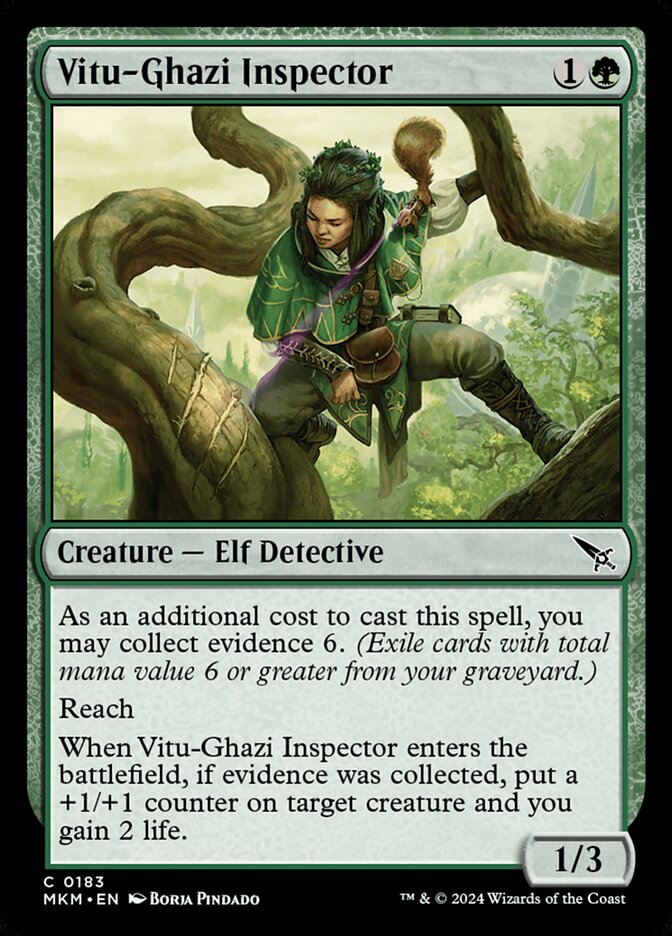
Sweepers are great if you have them, but if not you can stem the bleeding by saving your kill spells for engine cards like Teysa, Opulent Oligarch and Wispdrinker Vampire. Orzhov tends to have more fliers and removal spells than other archetypes. I’ve liked Vitu-Ghazi Inspector against them, as it seems to block just about everything they play.
UR Artifacts
Finally, a deck that isn’t white! Izzet is a strong archetype that can be built as either a tempo deck or a control deck. It’s usually going to focus on artifacts, especially those that can be sacrificed for various benefits.
Payoffs
The best reasons to be Izzet are Gleaming Geardrake and Detective's Satchel. These artifacts work great together and show off Izzet’s grindy, artifact focused gameplan.
Key Commons
One thing you may have noticed about Gleaming Geardrake and Detective's Satchel is that they are slow. Geardrake starts out as a 1/1 for 2, and Satchel does nothing the turn you play it. To compensate for this, will often need to create space for itself with Shock, Galvanize, and Unauthorized Exit. You’ll also want extra ways to make Clue tokens for your payoffs, so I’ve liked Deduce, Cold Case Cracker and Out Cold.
Playing Against It
Aggro decks will want to go under Izzet and take advantage of the time it requires to setup. Control decks need to answer Gleaming Geardrake and be capable of withstanding several 1/1 fliers. Vitu-Ghazi Inspector is a decent option for this. Gearbane Orangutan is also a premium sideboard card against Izzet.
UG Graveyard
Simic is a grindy strategy that often splashes for other colors. It makes great use of the set’s collect evidence mechanic to go over the top of the format’s many aggressive decks.
Payoffs
Simic has some of the best rares in the entire set: Vannifar, Evolved Enigma, Doppelgang and Kellan, Inquisitive Prodigy is quite the lineup. It also has an excellent signpost uncommon (Evidence Examiner), which plays best with other collect evidence cards.
Key Commons
Simic needs reliable ways to set up its graveyard and stabilize the board early. Projektor Inspector, Vitu-Ghazi Inspector, Tunnel Tipster and Bite Down on Crime are some of its better commons. Don’t forget that you can always use Topiary Panther to set up collect evidence too.
Playing Against It
There’s not much graveyard hate in the format; just Griffnaut Tracker, Cease / Desist, sometimes Gravestone Strider, and a handful of rares. With that in mind, you’ll need to either go under Simic or match it late game. If your opponent has Doppelgang, you might want to sideboard in Reasonable Doubt.
RG Disguise
Gruul is a midrange strategy built around the disguise mechanic. It has a couple of unique payoffs that reward it for playing face-down creatures.
Payoffs
Yarus, Roar of the Old Gods, Pyrotechnic Performer, and Tin Street Gossip are great payoffs for the face-down theme, though there are a few others. Pyrotechnic Performer in particular is one of the scariest rares in the entire set, as it’s capable of Lava Axe’ing your opponent over and over without much setup.
Key Commons
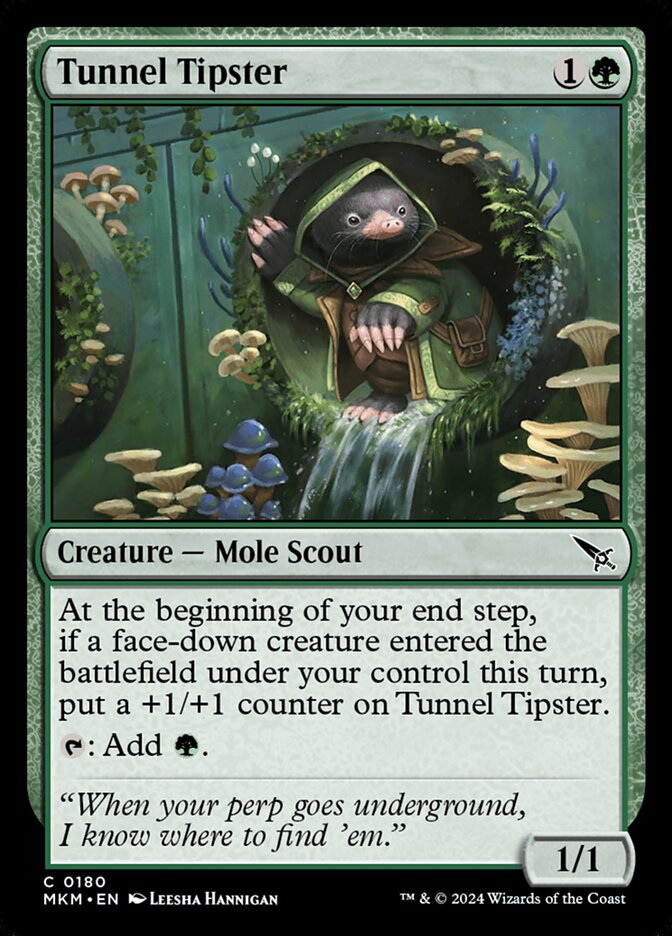
Outside of the usual cast of efficient removal and creatures, Gruul wants to focus on disguise creatures and Tunnel Tipster. I’d recommend focusing on a mix of the best disguise creatures listed above if possible. Not only will your opponent be left guessing, but you’ll also have an easier time using your mana efficiently.
Playing Against It
Gruul is a pretty standard midrange deck; aggro decks will want to go under it, and control decks over it. You’ll be playing against face-down creatures a lot though, so it helps to have them mostly memorized for this matchup. Don’t forget that you can always review them here, and protect yourself with certain ground rules:
- As with Khans of Tarkir, big morphs that would cleanly eat your Gray Ogre in combat are going to require 5+ mana to flip.
- While there are no exceptions to this rule, this is a much trickier set than Khans of Tarkir, with much more that can go wrong for you. Creatures like Offender at Large, Essence of Antiquity, and Vengeful Creeper will punish you for guessing wrong.
- Gruul will likely have a mix of cheap morphs like Dog Walker and fat morphs like Crowd-Control Warden. Pay attention to how your opponent attacks and blocks with their morphs!
BR Aggro
Rakdos is one of three archetypes that I’d prefer not to draft if possible. It’s a second-rate aggro deck, as it has generally lower creature quality than white decks, and struggles to leverage suspect against white’s wide boards.
Payoffs
Rakdos has two great grindy rares that x players will surely be looking to take and splash (Rakdos, Patron of Chaos and Blood Spatter Analysis). As for aggro payoffs, Rune-Brand Juggler, Deadly Complication and Clandestine Meddler are all pretty decent.
Key Commons
Person of Interest is very important, to the point where I’d consider taking it over staples like Shock, Galvanize and Murder. Ideally if is open, you’ll lean on commons for removal and uncommons for your creatures. Cards like Reckless Detective and Vengeful Tracker are a fair bit better than ’s common offerings.
Playing Against It
You don’t have to worry about On the Job, so re-tricking with Galvanize or Unauthorized Exit is a bit simpler. Don’t forget about menace from the suspect mechanic, as extra points of damage can add up quickly.
BG Graveyard
Golgari is basically two decks: the deck WotC advertised and the deck most people will end up drafting instead. The advertised deck is a value deck that wants to stack up a bunch of do-nothing enchantments (Insidious Roots and Chalk Outline), then slowly grind out value. The other deck is just good green creatures + Murder + bombs splashed from other colors.
Payoffs
Both flavors of Golgari love Izoni, Center of the Web, Urgent Necropsy (2-for-1s are easy thanks to Clues), and Kraul Whipcracker. For the graveyard-focused deck, some important cards are Insidious Roots, Chalk Outline, Soul Enervation and Leering Onlooker.
Key Commons
Non-graveyard Golgari is a simple good-stuff deck. You’ll want Murder, Loxodon Eavesdropper, Extract a Confession, and other generically good cards. Plan to trade 1-for-1 as much as you can, then win with fatties.
For the build-around strategy, you’ll want to draft several copies of Rubblebelt Maverick, Snarling Gorehound, and Faerie Snoop. These three cards help you fill up your graveyard and find your value enchantments. Supplement them with strong removal spells, Macabre Reconstruction, and Rot Farm Mortipede (which can help win back all the life you might have lost while setting this up).
Playing Against It
Standard Golgari is a straightforward deck that you’ll either want to go under (aggro) or over the top of (x piles, x control). Graveyard is slow, and its engines are vulnerable to disenchant effects (Pick Your Poison, Make Your Move, Vengeful Creeper). Cease / Desist is great here as both graveyard hate and a potential answer to multiple engines at once. Be careful not to trigger your opponents payoff cards with your graveyard hate.
UB Control
Our final archetype is a reactive deck that wants to trade 1-for-1 as much as it can. It struggles to do this consistently against white aggro though, which can often get the better of it by going wide.
Payoffs
Dimir’s multicolor cards are pretty great. Coerced to Kill, Lazav, Wearer of Faces, and Etrata, Deadly Fugitive are all excellent. Curious Cadaver is a sluggish wincon that you’ll often trade off and recur for value. Projektor Inspector also has nice synergy with it.
Key Commons
Good removal is vital, so be sure to pick up Extract a Confession, Murder and Slice from the Shadows. For creatures, Faerie Snoop is better here than usual, as you’ll be able to cast it as a 1/4 when needed. Dimir’s main problem is its poor 2-drops; I like Unscrupulous Agent, but the other options at common leave much to be desired. It’s still better to have Jaded Analyst and Sanitation Automaton than nothing though.
Playing Against It
Dimir is a classic grindy Limited deck. Aggro decks will be trying to force it to use its removal inefficiently. Bigger decks are hoping to exhaust its resources until finally sticking one threat that it can’t remove. If your opponent has Coerced to Kill, Make Your Move and Vengeful Creeper are important sideboard cards.
Situational Cards, Synergies and Build-Arounds
I wanted to include this section to touch on a variety of unique synergies and build-arounds in Murders at Karlov Manor. A build-around is of course pretty much what it sounds like, a class of card that rewards you for structuring your gameplan around it. This set has a few more build-arounds than past sets, so I’ll cover each here. Note that not all of these are true build-arounds; this is just a space for me to cover niche rares/uncommons that might not be intuitive to every player. Think of it like the set review you always wanted but were too afraid to ask for!
Mythics
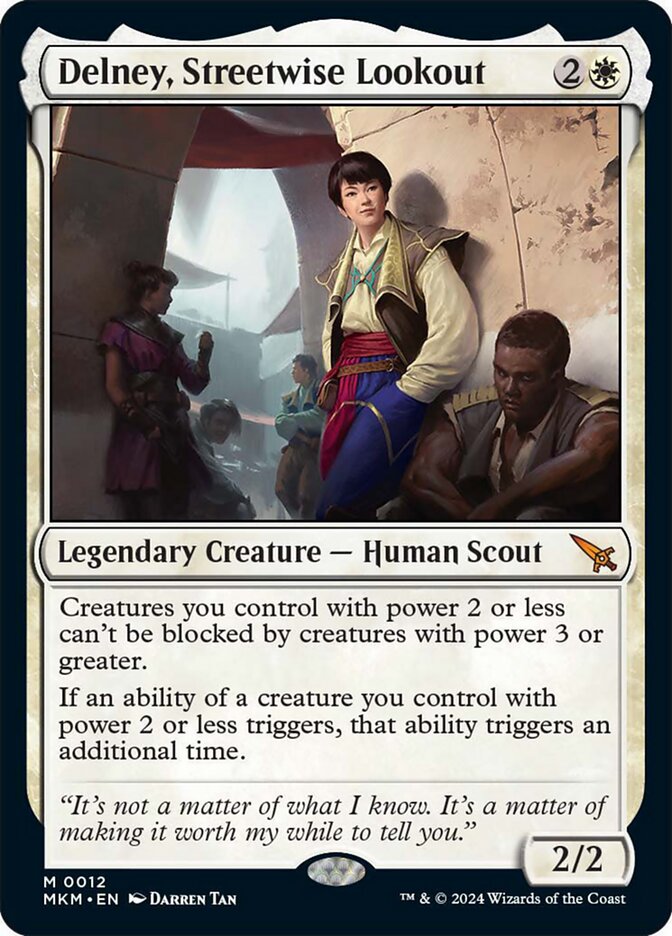
Delney, Streetwise Lookout overlaps with Orzhov’s theme nicely, and wants you to focus on certain 2/x creatures with powerful triggers. Pair them with creatures like Inside Source, Neighborhood Guardian, Novice Inspector, Snarling Gorehound, Unscrupulous Agent, Slimy Dualleech, and Wispdrinker Vampire.
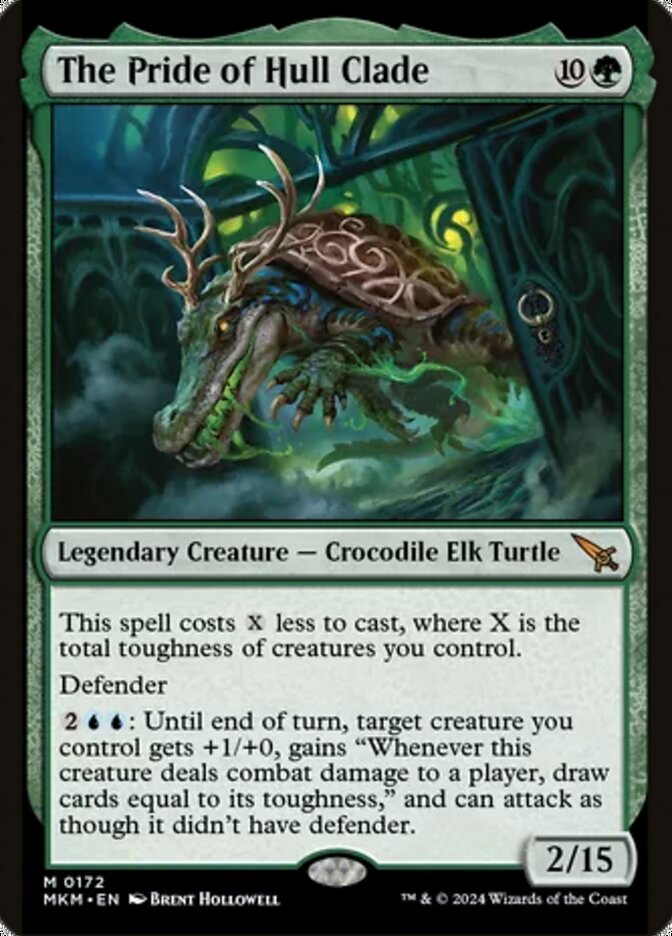
The only reason to do a “defenders” deck is the combination of The Pride of Hull Clade and High Alert. I’m not going to lie, when an Essence of Antiquity attacks an opponent for 10, I get strung. This isn’t a theme that’s particularly ideal for winning games, but I’d be remiss not to at least mention it.
Rares

My current evaluation of Assemble the Players is that it’s mostly a trap. If you have 15+ creatures with power 2 or less (note: disguise creatures work with this), this might be worth a try. is your best bet for giving this card a good home.
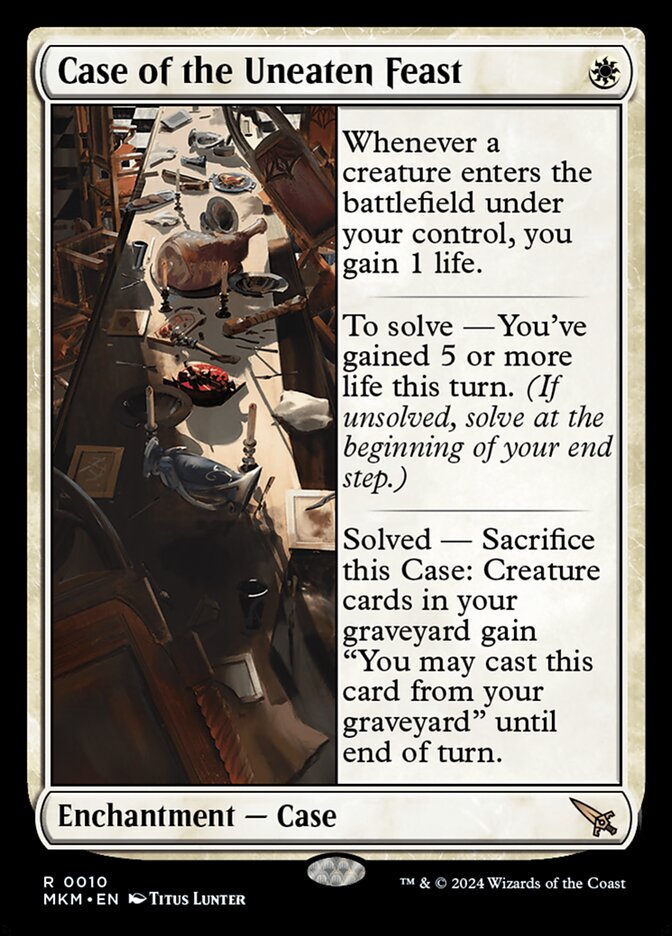
Case of the Uneaten Feast is another generally weak rare that might work in certain decks. Sanguine Savior is the combo piece you’re looking for, as playing five creatures in one turn is basically impossible. This still requires a lot of set-up either way though.
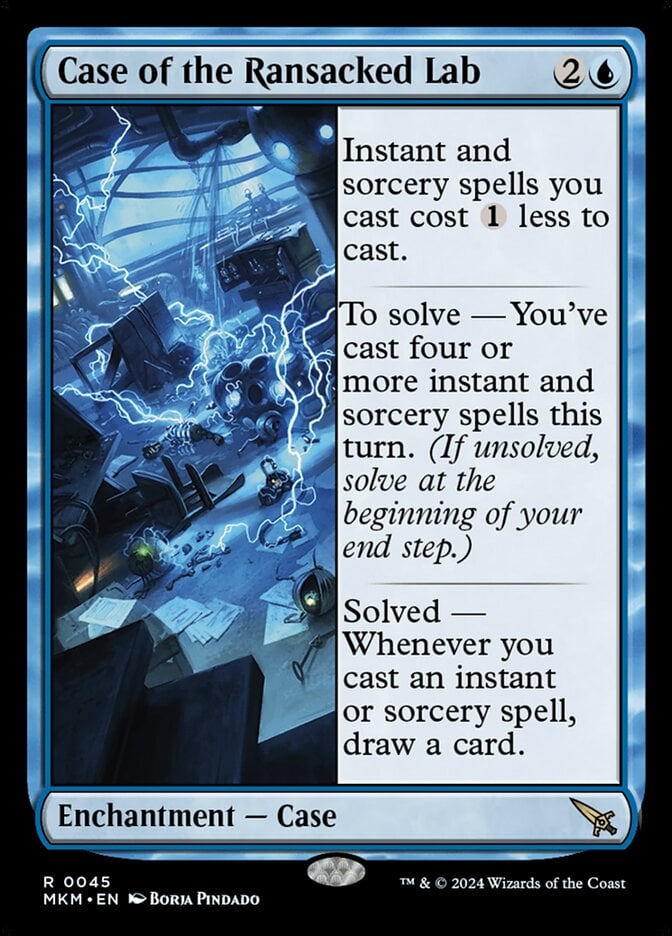
Case of the Ransacked Lab is definitely a build-around, but unfortunately not one that this set can support to any capacity. Avoid it in all cases!
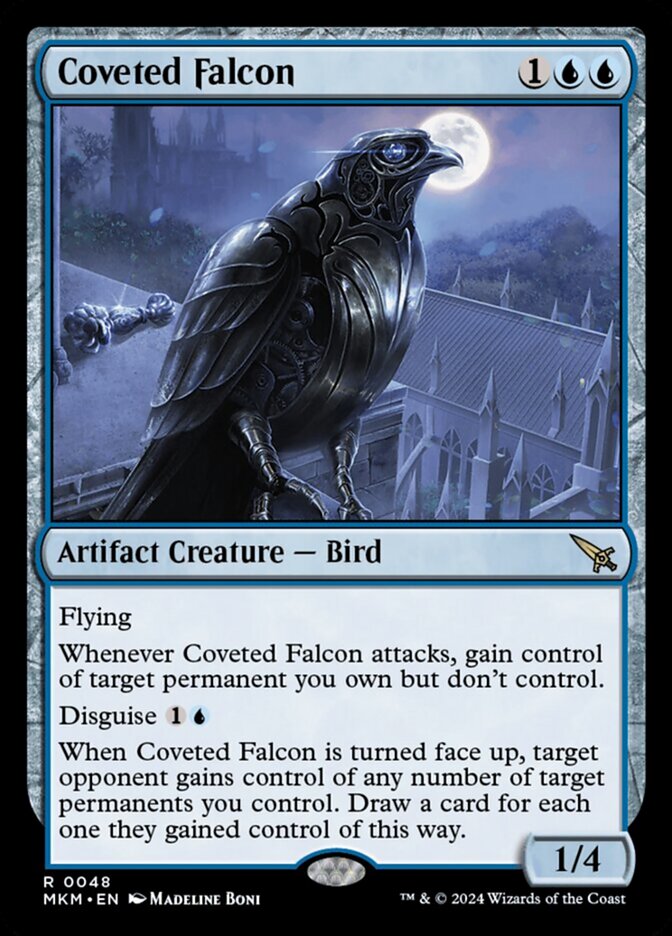
Coveted Falcon is a fine playable in any deck, but it’s worth noting how good it is with enchantment-based removal. Giving your opponent control of your copies of Makeshift Binding and Dramatic Accusation is an easy way to pick up riskless extra value from this.

Given that this only triggers from cast and not artifacts entering, Forensic Gadgeteer can be a difficult card to maximize. is your best bet, as both of ’s signpost uncommons are artifacts.
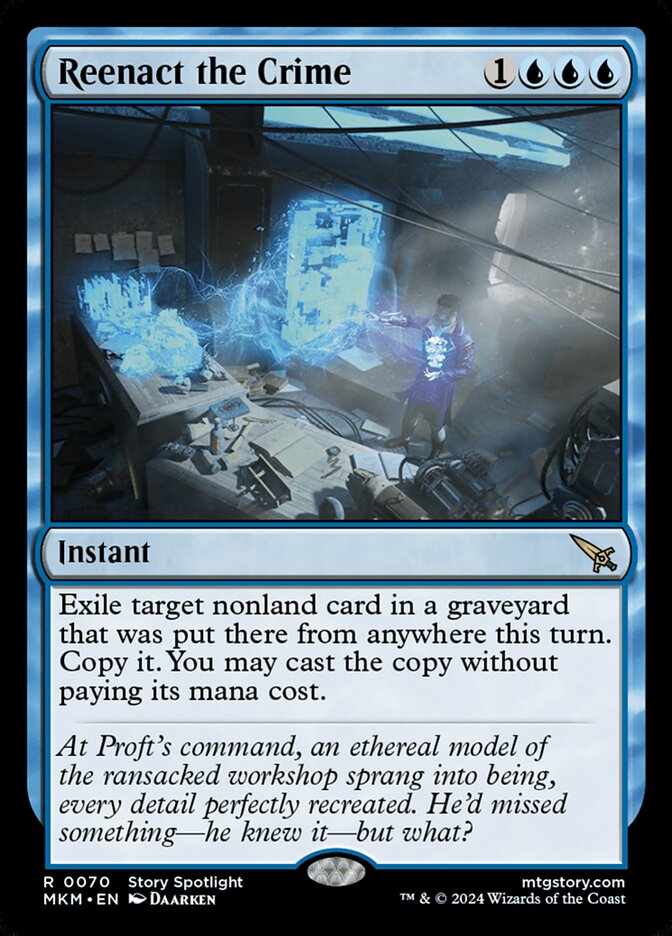
You could try to combo Reenact the Crime with loot effects (Projektor Inspector and Furtive Courier) plus expensive spells, if you wanted. You’re probably better off not playing it though!
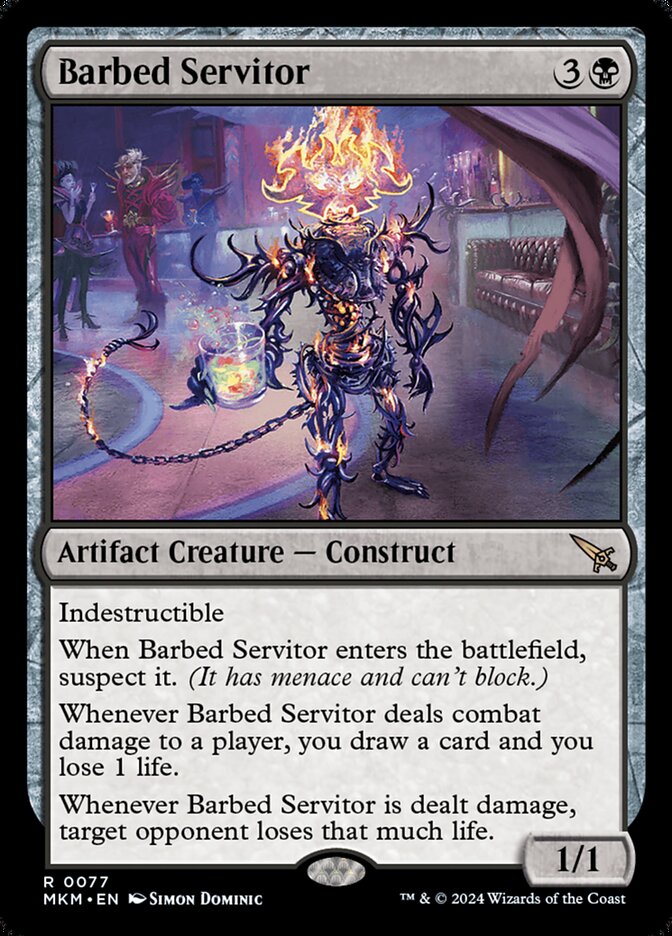
Not being able to block with Barbed Servitor is a huge drawback, and one that has kept this card from being all that great. You can rectify this with Absolving Lammasu and Deadly Complication, though it’s still vulnerable to Makeshift Binding.

Case of the Stashed Skeleton is essentially a 2/1 menace for 2 that can’t block and draws a Demonic Tutor when it leaves the battlefield. It’s strong on its own, but gets even better with Deadly Complication and Undercity Eliminator.
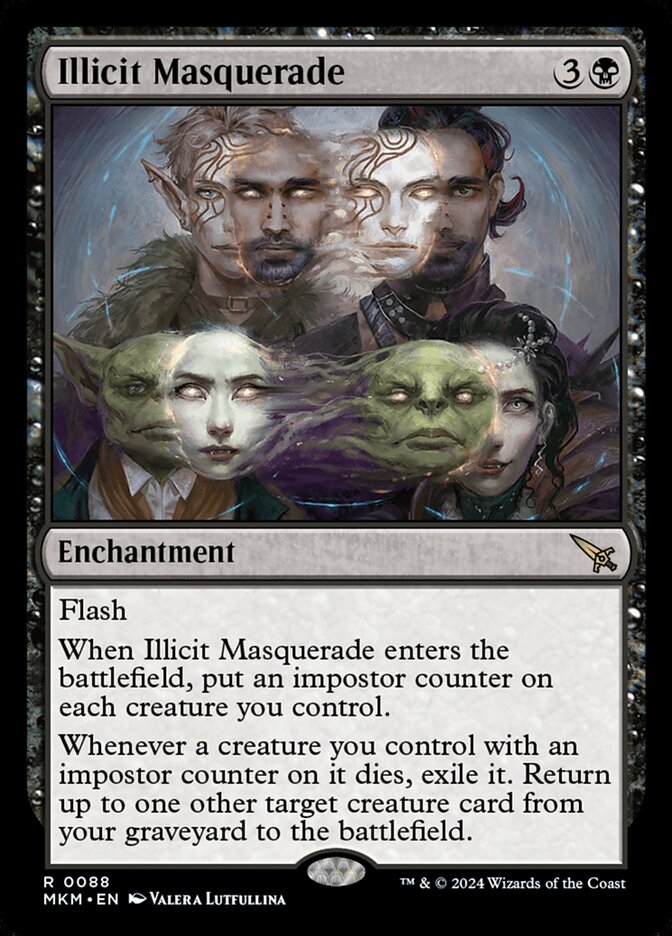
Illicit Masquerade is almost 100% going to be a trap. Consider that to pull this off, you’ll need a big board state, a lot of creatures in the yard, and an opponent who is about to trade a bunch of stuff with you. The lack of good sacrifice outlets in this set (Agency Coroner doesn’t count) keeps this from viability.
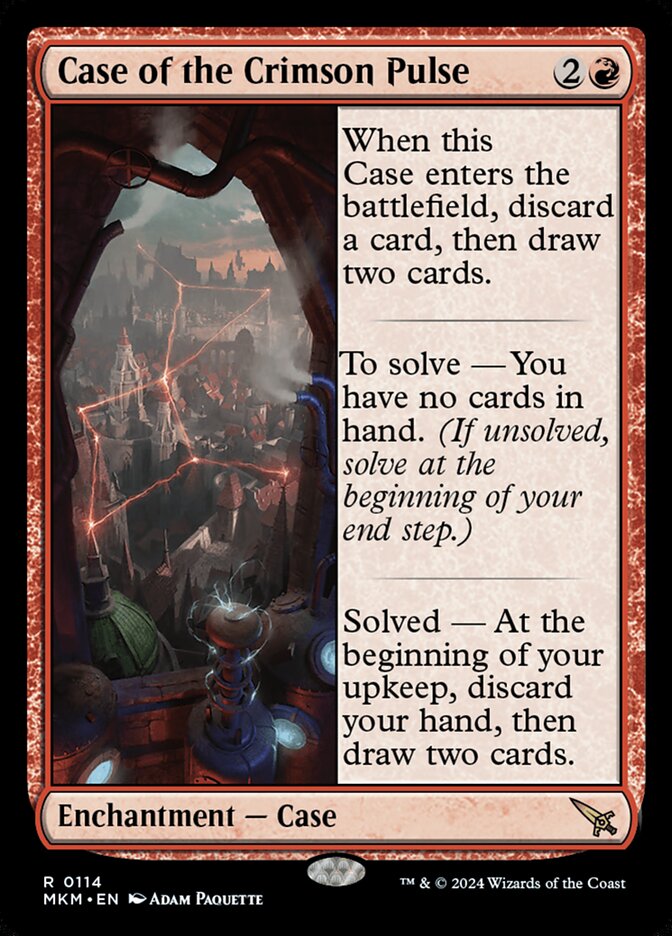
Perhaps the only piece of card advantage I’d want in aggressive red decks. Dump your hand, play Case of the Crimson Pulse, dump your hand again, then enjoy dumping your hand with a full draw three every single turn! The build-around aspect here lies in avoiding clunky cards, which will only slow this down.
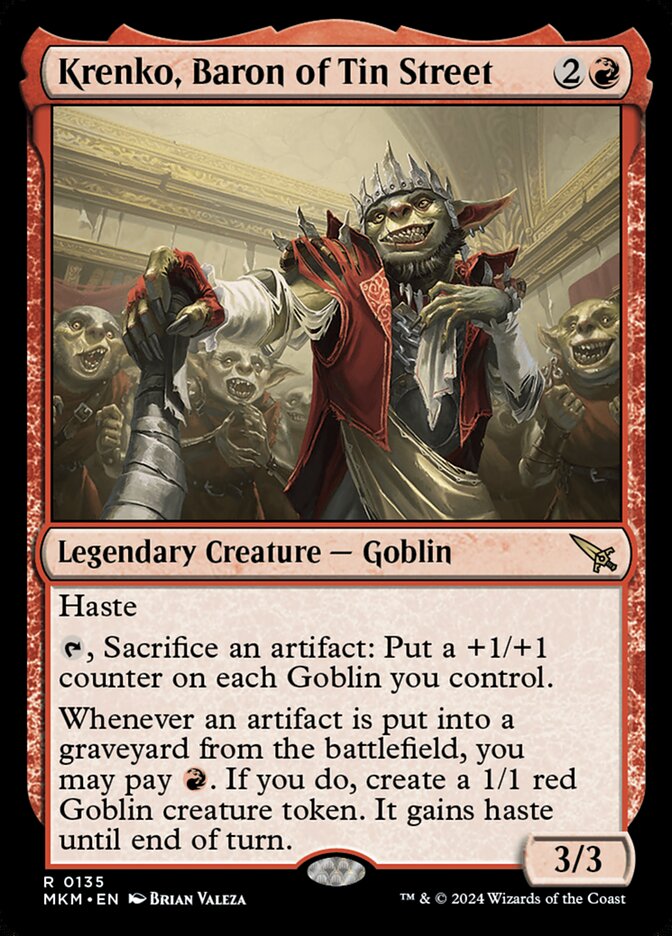
Krenko, Baron of Tin Street plays great in typical decks, but gets even filthier if you can slot other goblins into your deck. Fugitive Codebreaker, Gadget Technician, and Crime Novelist are good cards that just happen to be goblins. Note that Krenko triggers when your opponent's artifacts (i.e.: Clue tokens) go to the graveyard, too.
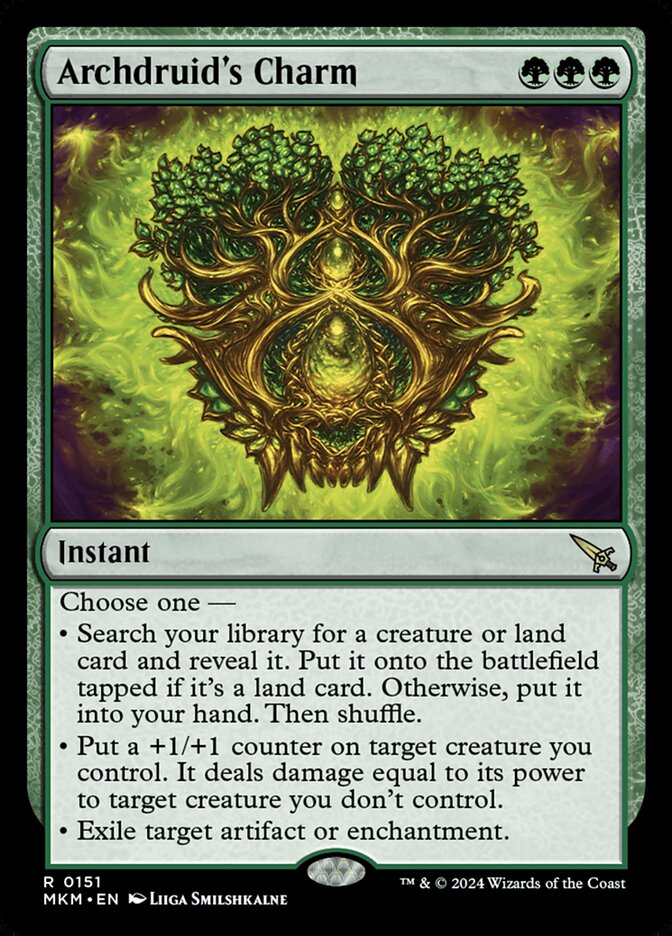
The build-around on Archdruid's Charm is the mana cost; is no easy task! You’ll want at least 10 green sources, preferably with lots of cards like Nervous Gardener, They Went This Way and Topiary Panther. The reward is good (especially if you have a broken rare to tutor like Tolsimir, Midnight's Light or Izoni, Center of the Web), but not good enough that I’d play this without a proper mana base for it.
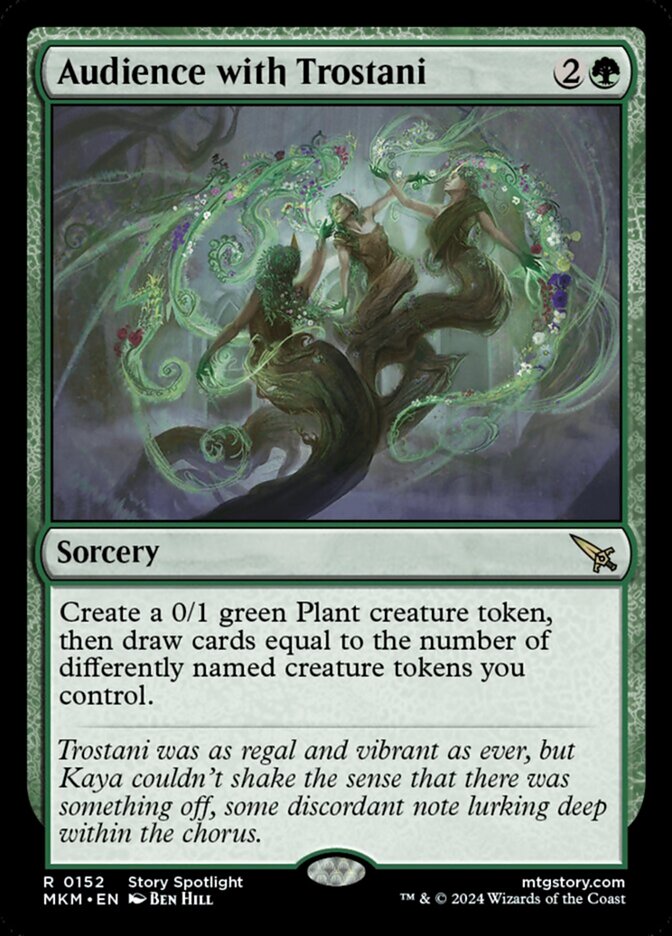
Audience with Trostani places some unique demands on you, especially for a green card. You’ll need to find non-plant creature tokens from other cards for this to be any good. Some cards that have great synergy with this are Slime Against Humanity, Leering Onlooker and A Killer Among Us. The rate here is terrible at one card, acceptable at two, and great at three. It also overlaps with Insidious Roots and Chalk Outline to some extent. Don’t play it if you can’t consistently draw at least two cards (aim for four or more creature token-makers that aren’t making plants).

Case of the Locked Hothouse is a card that is as powerful as it is glacial. You’ll need to hit seven lands and then untap, but what you’re getting in the end is a better Future Sight. Consider that the “play an additional land” clause dramatically improves how this sort of effect plays! I wouldn’t play this in anything remotely aggressive, but love it in durdly decks leveraging the usual trio of land fixers (Nervous Gardener, They Went This Way, and Topiary Panther).
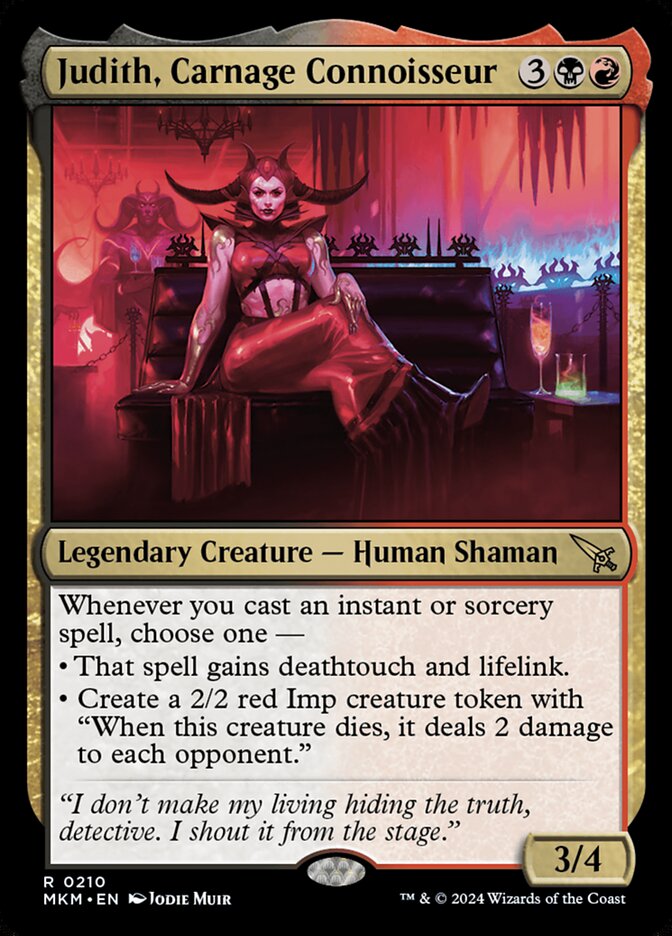
Judith is a trap that I’ve personally fallen for once already. While the Imps may look tempting, the truth is that Young Pyromancers get much worse when they cost 5. Judith, Carnage Connoisseur is mostly unrewarding, fragile and out of sync with other cards.
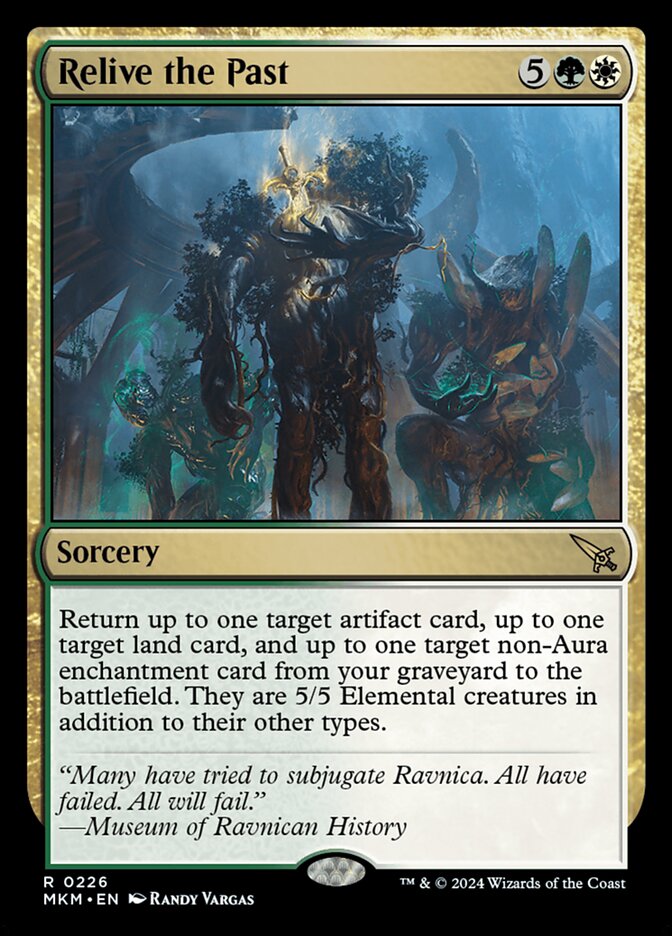
Relive the Past is quite the challenge to pull off! Your best bets for each card type are as follows: For lands, you’ll want Escape Tunnel and Scene of the Crime (both of which can bin themselves). For artifacts, the Clue equipments (Wrench, Candlestick, Lead Pipe, Knife, and Rope) are ideal. Fragile creatures like Sanitation Automaton and Granite Witness are good backups.
You’re going to struggle for enchantments. Your only options for disposable enchantments are A Killer Among Us and a handful of cases. I’d recommend instead just playing generally good enchantments (like Makeshift Binding) and trying to include loot effects like Demand Answers and Projektor Inspector for setup. I’m not sure if anything I described will translate into reliable wins, but getting three 5/5s in the most convoluted way possible is its own reward.
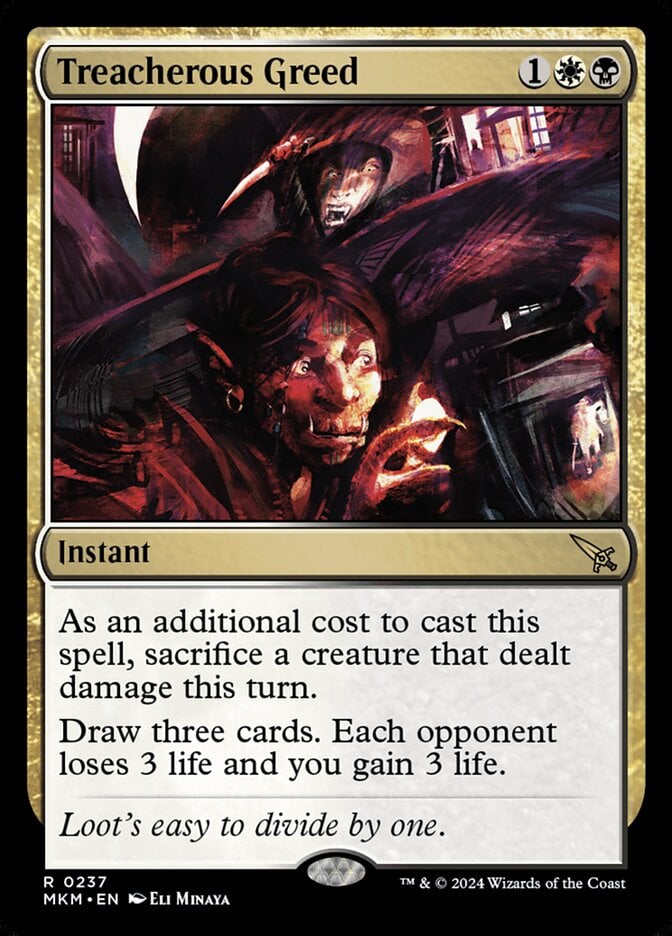
Treacherous Greed is a value card with great pomp and circumstance. Think of it kind of like a “dog show Divination”; your Snarling Gorehound is a good boy, right? Suffice to say that whether or not this makes my deck is determined by how many cheap, evasive creatures I have. This is too hard to pull off without those, but given ’s archetype focus, you just might be able to make this work.
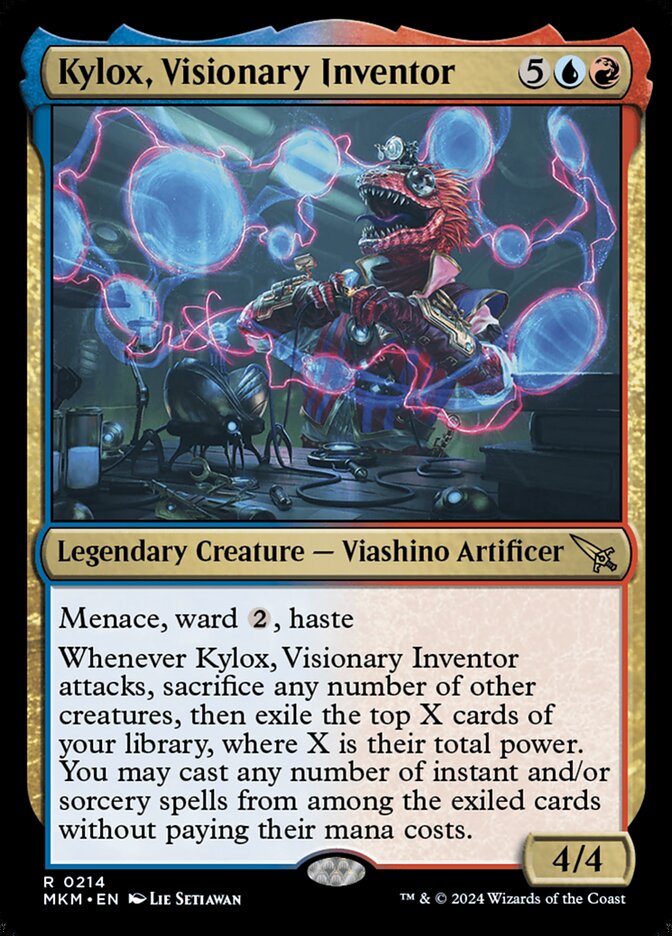
Another trap, though I expect this should be obvious to most people who have played the set by now. There isn’t much of an instant/sorcery theme in Murders at Karlov Manor, and even if there was, the ask from Kylox, Visionary Inventor would likely be too great.
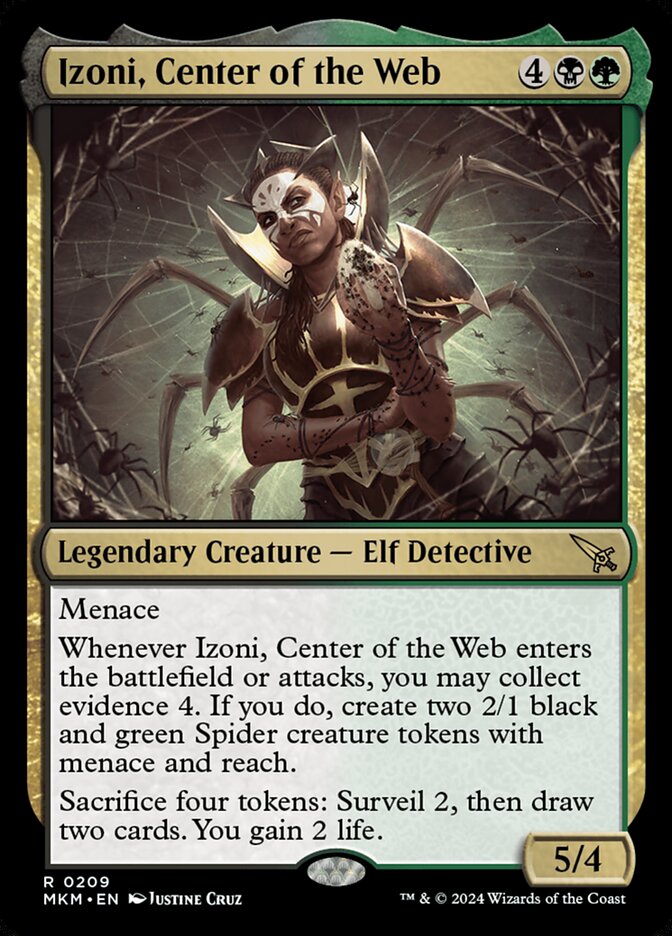
A consummate build-around for only the most seasoned Magic players. Izoni, Center of the Web is only going to be strong in decks that have lands and spells in them. This joke entry is simply a reminder to please draft, splash and play this absolutely busted rare everywhere you can!

Doppelgang goes in similar decks as Case of the Locked Hothouse, but instead of Future Sight, you get Coalition Victory when X=2+. One of the strongest reasons to be x durdle in the format!
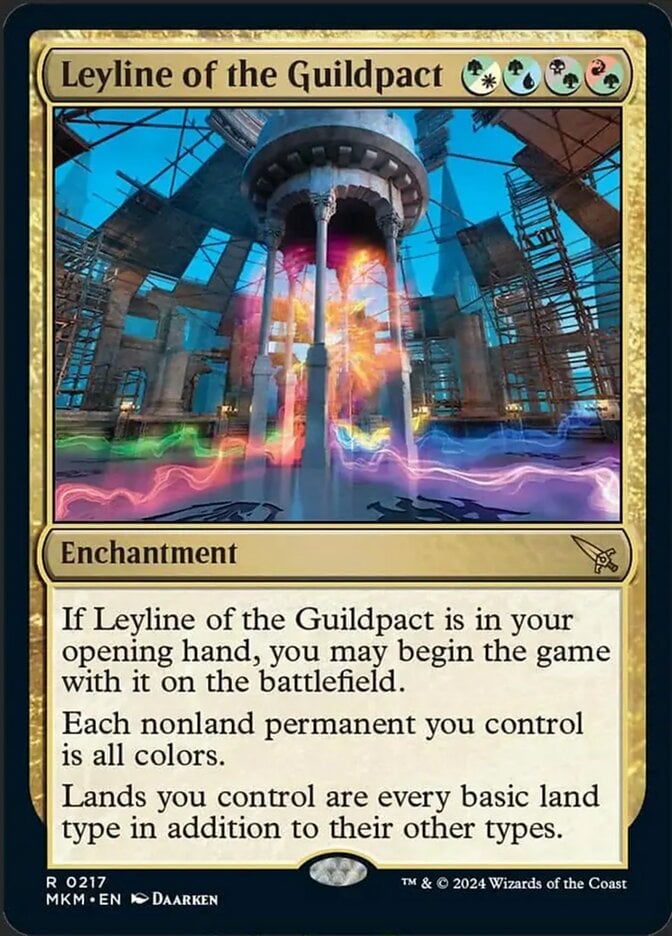
Cute with Case of the Shattered Pact and Niv-Mizzet, Guildpact, but purely a mulligan otherwise. Even with both of those cards, I’d still probably avoid playing Leyline of the Guildpact.
Uncommons
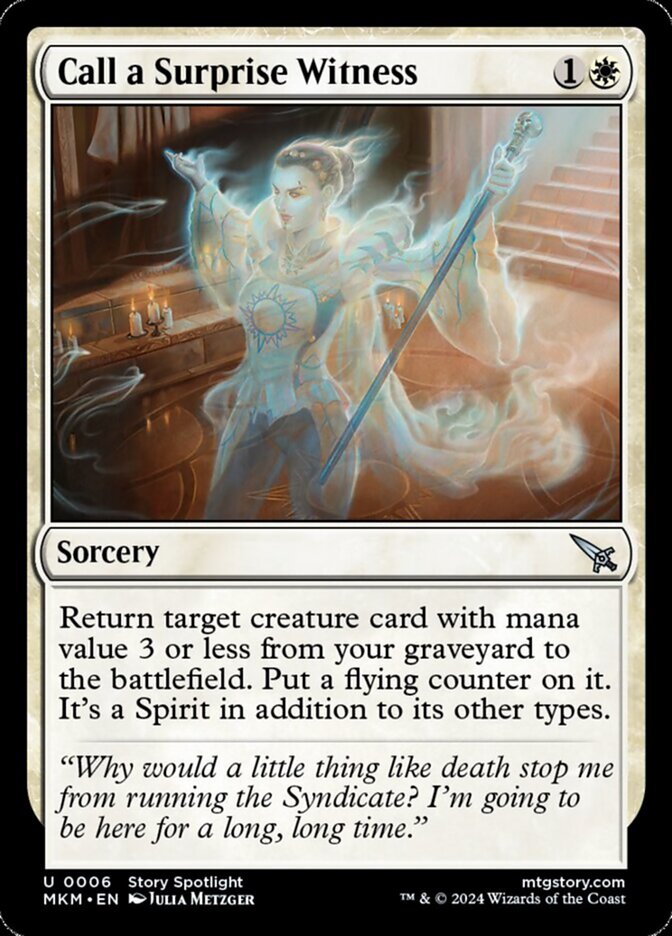
The rate here is potentially strong, but this suffers a bit from the format’s focus on disguise creatures. Many 3-drops in this set simply aren’t targets for this. If that doesn’t apply to your deck, Call a Surprise Witness has my complete endorsement. Best results will likely be in with many copies of Projektor Inspector.

Case File Auditor is a value creature for control decks that’s out of place in most white aggressive decks. Enchantment density is essential for making this hit consistently; with six enchantments, you’re about 66% to draw one. This isn’t limited to cases, so pair it with Makeshift Binding too. Lastly, don’t forget that the ETB triggers again whenever you solve a case.
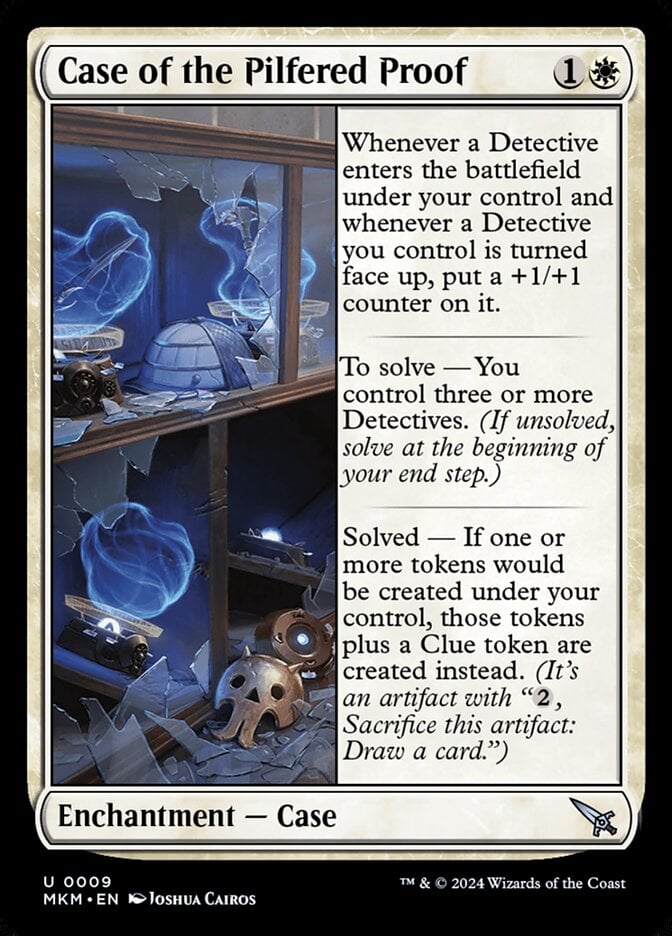
Detectives is a great archetype, but Case of the Pilfered Proof has not performed well in most decks. For this to be good, you’ll need several copies of Inside Source, plus many cards with investigate. Having Projektor Inspector also helps, since you can loot this card away if it ends up being drawn too late.

Forum Familiar isn't a great card in general, but if you’re going to play it, you’ll almost certainly want to pair it with Novice Inspector and Unscrupulous Agent.
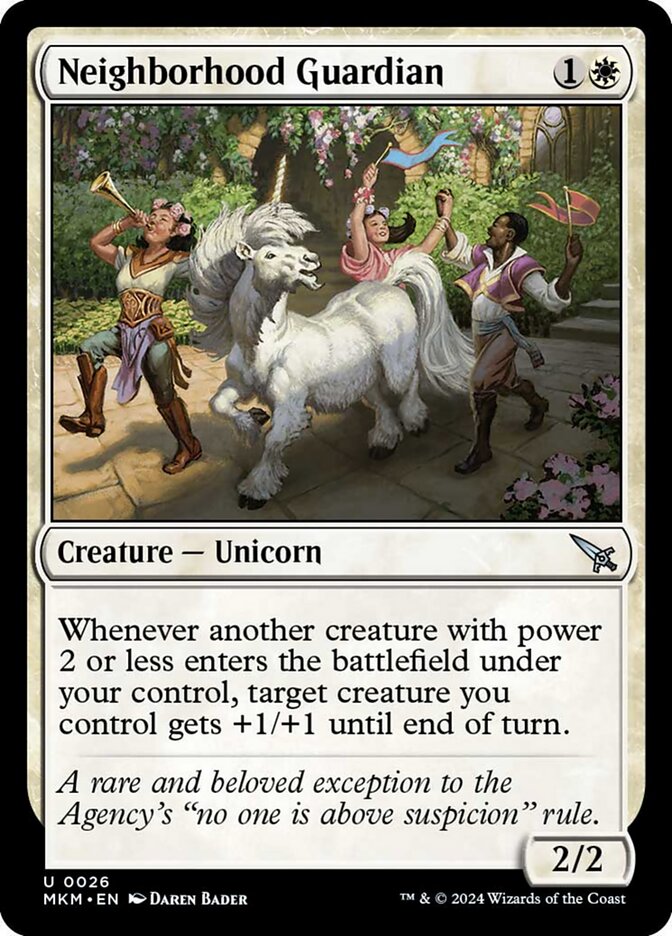
Don’t be fooled by the friendly art; Neighborhood Guardian is a monster! It's one of the scariest 2-drops in the format, and also scales well into the late game. Yet another reason to draft base white aggro.
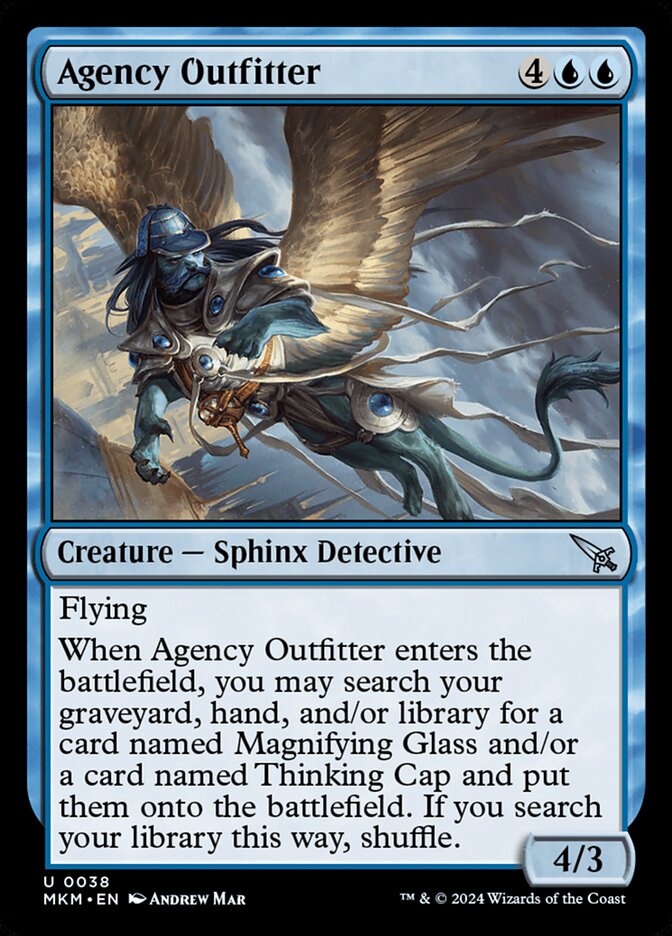
Large flier that grabs two mediocre artifacts (Magnifying Glass and Thinking Cap) and then puts them onto the battlefield. The 3-for-1 is potentially worthwhile, though I’d limit Agency Outfitter to decks that don’t hate drawing the two artifacts on their own. This mostly goes in Detectives and Artifacts.
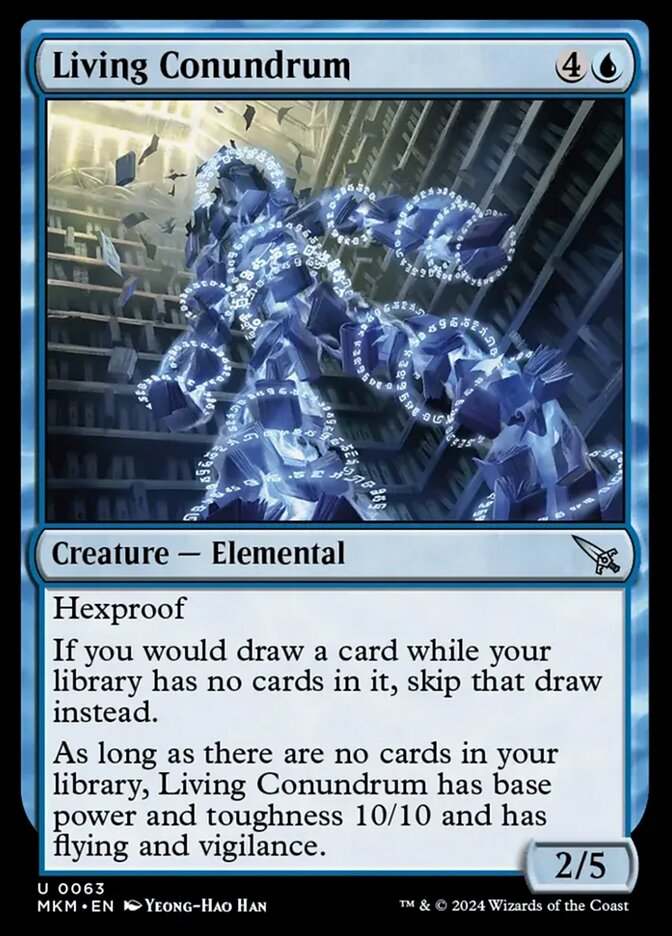
Strange card that could be a reliable win condition for a hyper controlling deck. I’ve yet to see Living Conundrum do anything in action, as it unfortunately is kind of overcosted when your library isn’t empty. Don’t throw it in random decks expecting it to be good.
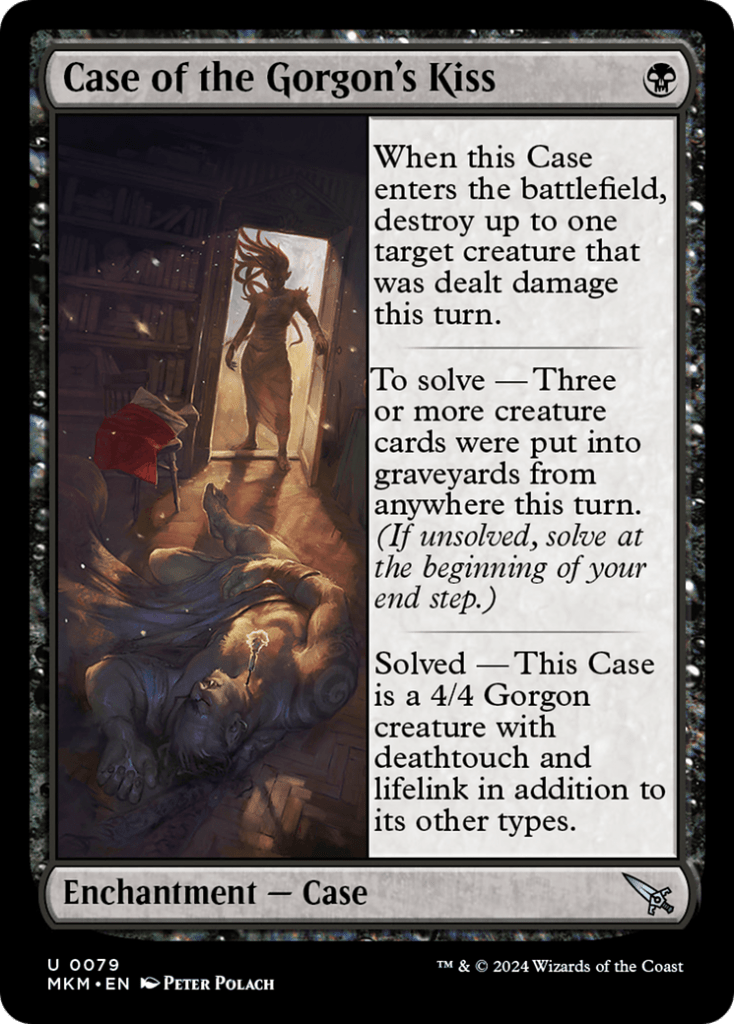
Looked powerful, but unfortunately this is not the format for this kind of effect. There are a number of reasons for this. One, blocking is hard in this format, so your opponents may not always be willing to do it. Two, this is yet another effect that plays poorly against ward. Three, the fatties your opponent has are likely flipped disguise creatures, and there’s a fair shot they’ve already been turned sideways at you. I see Case of the Gorgon's Kiss as a sideboard card rather than something I’m confident starting.
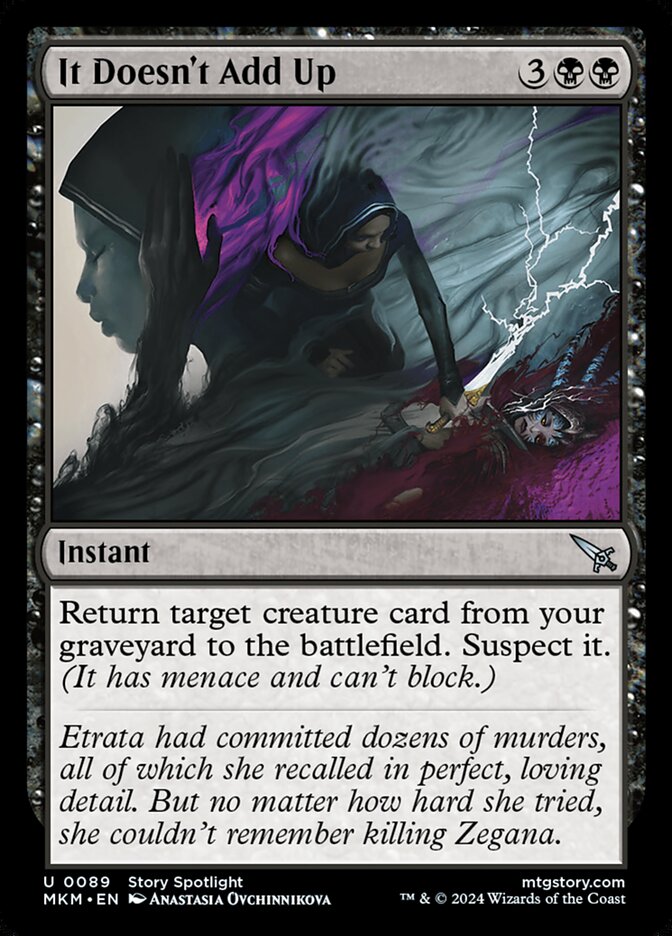
It Doesn't Add Up hasn’t added up to a particularly good Rise from the Grave variant. Not being able to block is just a horrible bummer for the decks that traditionally want this kind of effect.

The rate on Persuasive Interrogators is good enough that you don’t have to care about the poison to play this, but Clue-poison is unique enough that I wanted to mention it. I hope I get to see someone die to this eventually, and have an even greater hope that it won’t be me!

Way too slow to maindeck, as somehow this is a 5-mana Bitter Revelation in a set that’s a fair bit faster than Khans of Tarkir. Where Polygraph Orb has some appeal is as a sideboard card in control mirrors. Neat trivia: This clause harkens back to Hour of Devastation’s Torment cards (Torment of Hailfire, Torment of Scarabs and Torment of Venom).

A unique aura with built-in recursion, best in aggressive decks and on your own creatures. Being able to tag your opponent’s blockers with Convenient Target can also help. Agrus Kos, Spirit of Justice is also worth a mention as this turns them into a straight up repeatable Nekrataal.
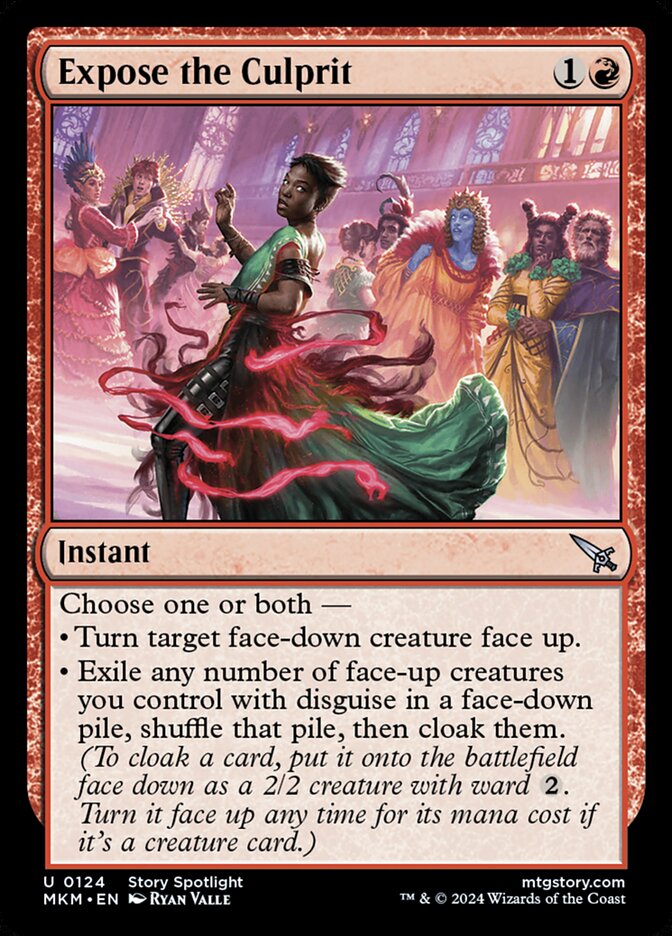
Tempted to just type “why?” and leave it at that. You aren’t getting a card back with Expose the Culprit, and half the time you aren’t getting much of anything at all. Mulliganing to flip a Riftburst Hellion ahead of schedule will not win games (and that’s what this does when it’s “good”). Please do not play it!
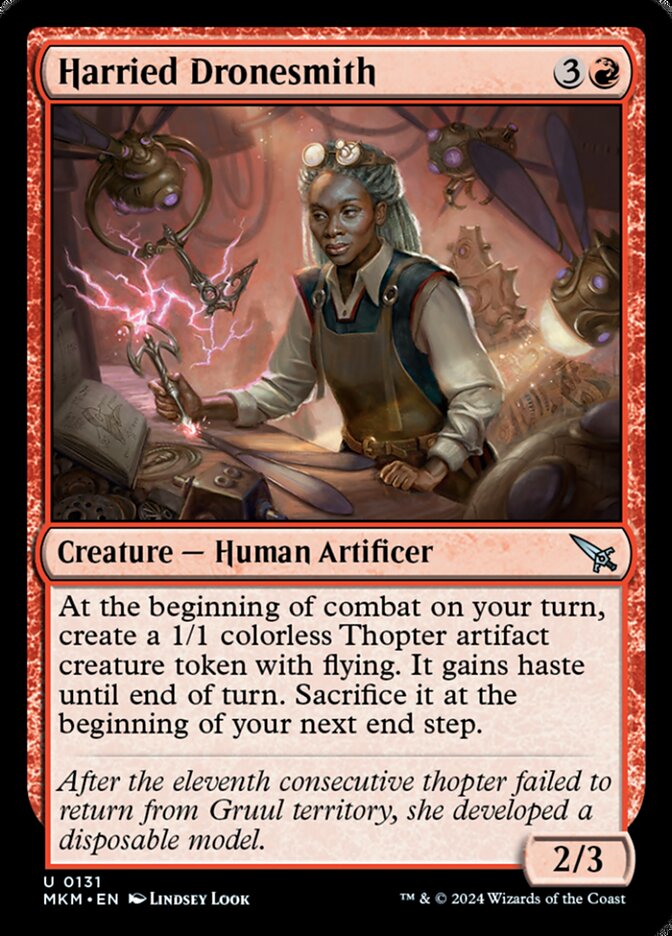
Harried Dronesmith goes off with cards that sacrifice your own artifacts for profit like Benthic Criminologists, Undercity Eliminator, Cornered Crook, and any of the usual suspects.
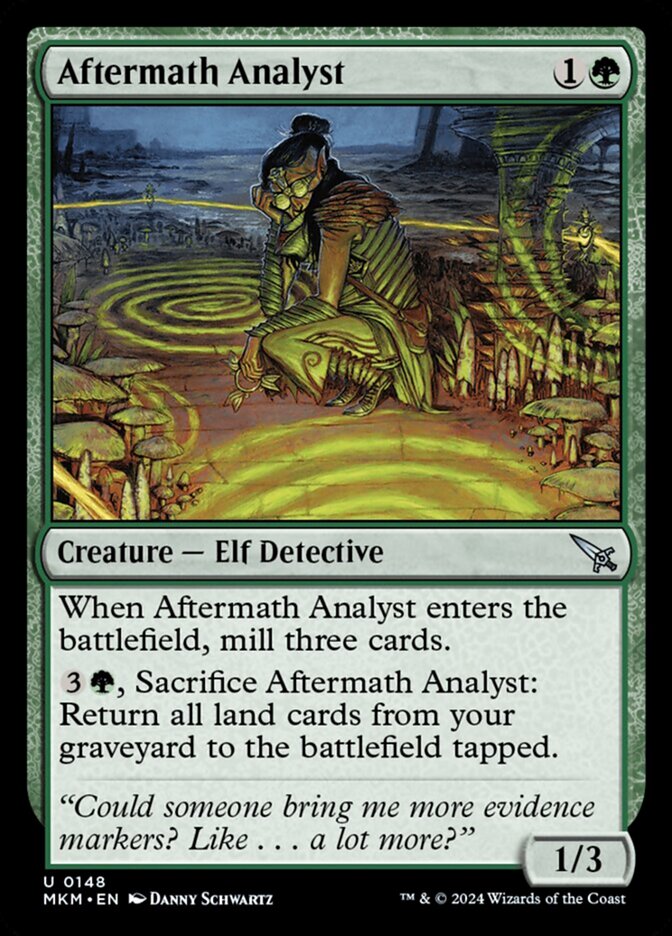
Best when paired with other self-mill like Rubblebelt Maverick and Snarling Gorehound. Aftermath Analyst is going to be a filler blocker most of the time, but it dreams of being something greater.
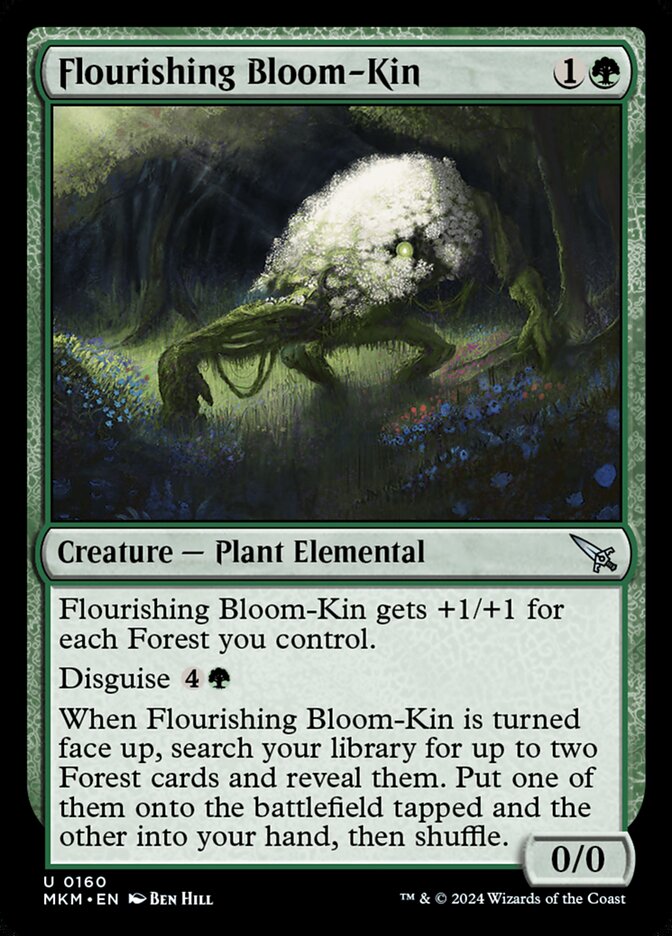
As with Archdruid's Charm, Flourishing Bloom-Kin wants you to be as close to mono-green as you can. To really take advantage of this, you need to have enough forests that you aren’t forced to flip it every game (as sometimes that’ll be too slow). This should be a strong playable with at least 10 forests, but it’s not worth gimping your mana base otherwise. Note that the 2-color surveil lands have land types, and the green ones work with Bloom-Kin.

The base rate here is Environmental Sciences without the 2 life. That’s not atrocious, but not quite playable on its own. Where Case of the Shattered Pact has a shot is of course in 5c strategies, particularly if you’re lucky enough to have Niv-Mizzet, Guildpact. Also be aware that A Killer Among Us makes four of the five colors you need to solve this case.

- Finally, our last uncommon to cover is a trusty construct with a great mechanical nose. Magnetic Snuffler plays best with uncommon equipment like Knife, Candlestick, and Krovod Haunch. If you were playing those anyways, this is a pretty decent 5-drop.
Draft Strategy
- As you almost certainly noticed above, white is the best color in this format. It leans on a pair of common creatures (Novice Inspector and Inside Source), Makeshift Binding, and several great support spells. This makes white a highly flexible base color that I’m always happy to be in.
- However, white is not always going to be open at your seat. I don’t recommend forcing white if you aren’t getting those commons and/or powerful uncommons. If you can’t solidify in base white, I’d recommend following the best multicolor cards you see instead.
- If you end up on the “power and figure it out later” plan, your odds of being a x pile go up substantially. The fixing trio I’ve mentioned becomes important when you’re in this seat. I prioritize them as follows: Nervous Gardener > Topiary Panther > They Went This Way.
- Another approach to the set is to focus on unloved colors. If you table strong commons like Extract a Confession and Unscrupulous Agent, this could be a good sign that you’re supposed to draft some kind of grindy x deck.
- Given how many great rares are in this set, Escape Tunnel has been a decently high pick for me. I wouldn’t take it over the top four or anything, but this set is so solid on playables that missing 23 is difficult.
Solve the Murders!
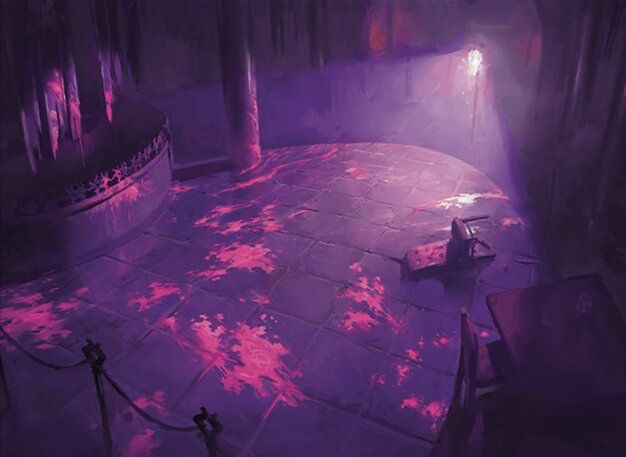
Blood Spatter Analysis | Illustration by Jokubas Uogintas
And with that, the guide is over! We hope you’ve enjoyed this tour of Karlov Manor, and trust that you’ll be back when we cover the wild, magical west soon with Outlaws of Thunder Junction.
If you have any experiences with the set you’d like to share, or think we missed anything crucial, let us know in the Draftsim Discord or on Twitter/X.
Until next time, may your opponent's face-down creature never be Aurelia's Vindicator!
Follow Draftsim for awesome articles and set updates: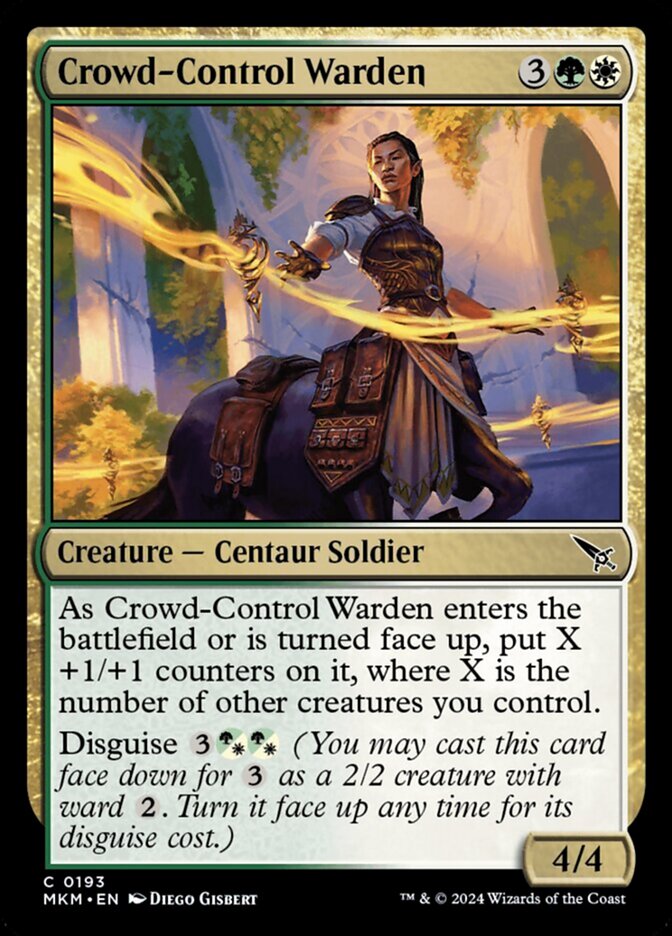
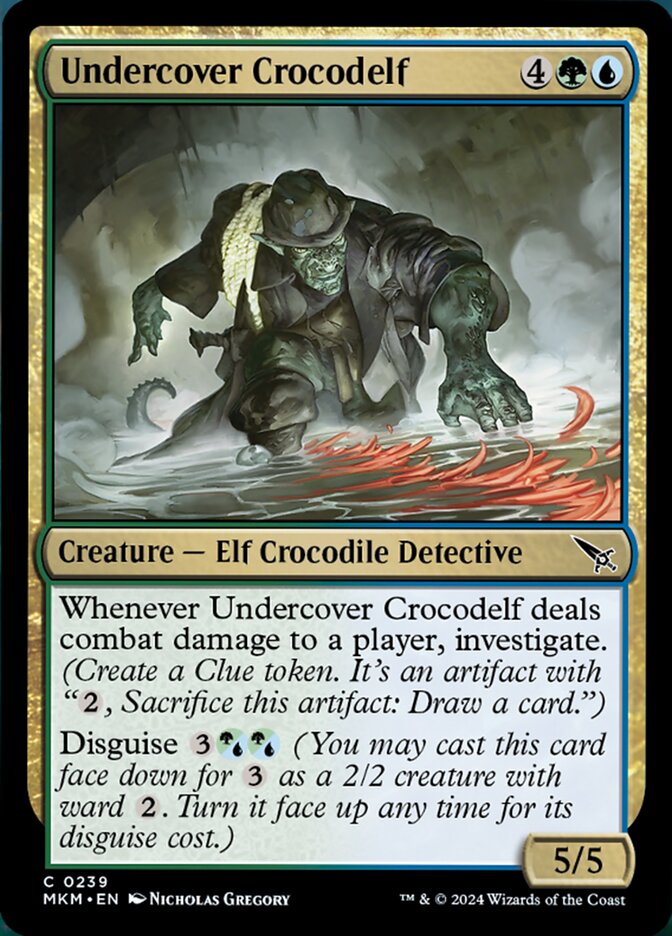
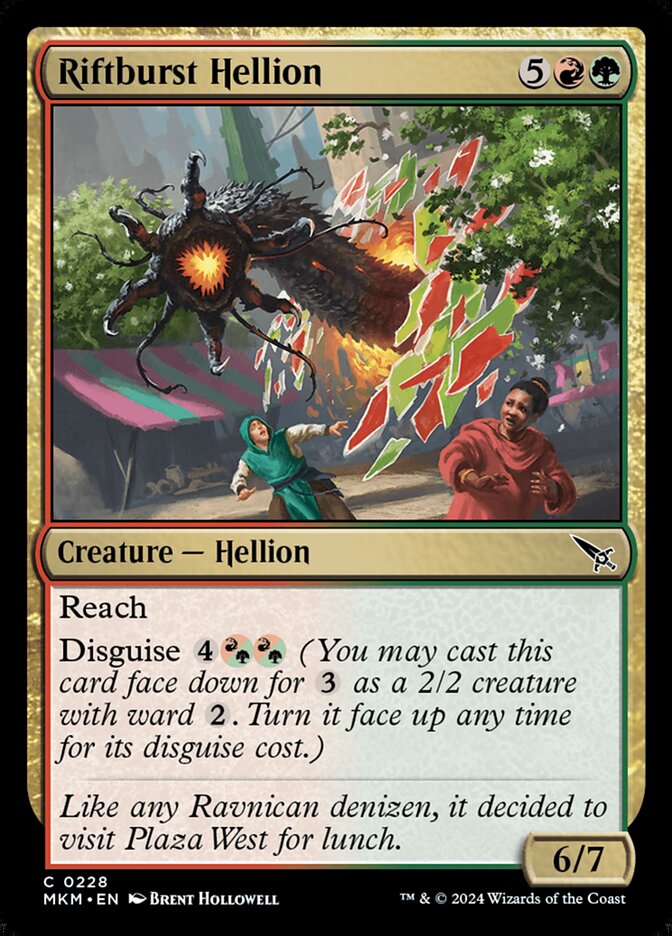
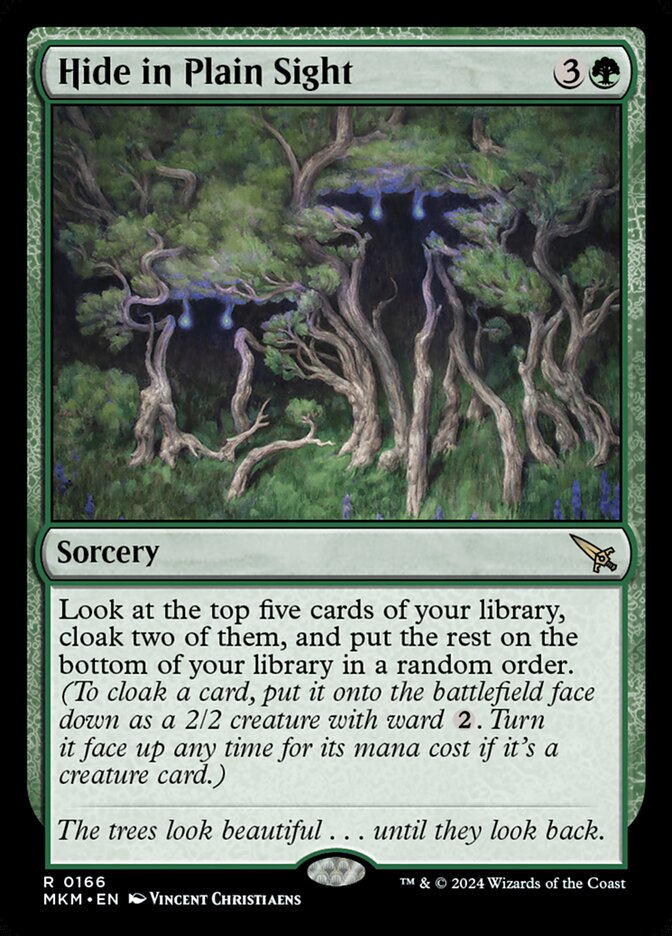
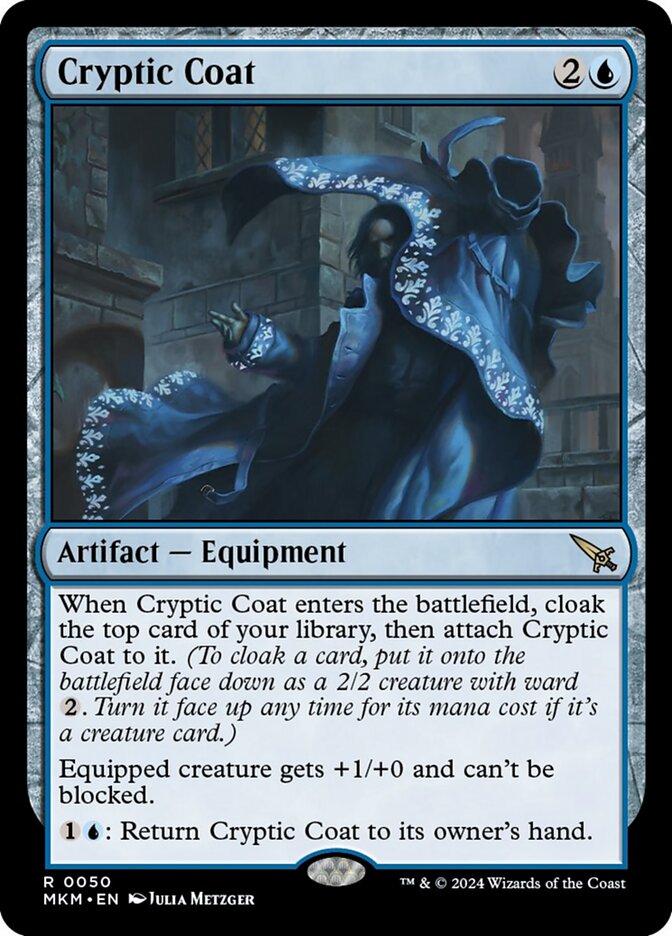
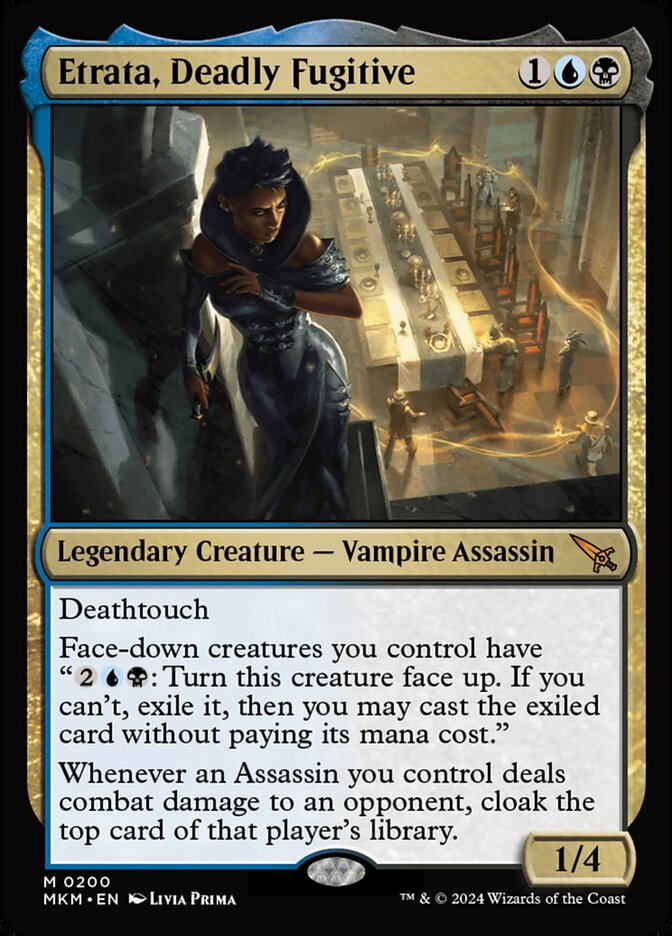

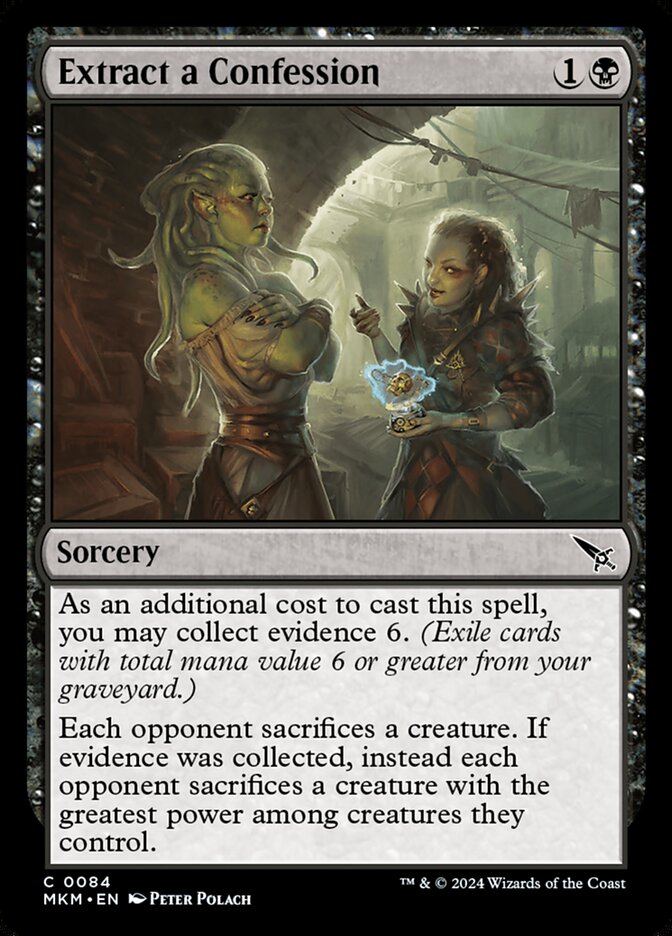
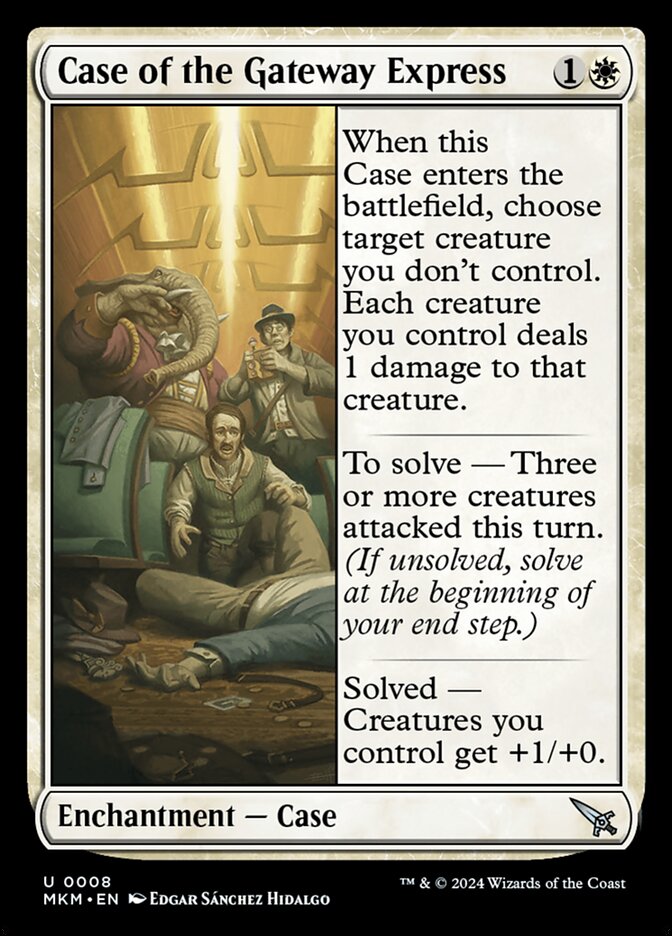


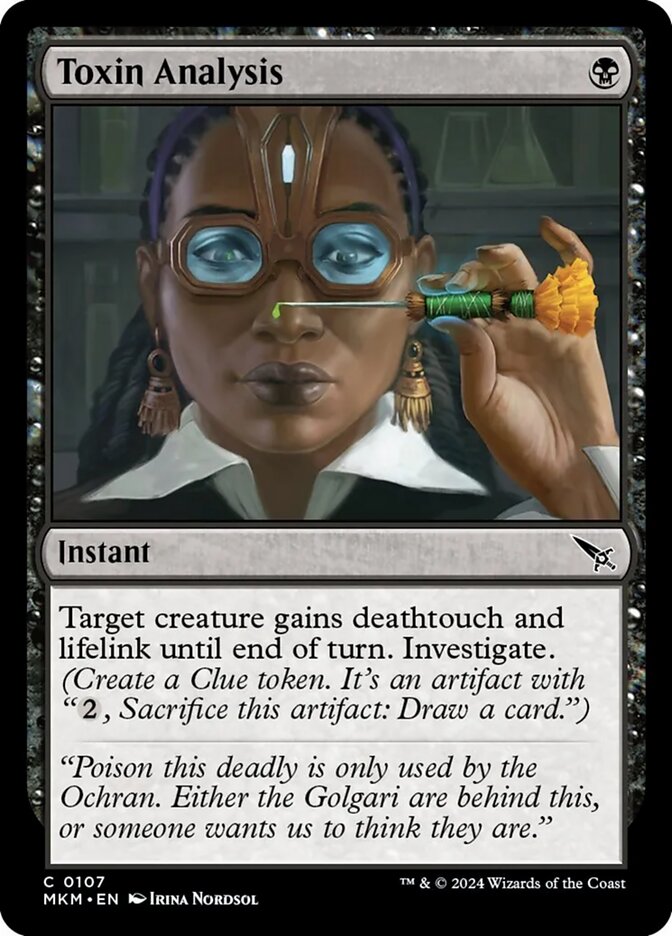
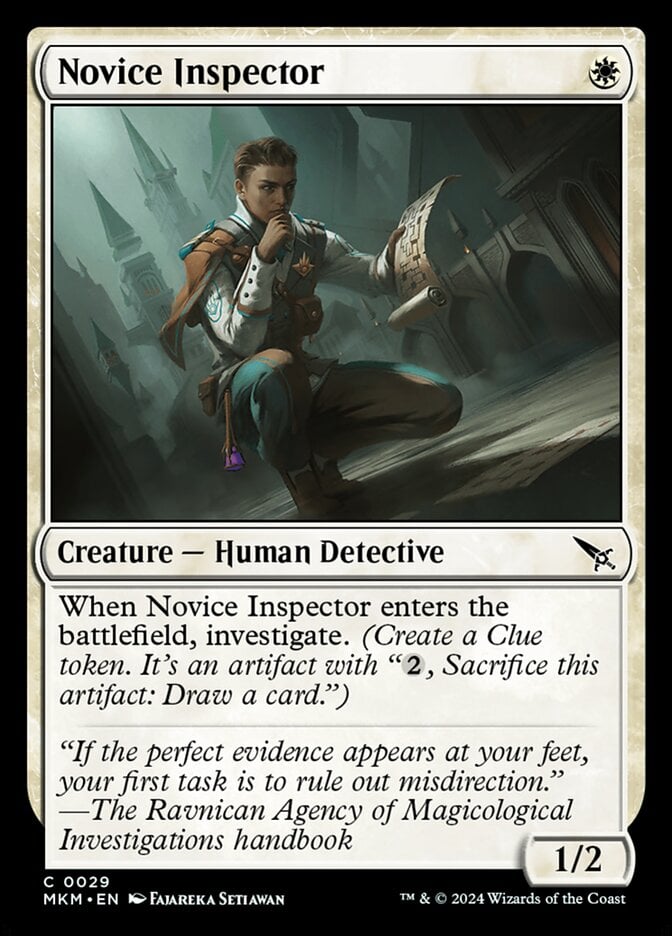
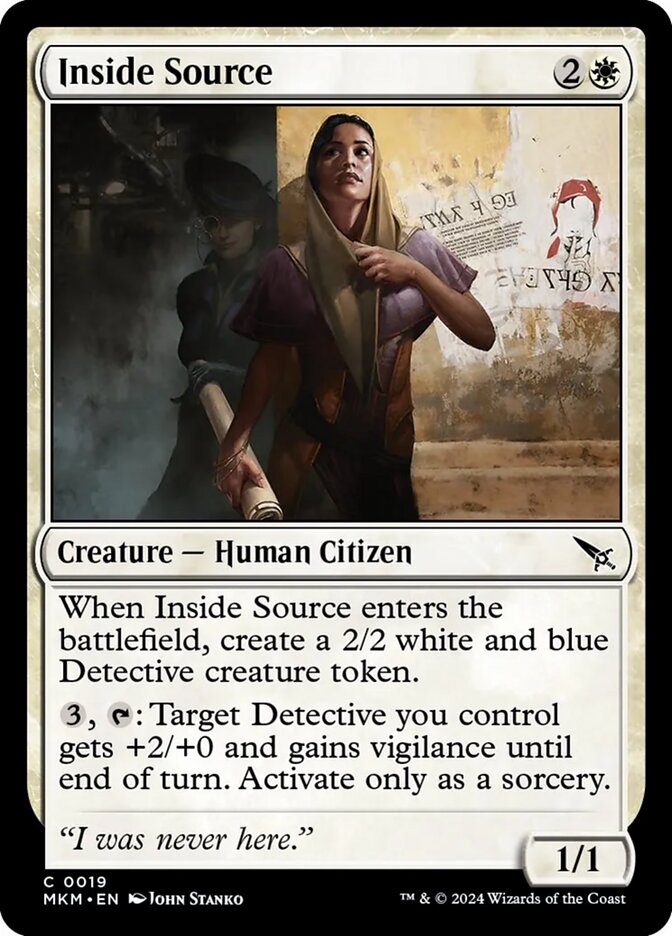
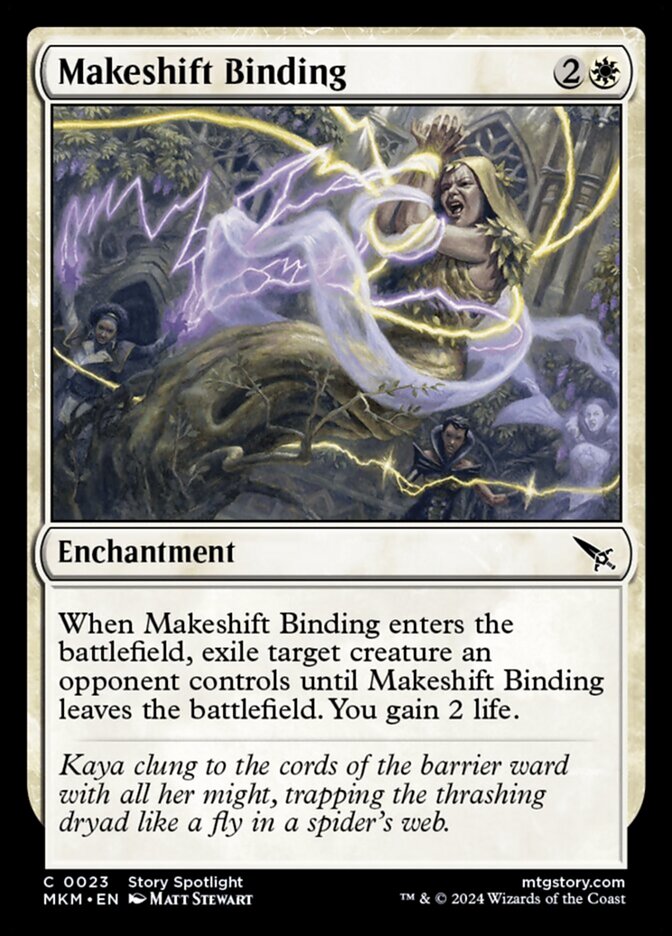
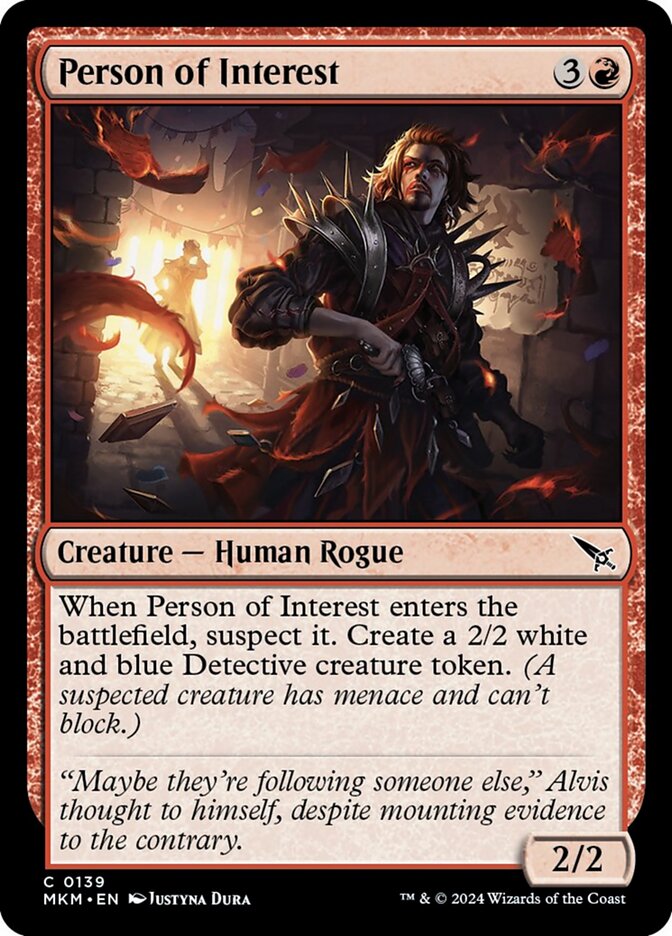
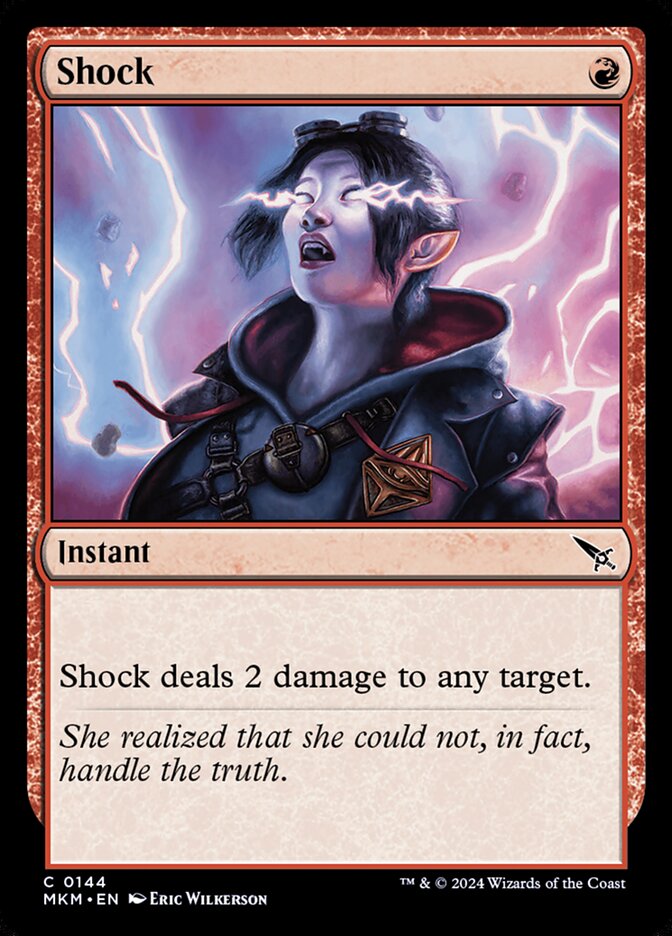

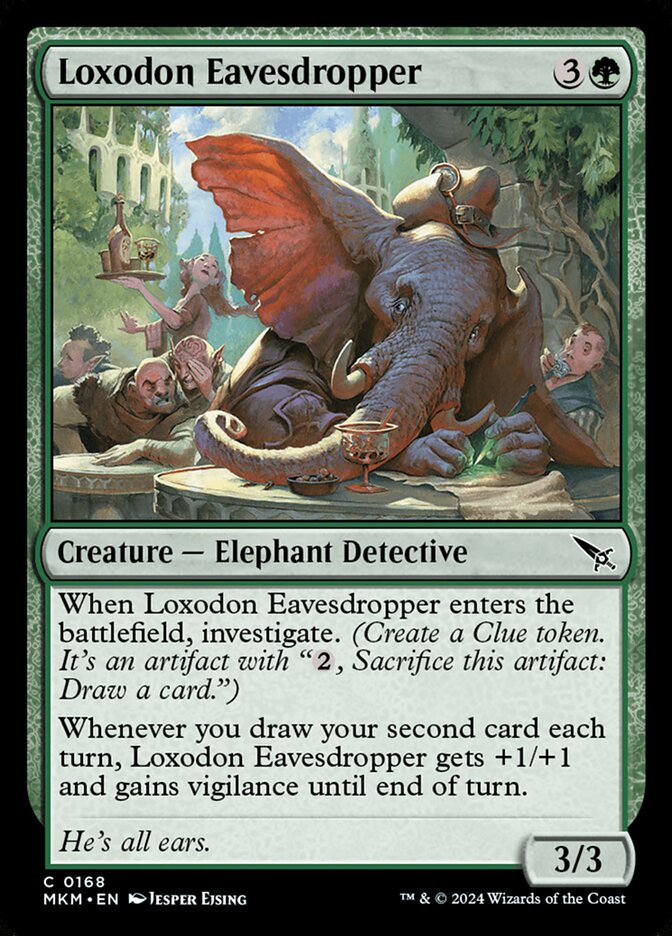
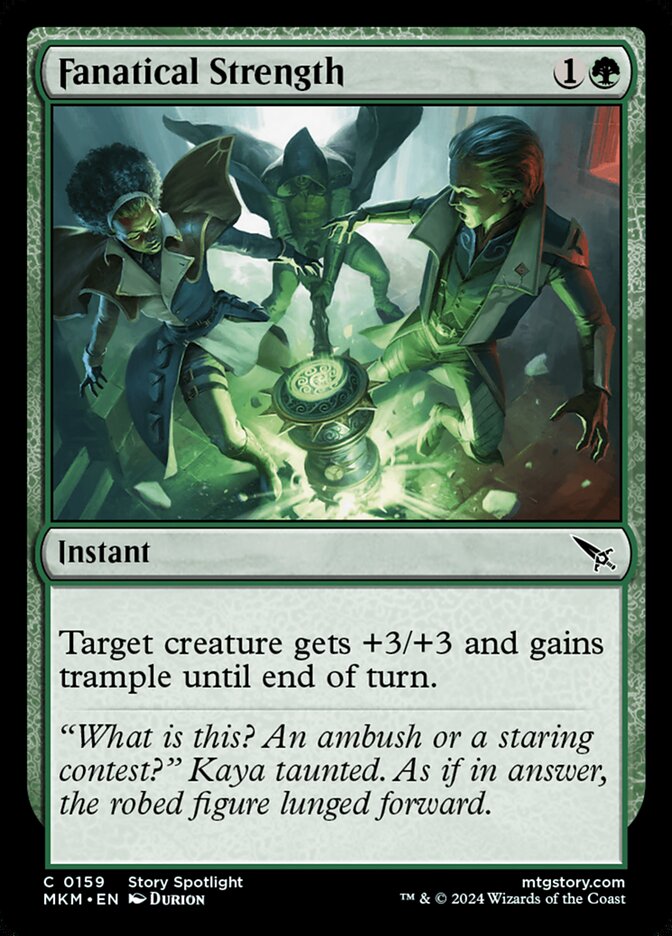
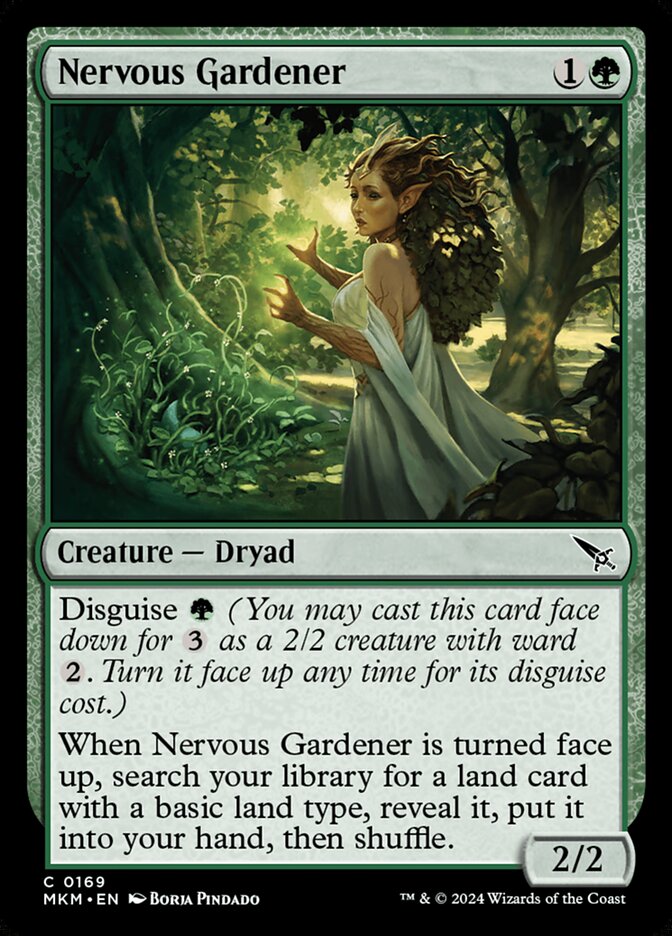
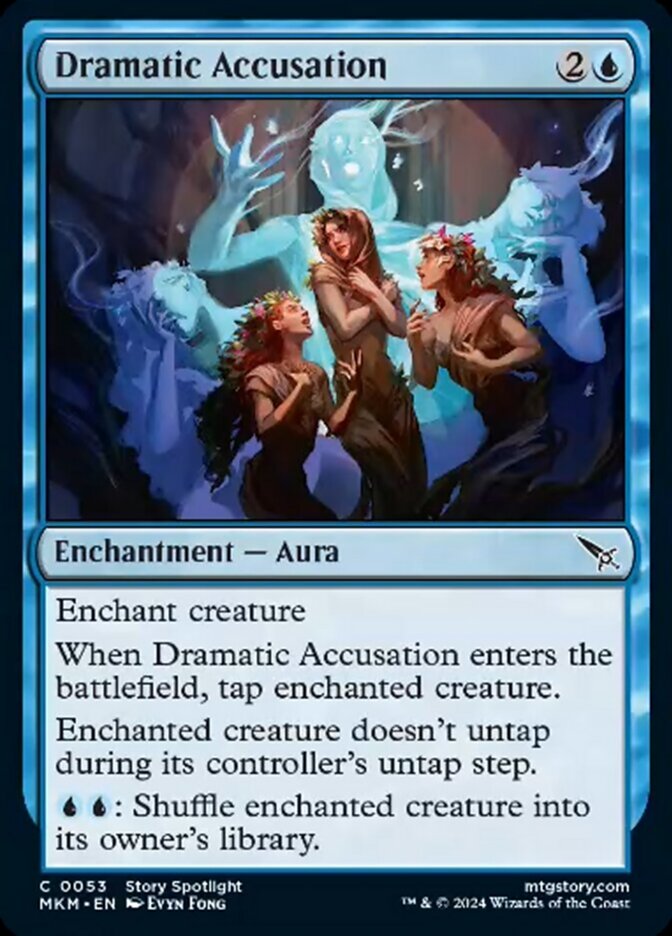
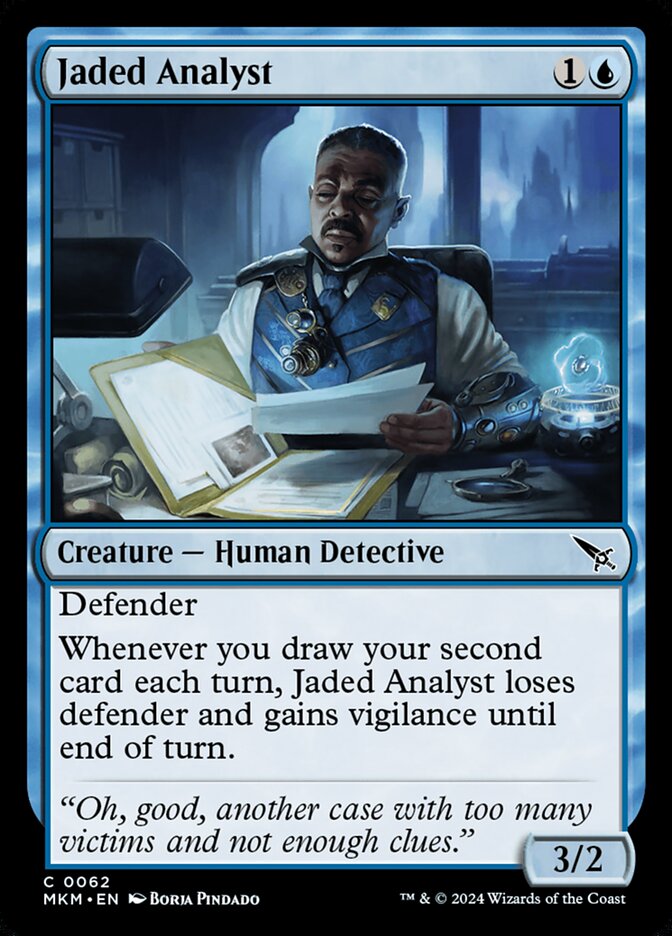
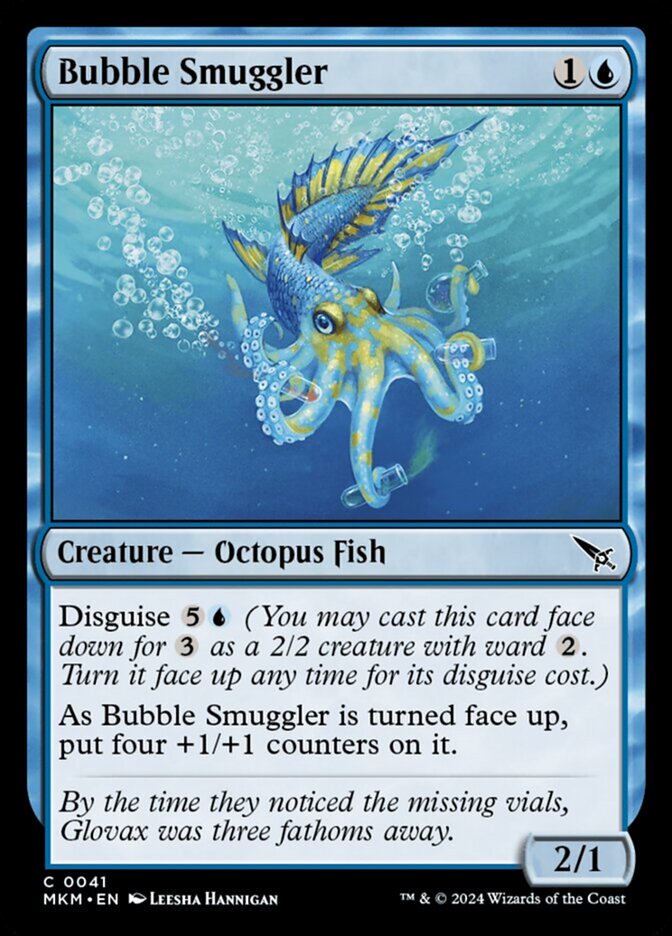
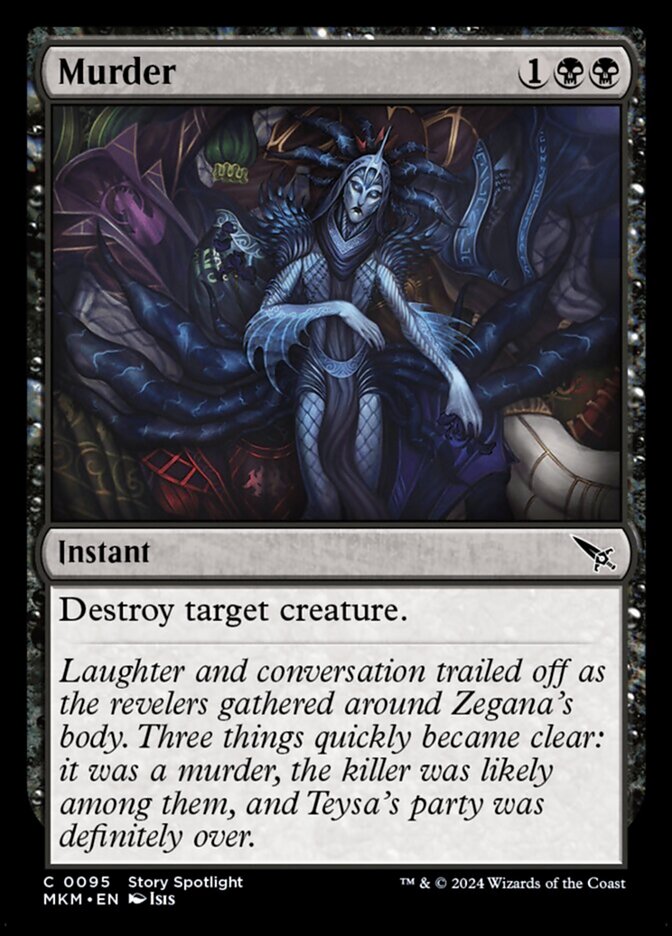
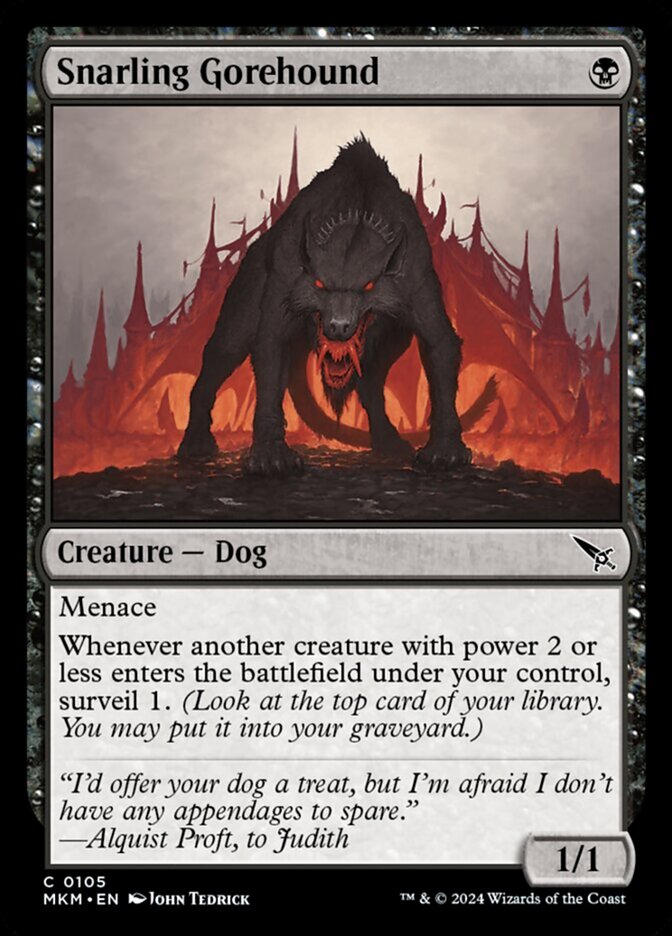


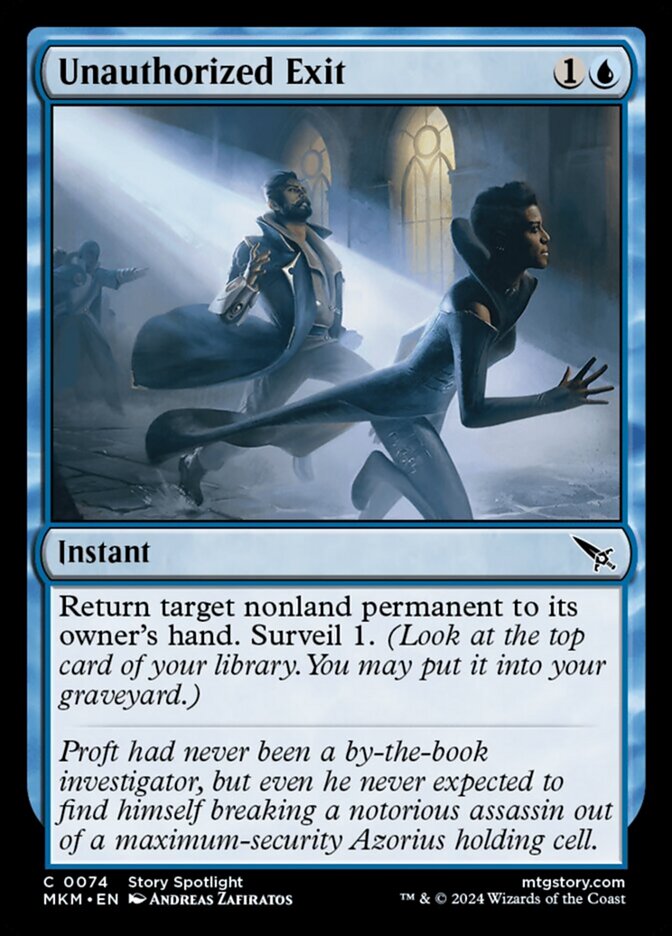
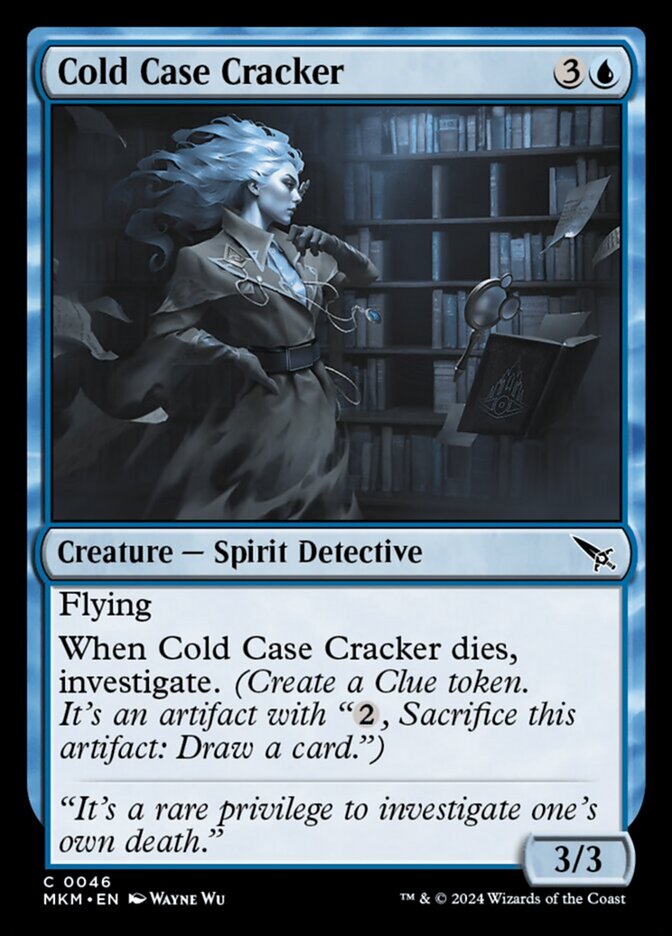
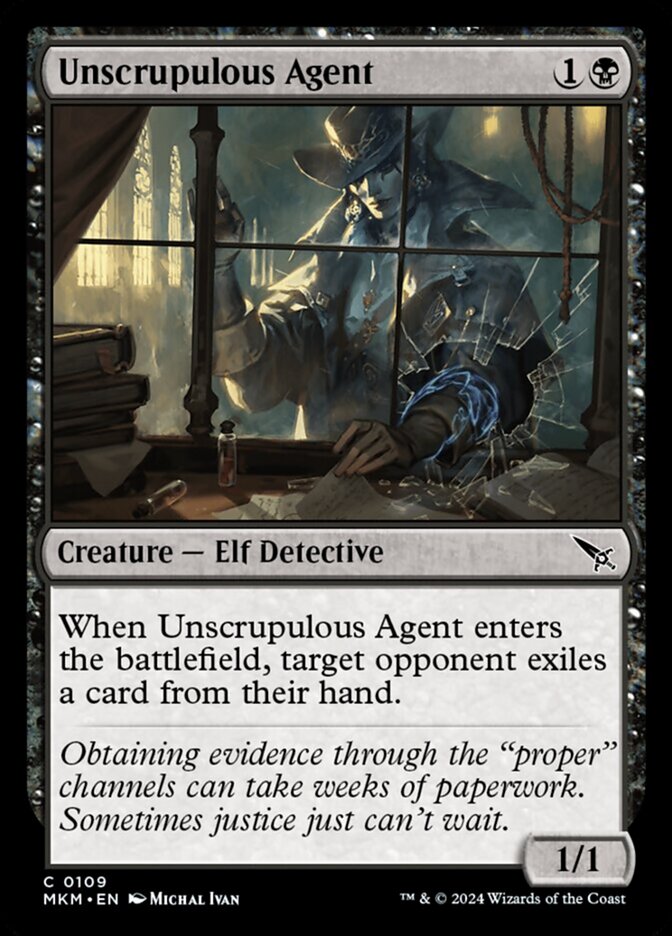
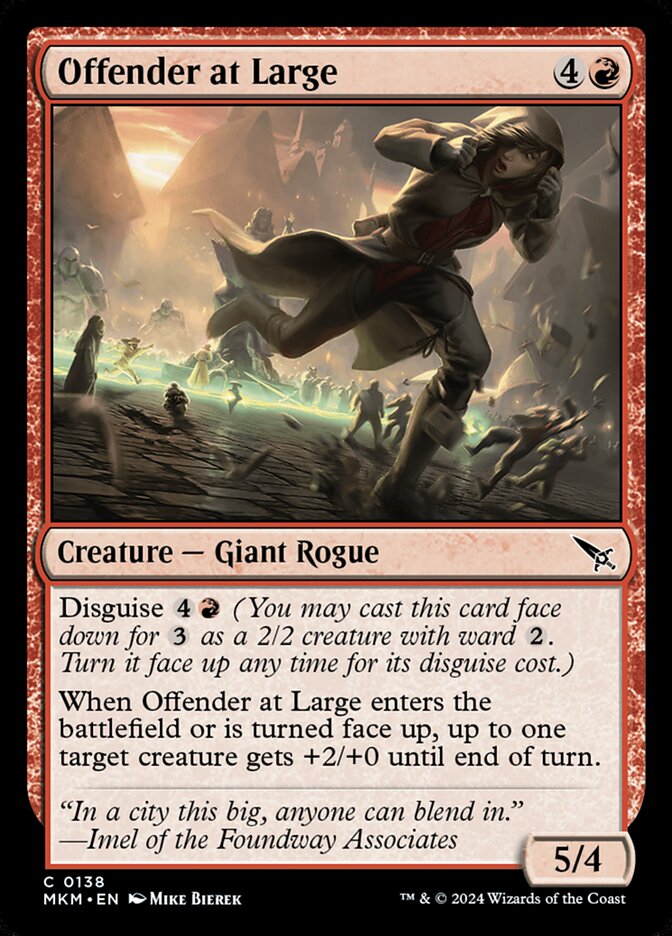
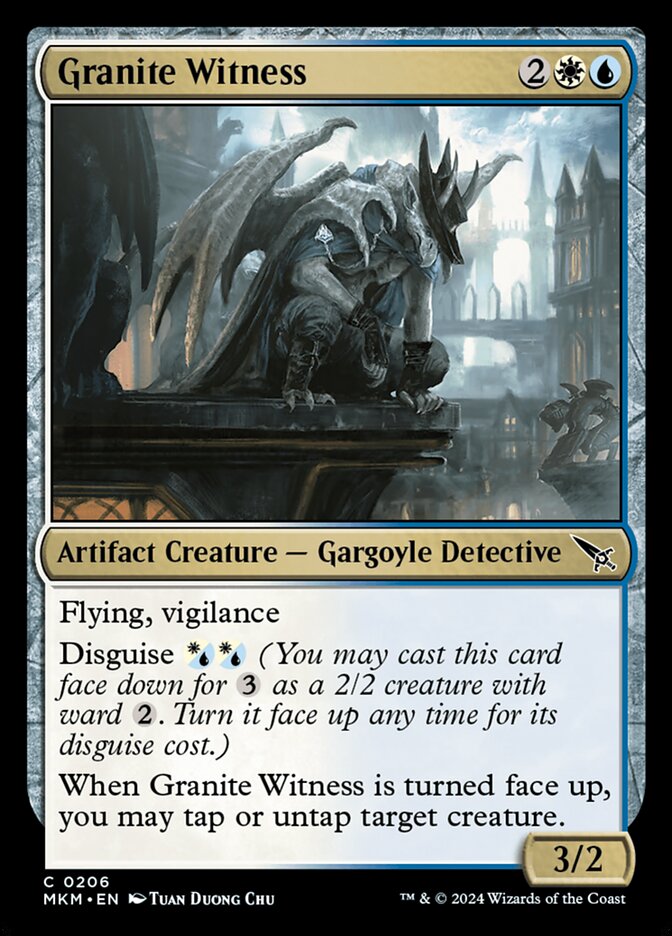

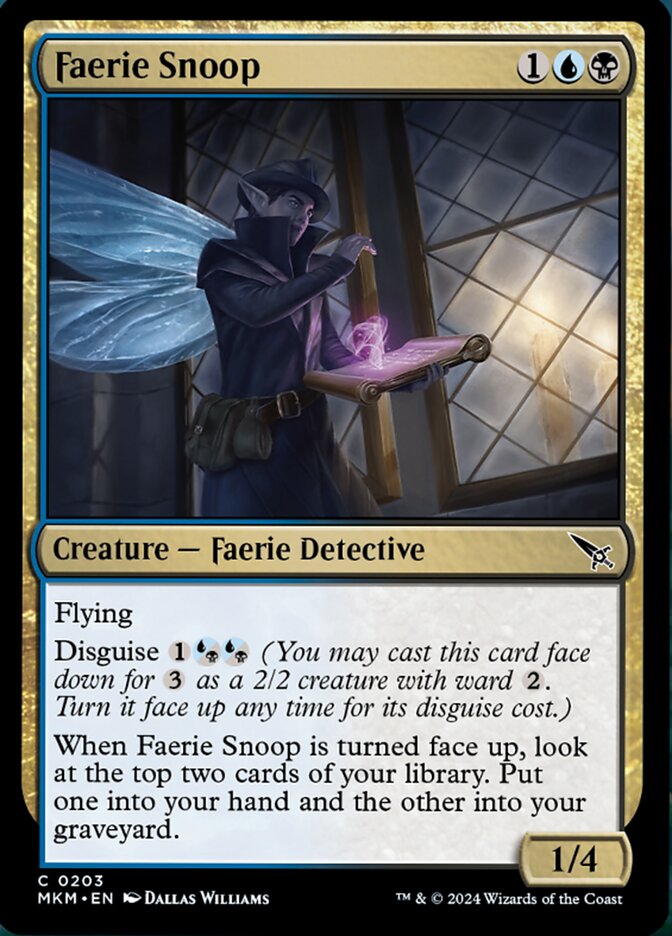

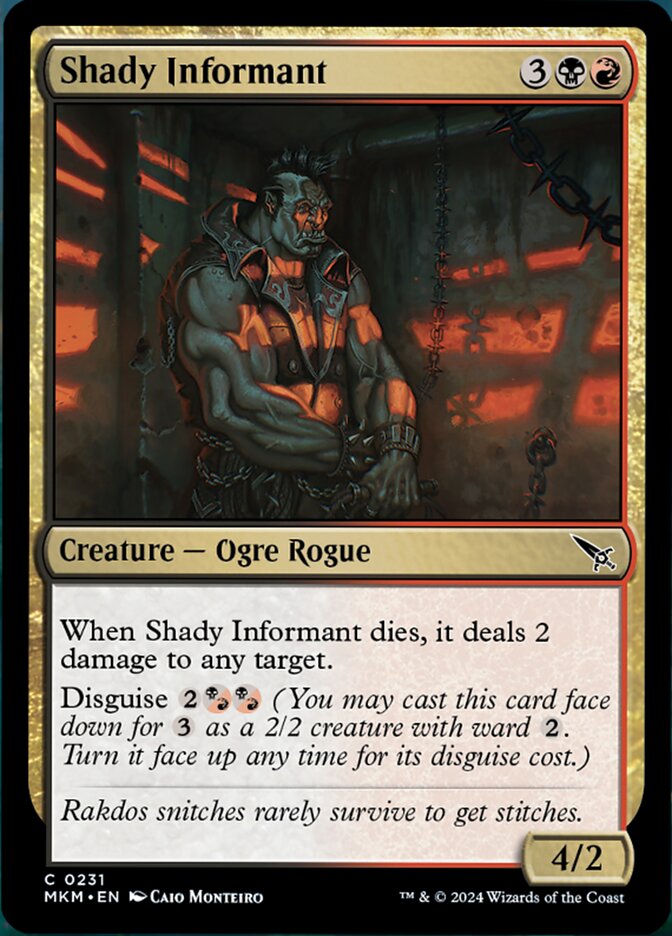


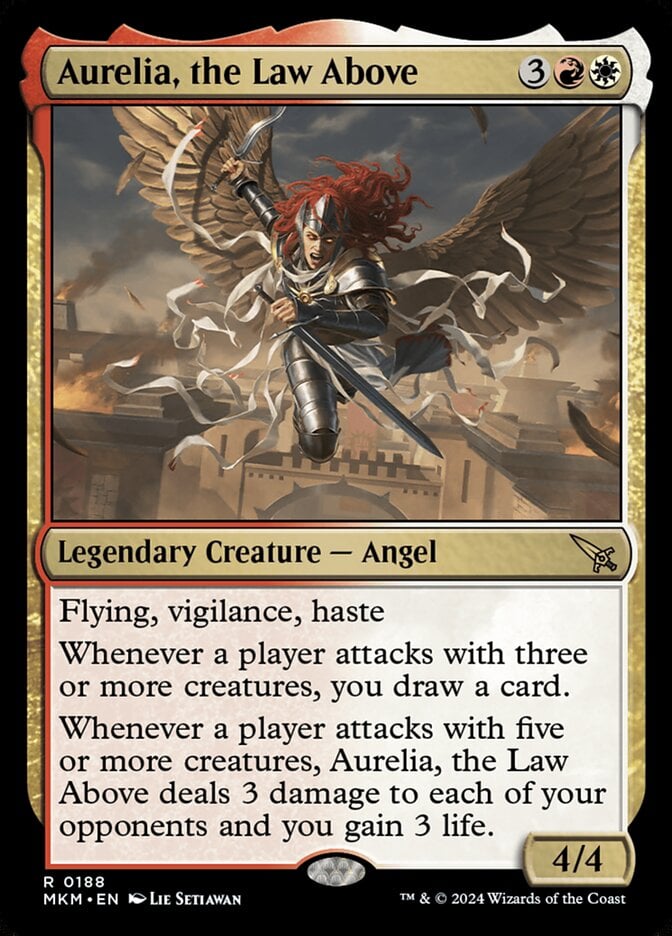
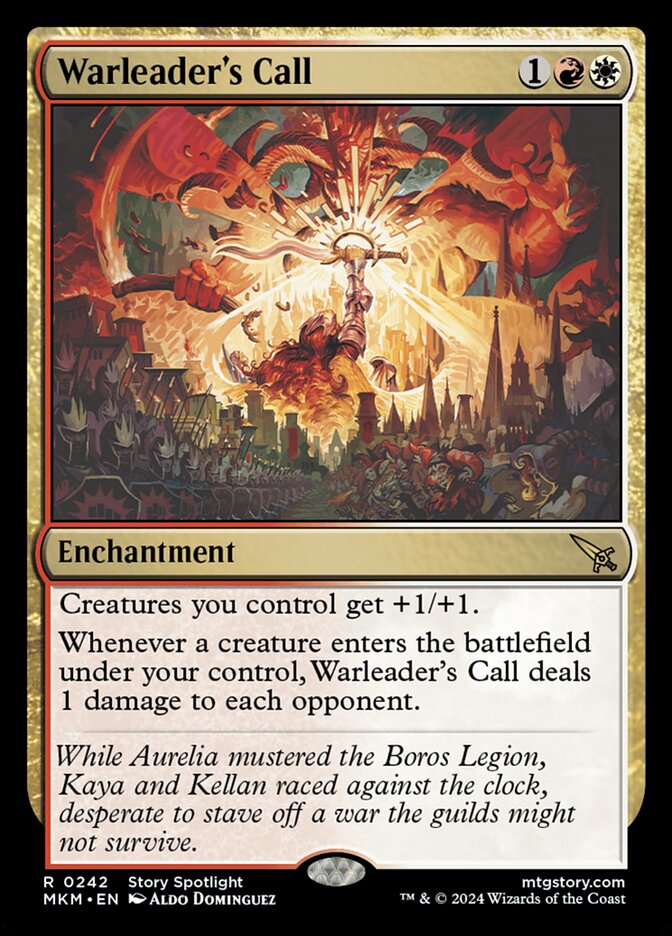
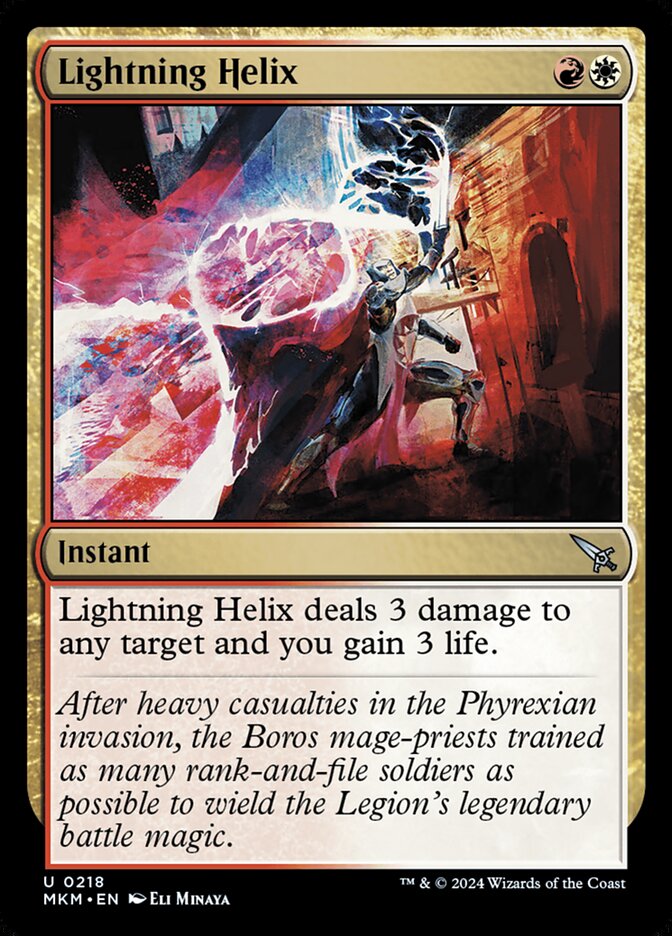
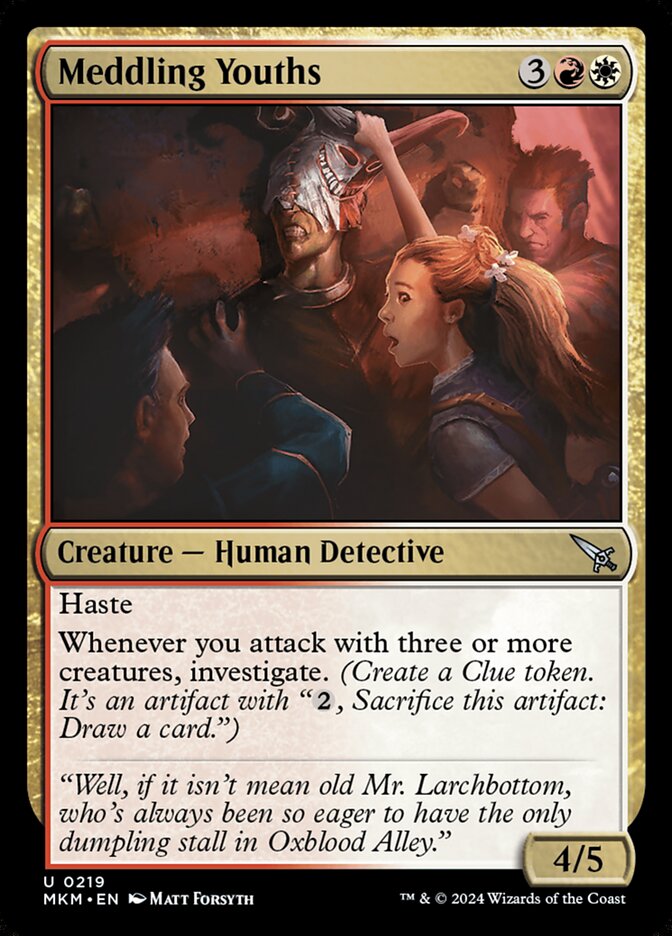
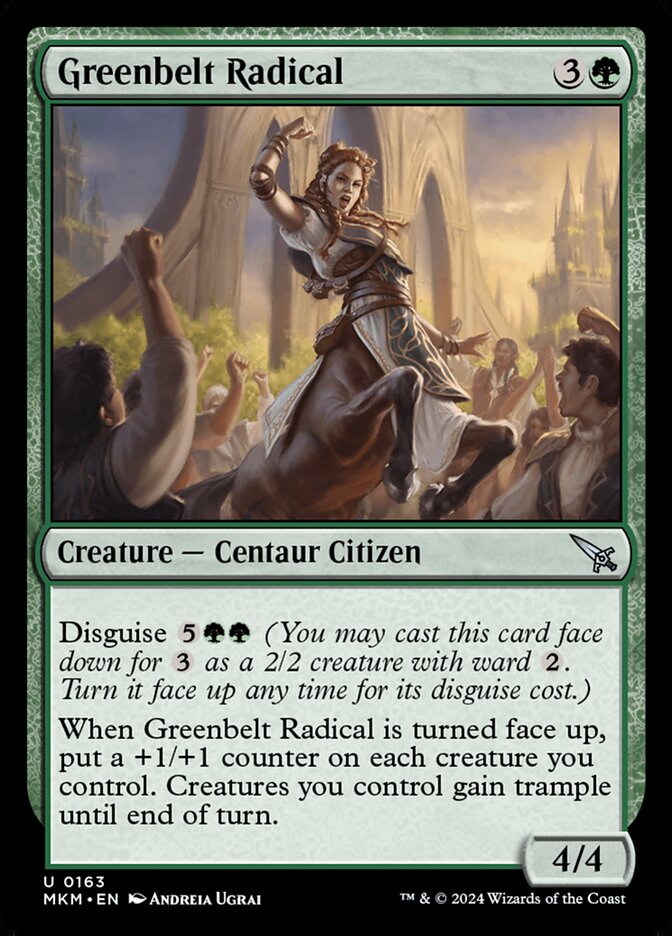
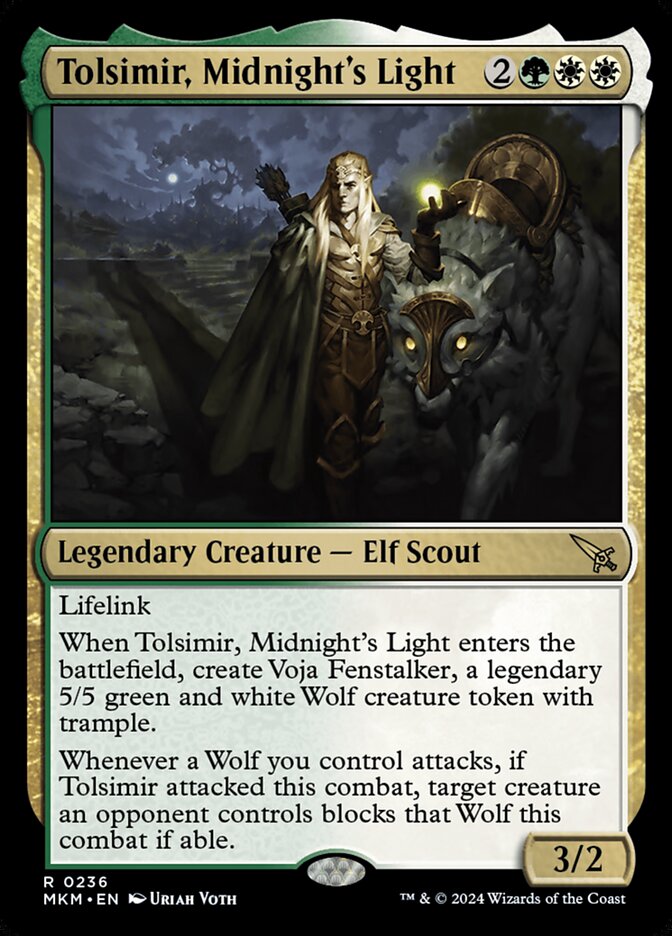
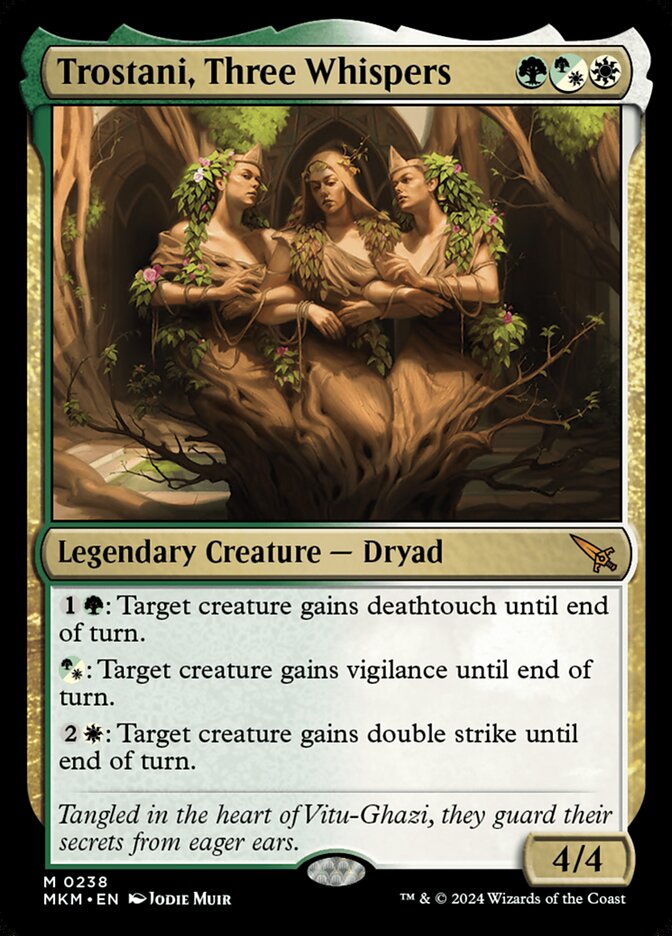

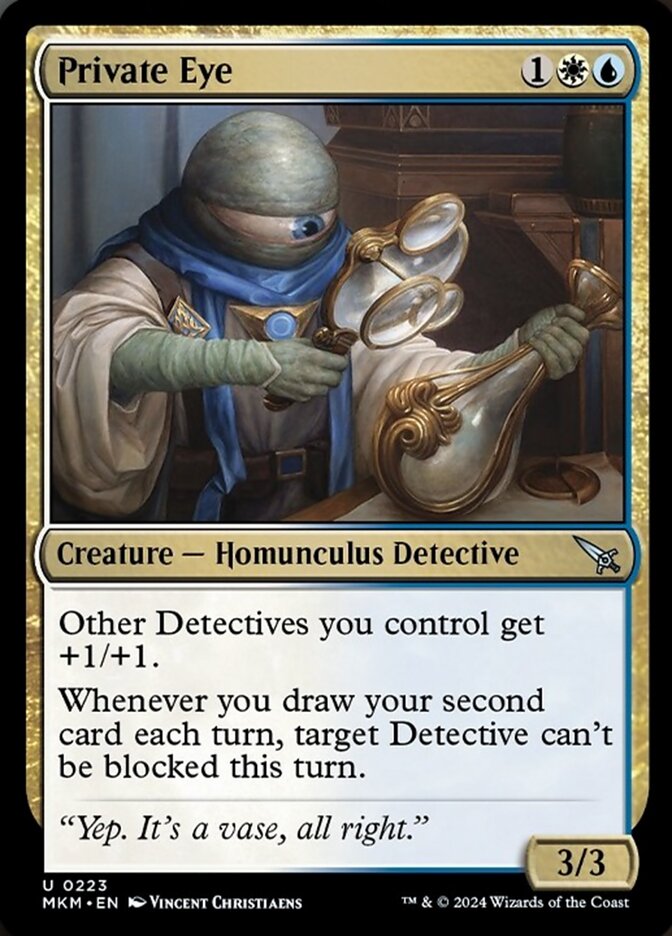
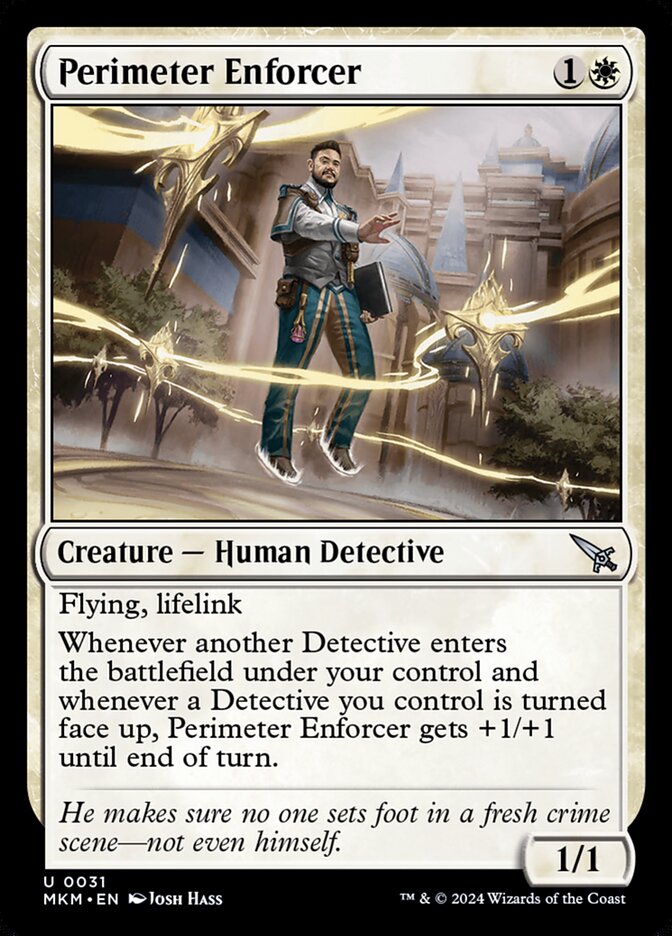

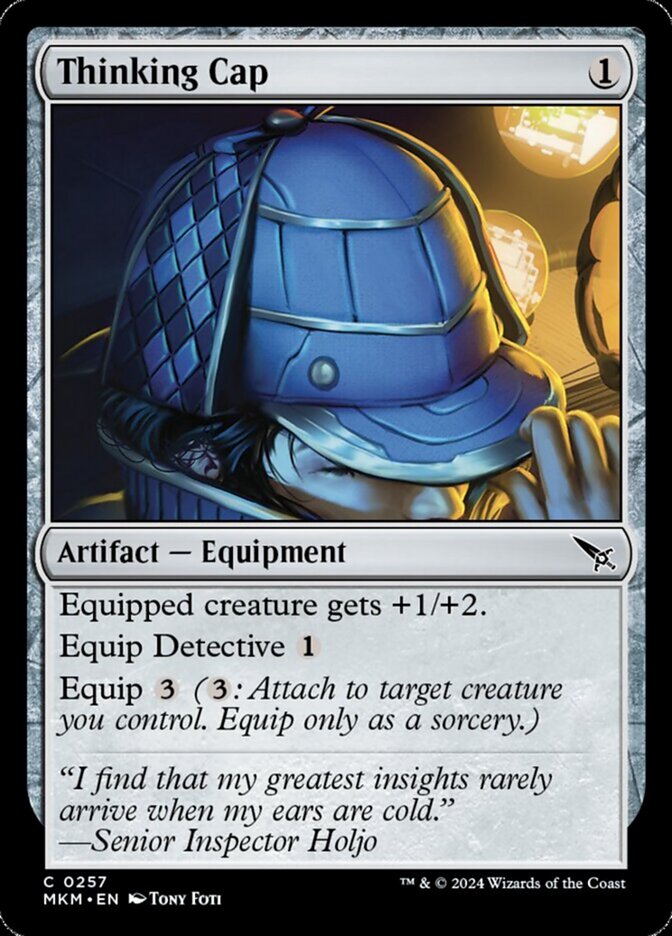
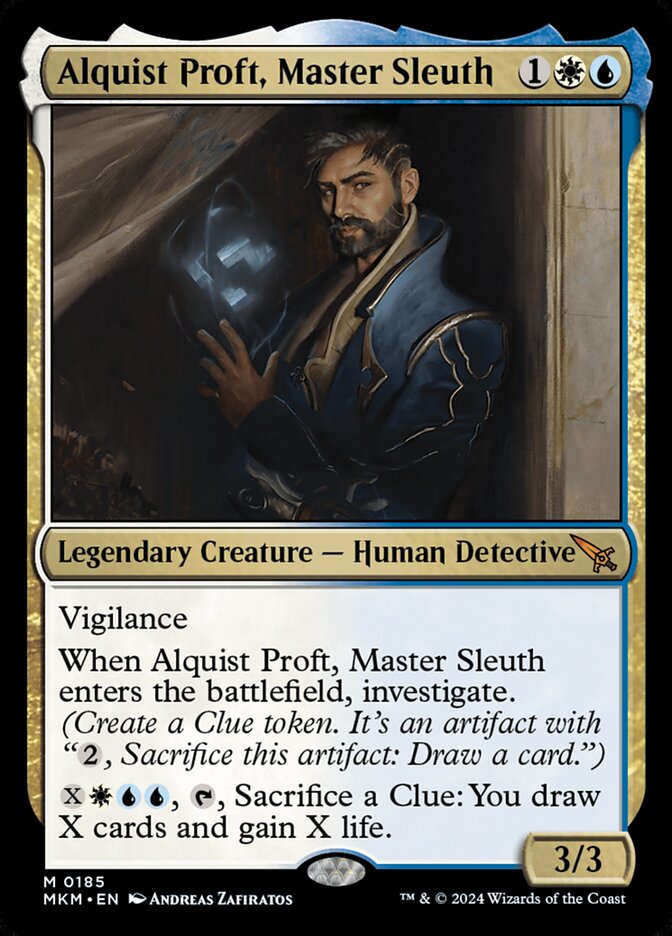

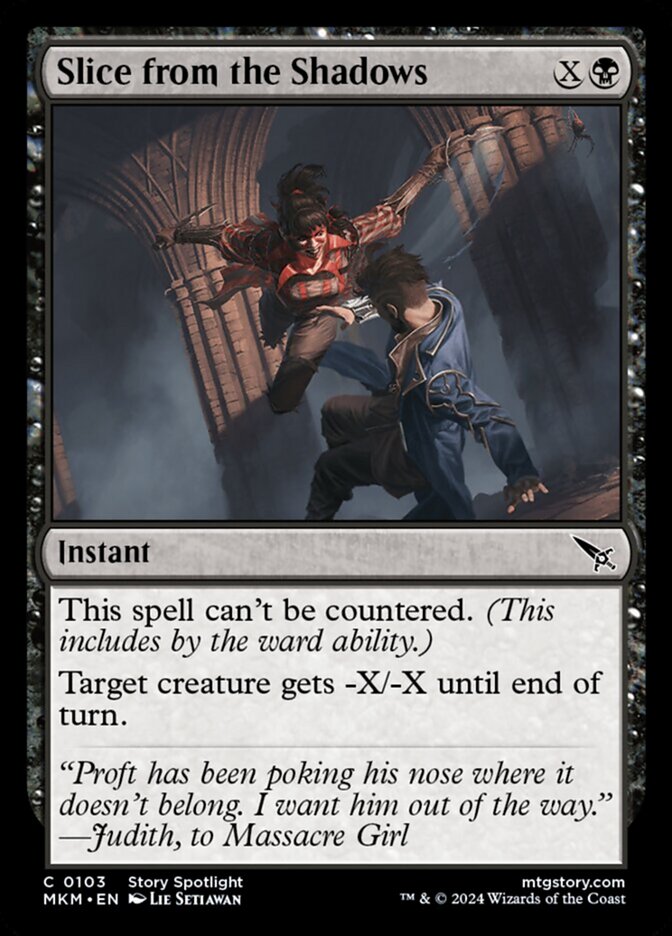
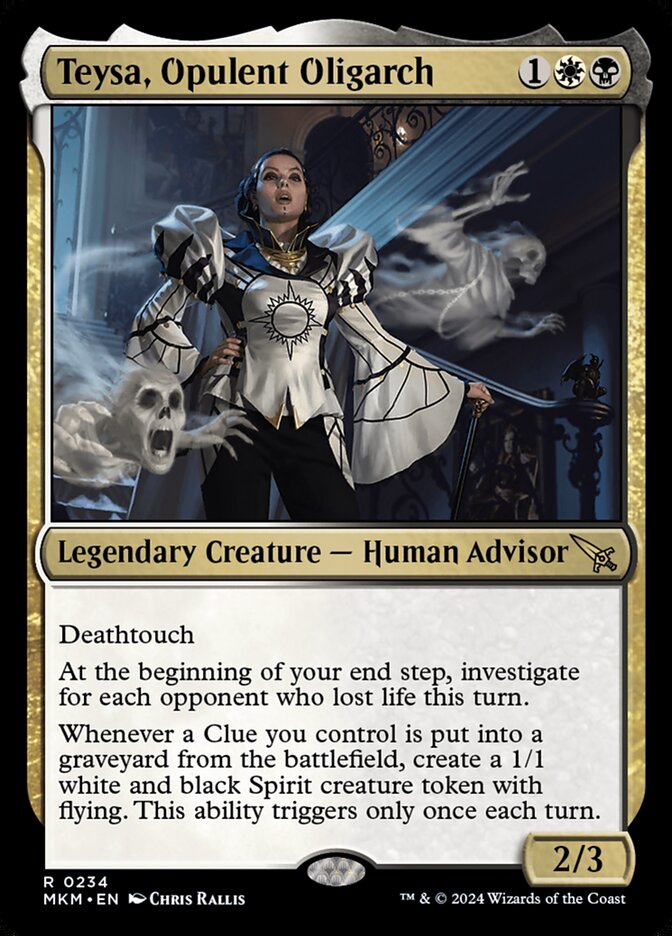
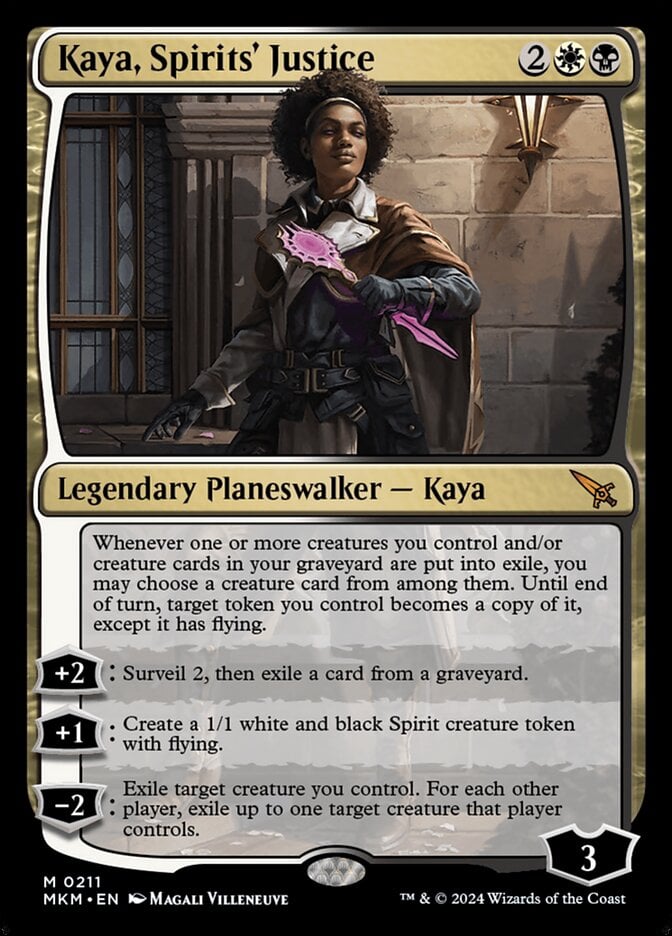

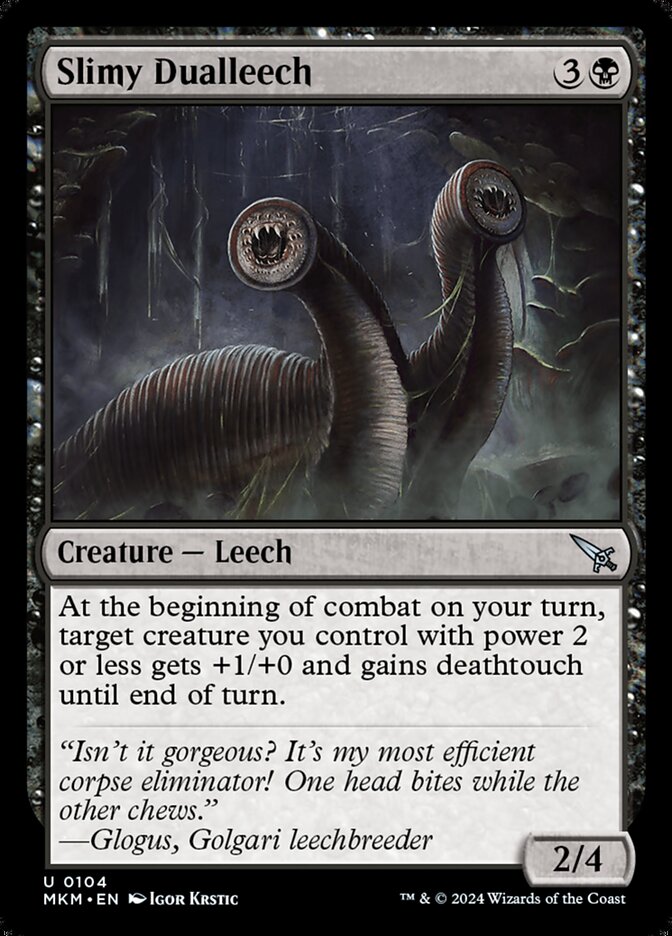
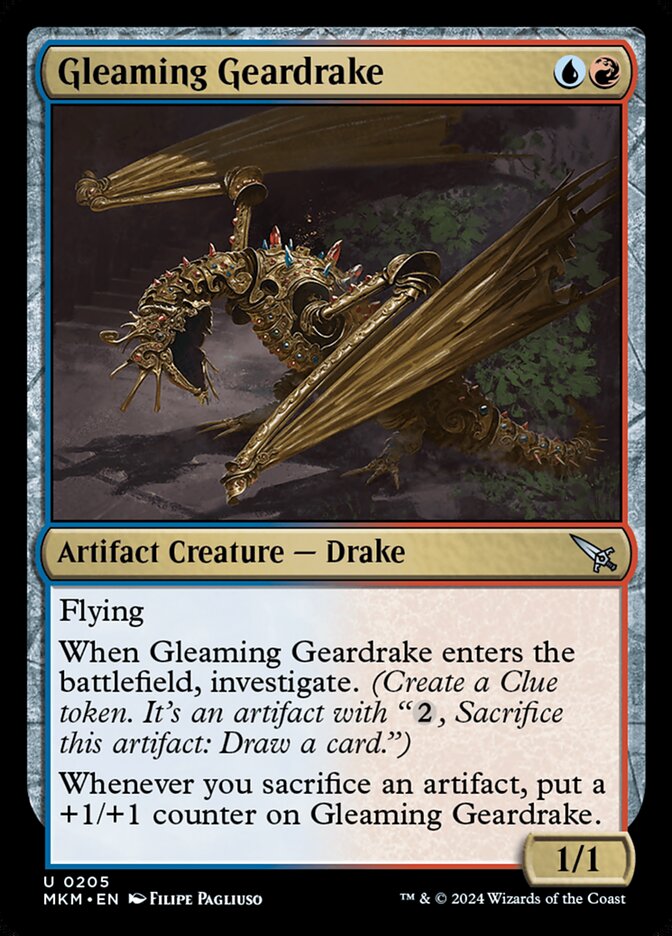
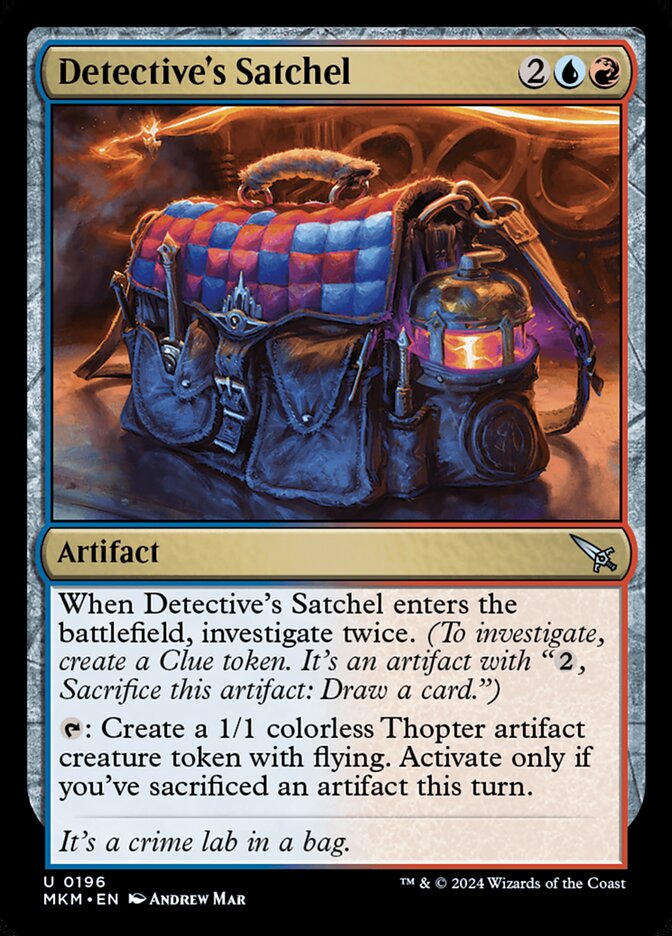
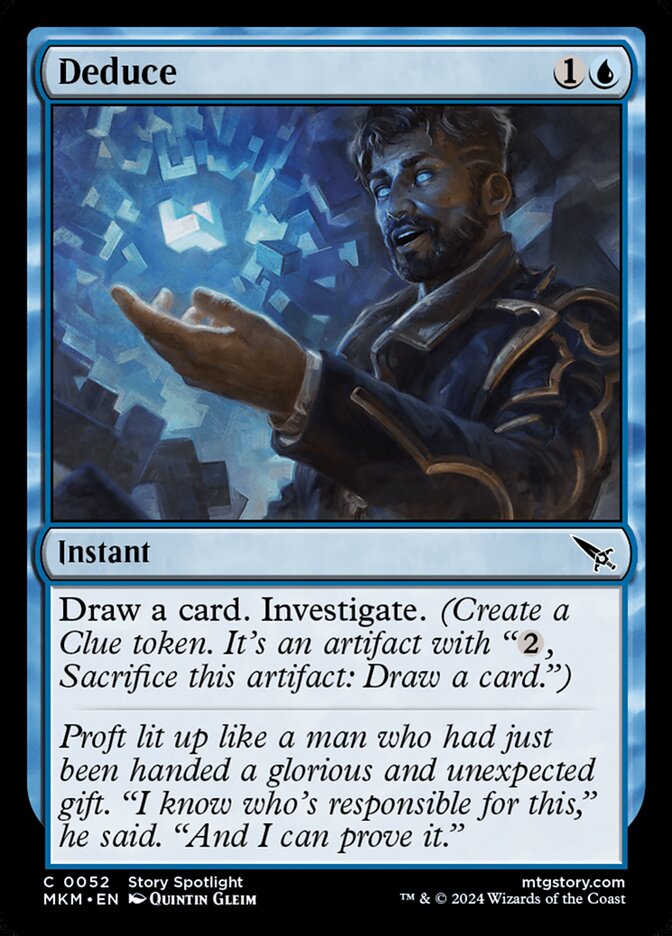
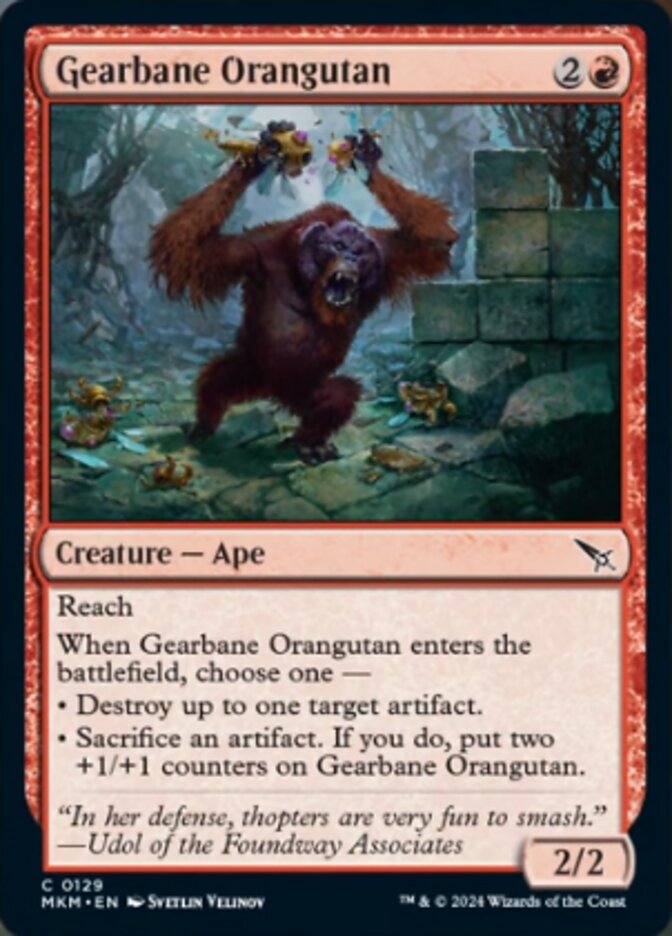

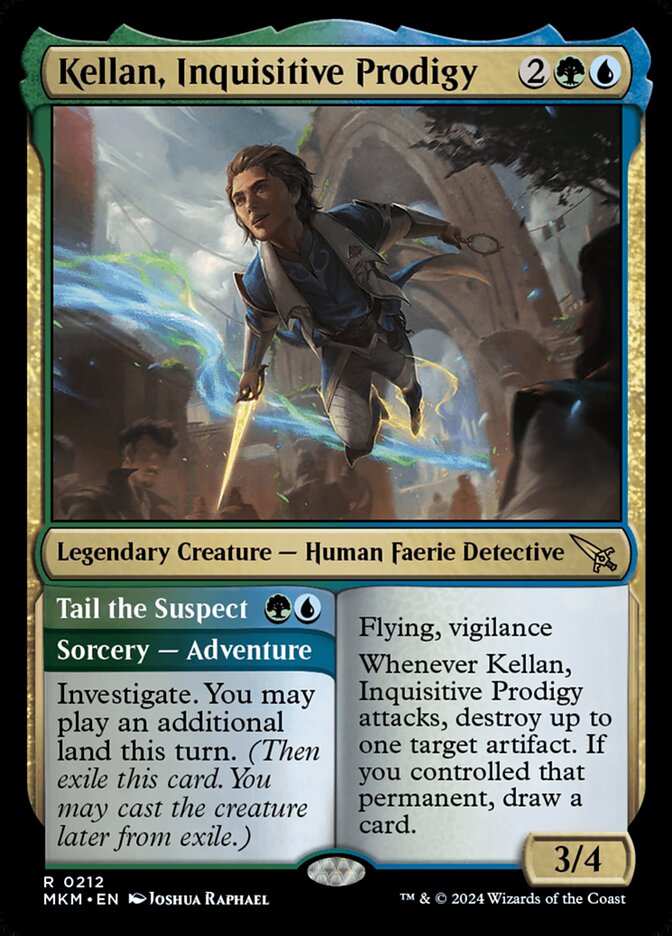
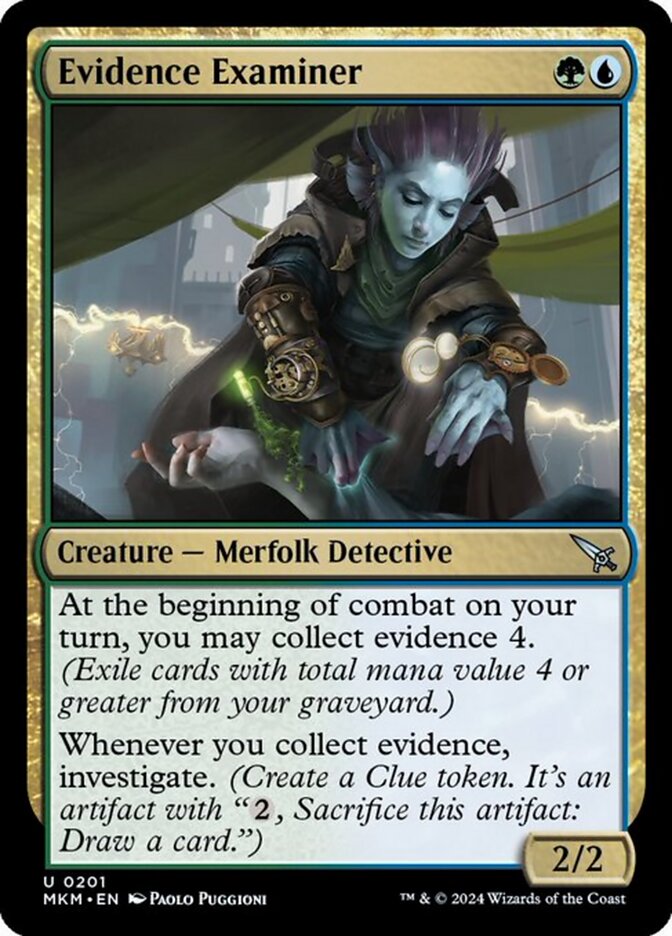
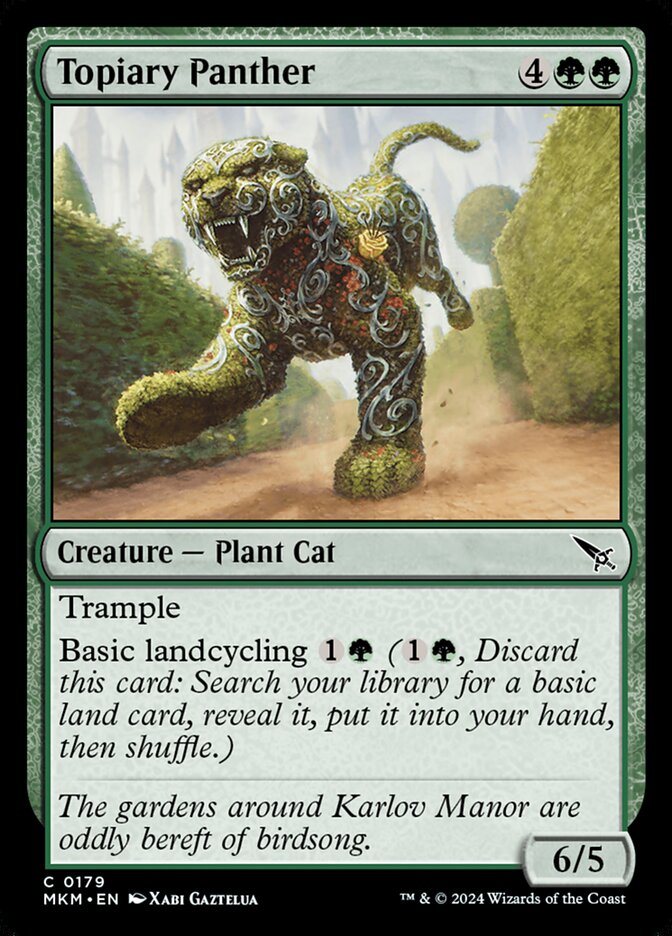


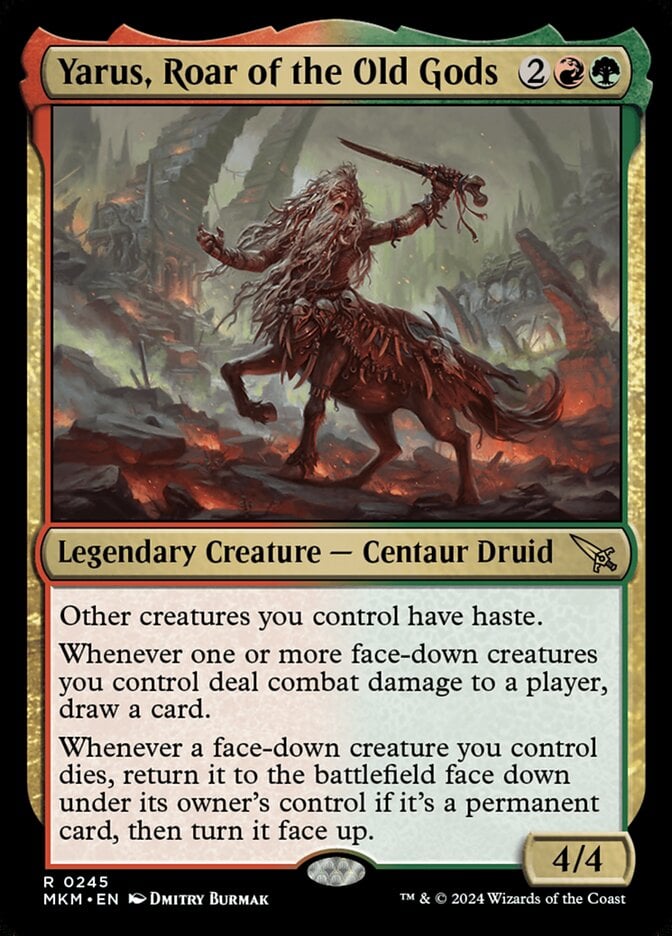
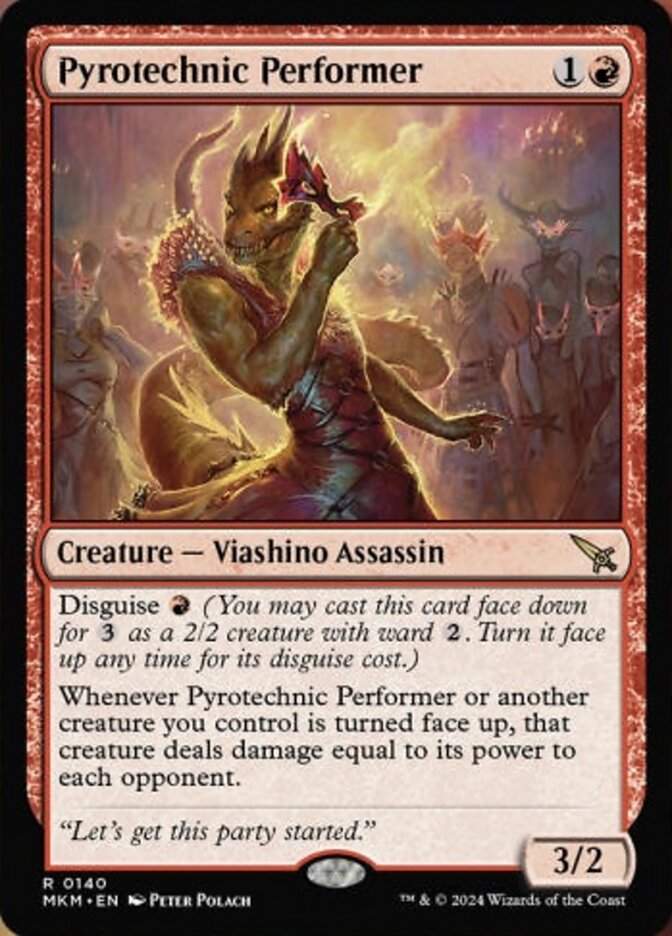
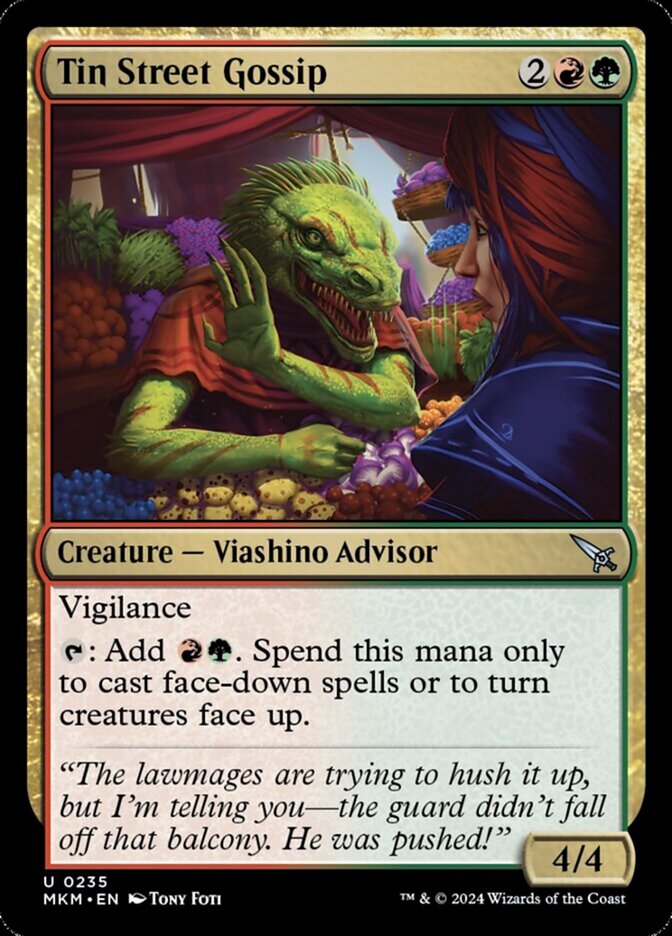
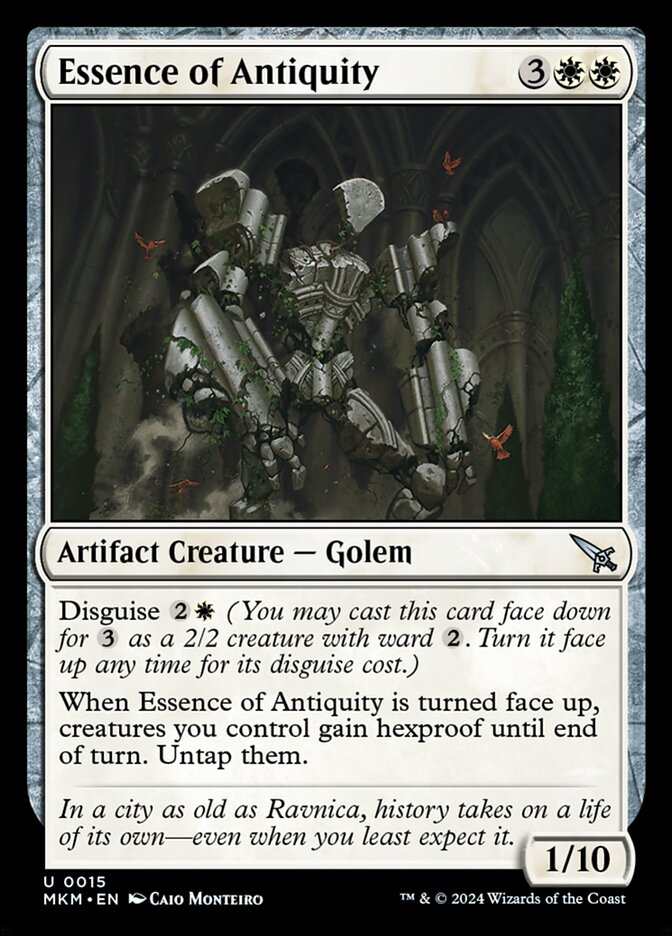
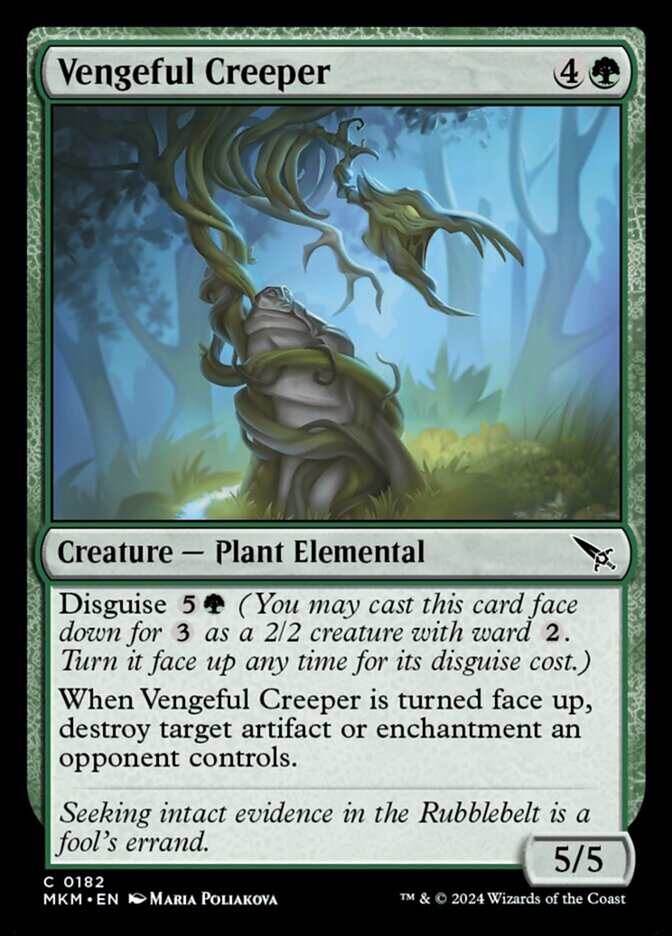
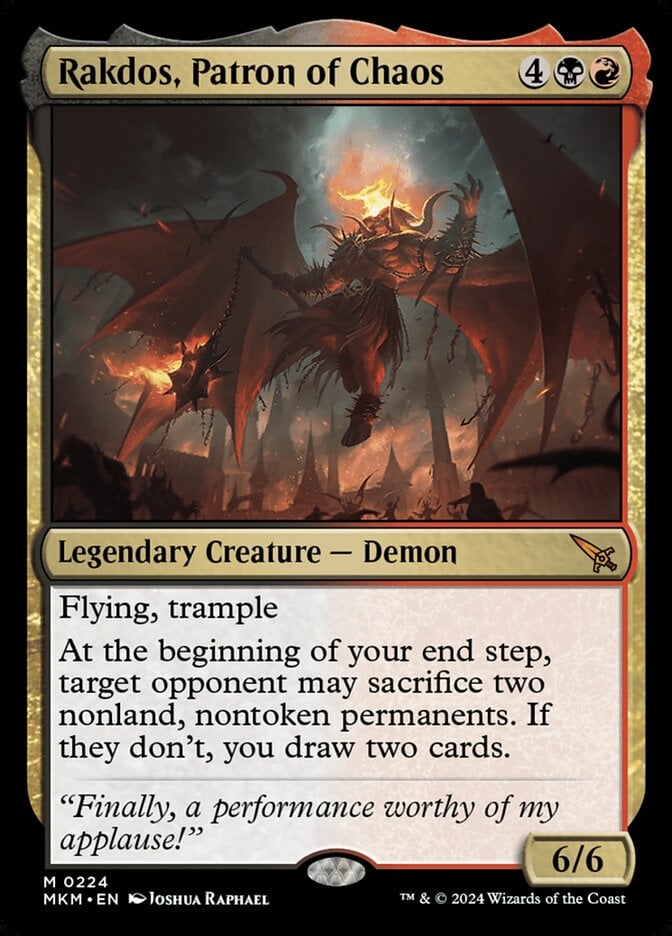


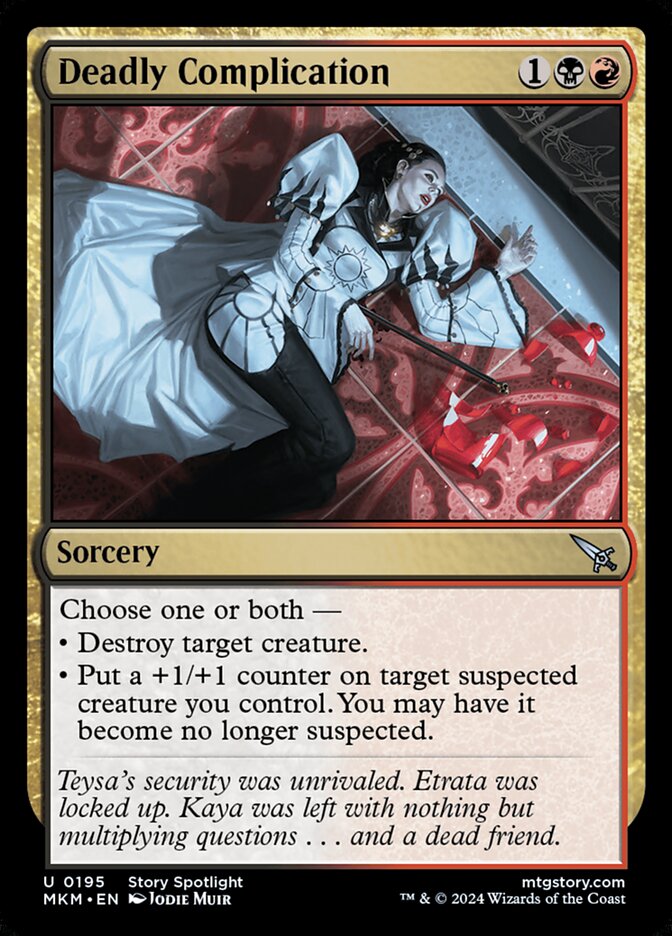
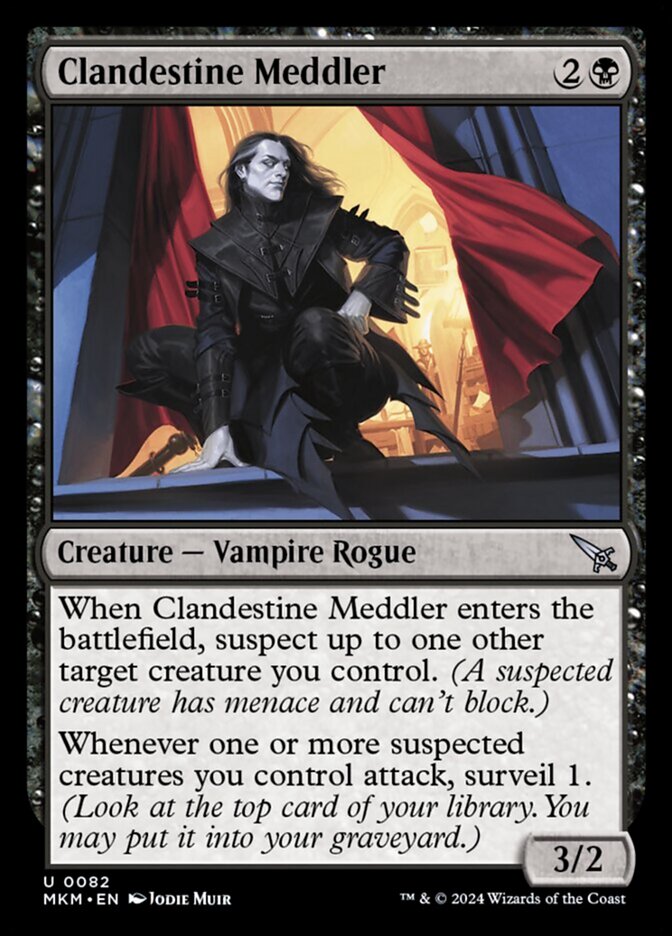
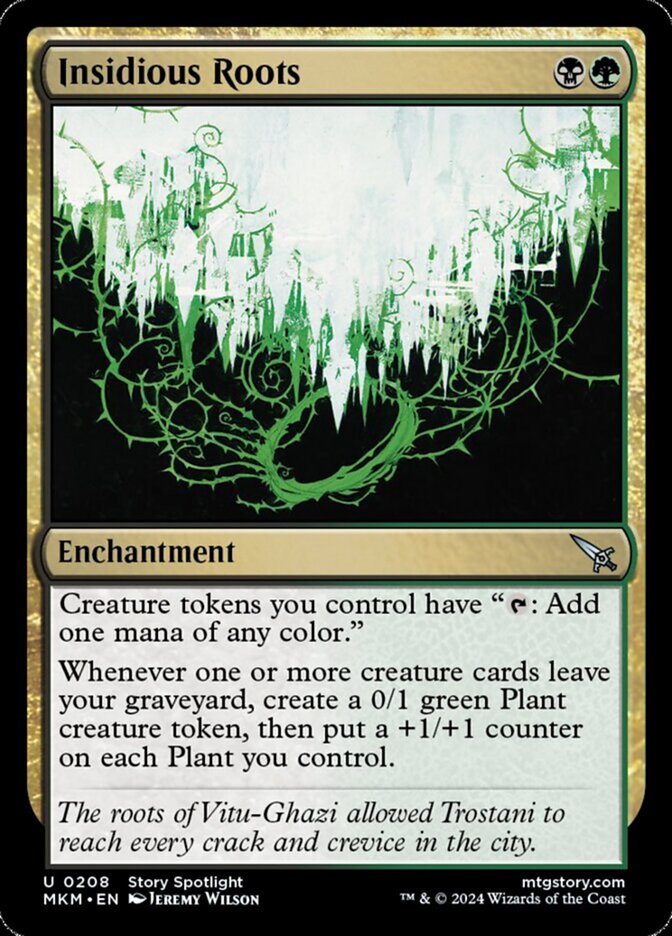
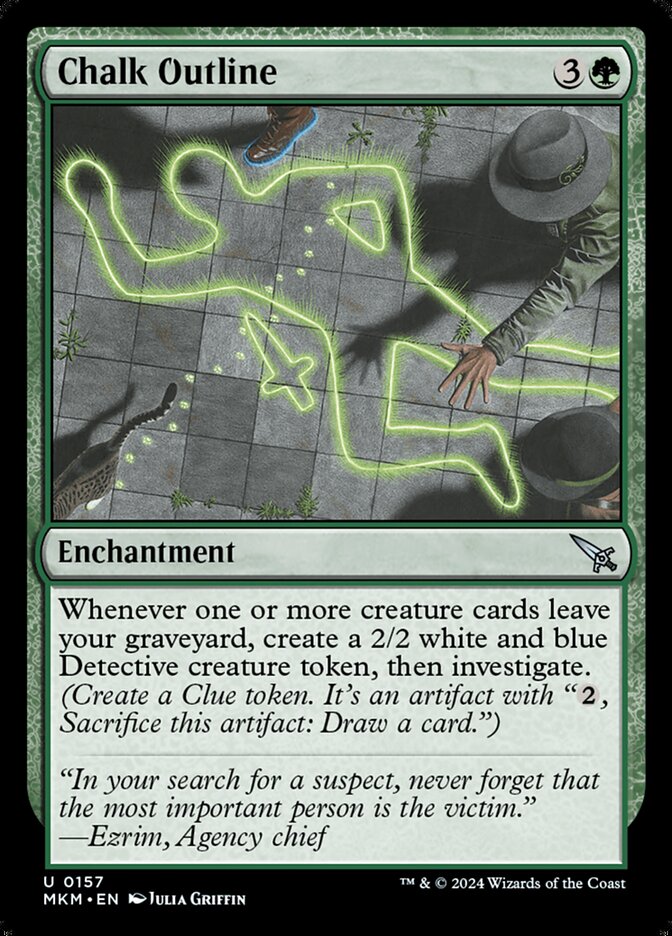
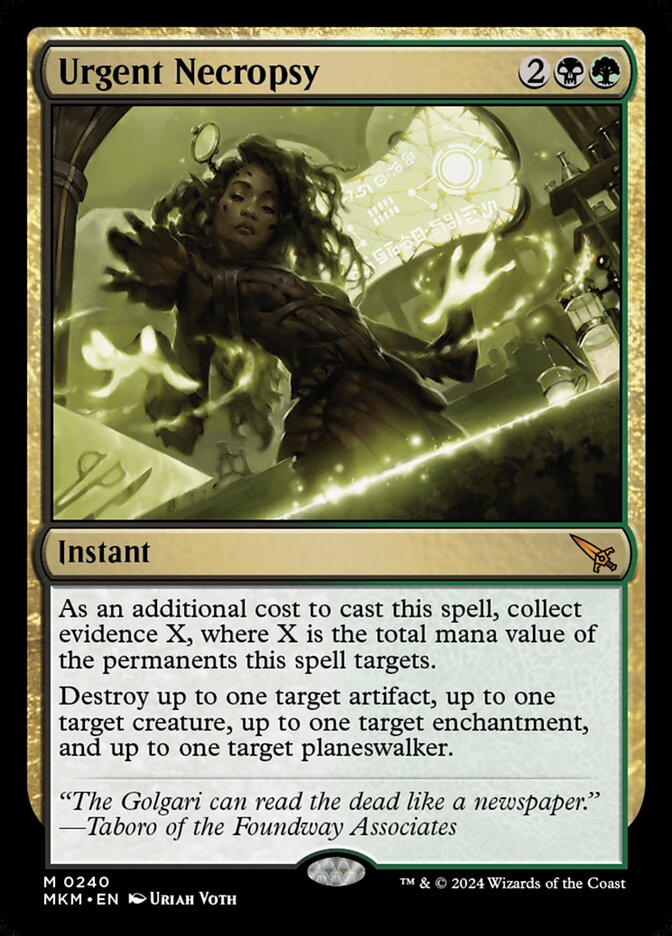
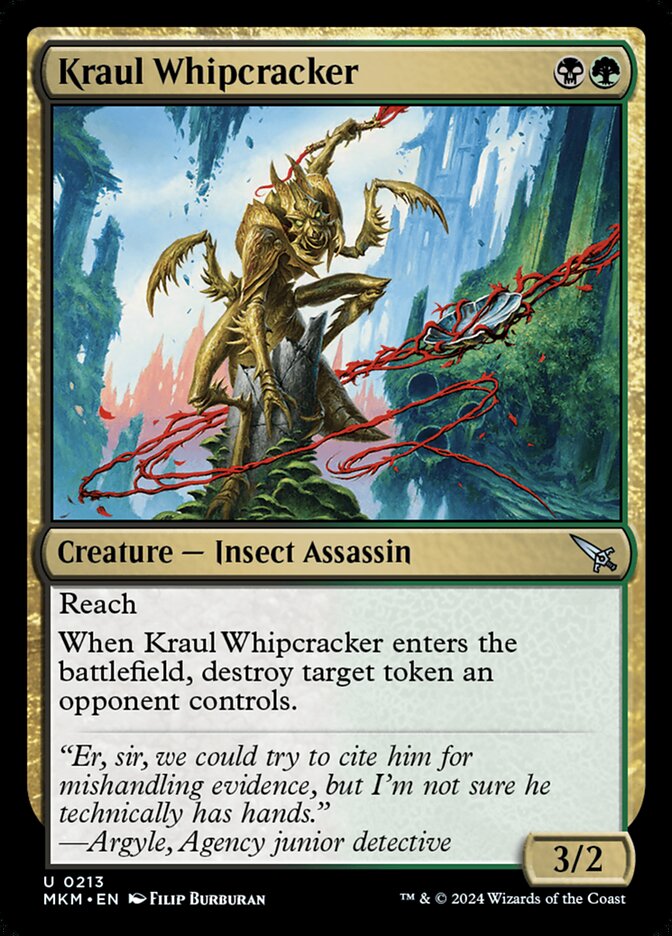
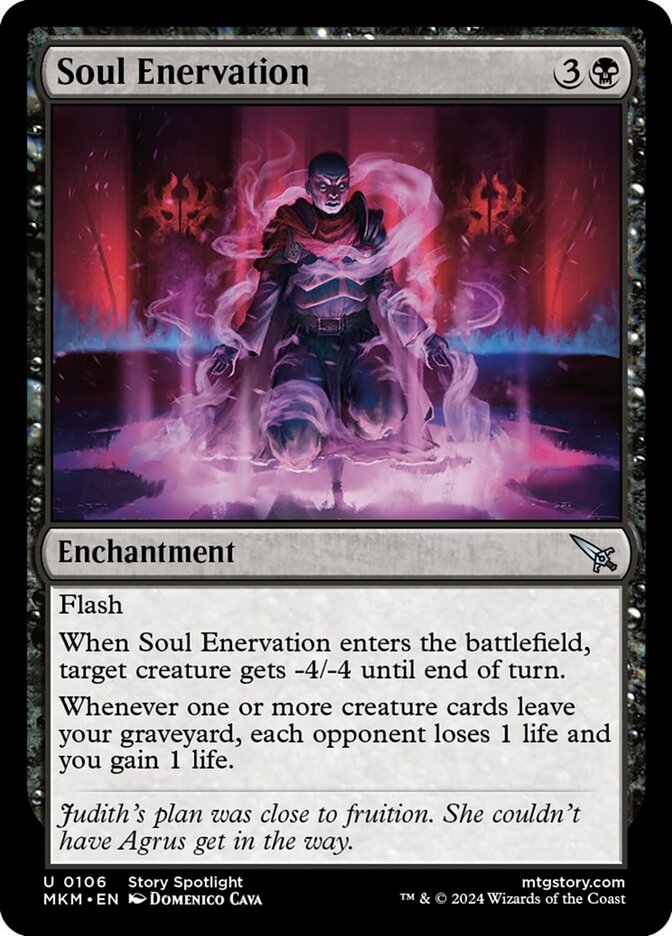


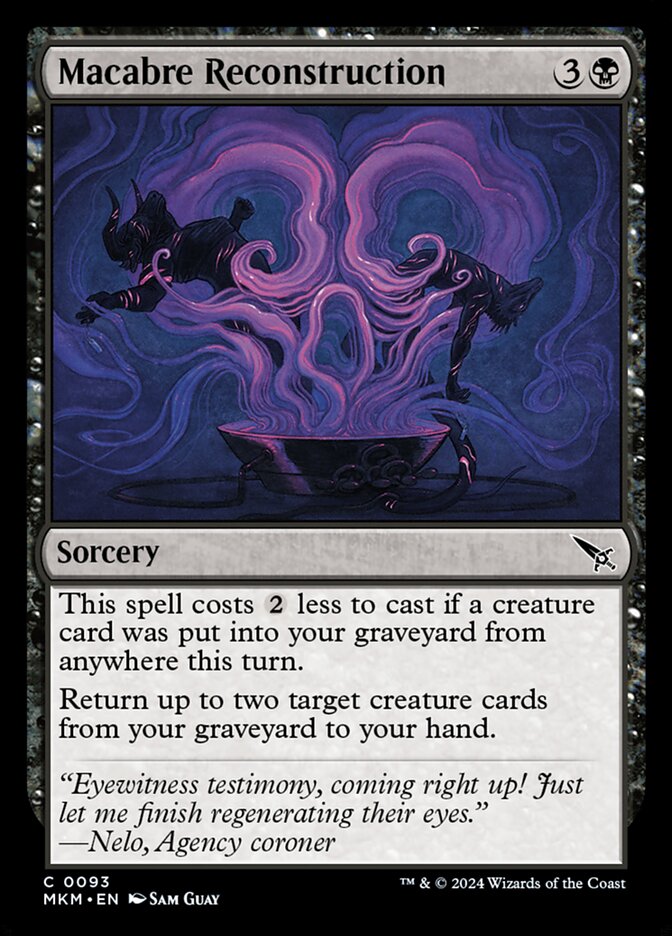
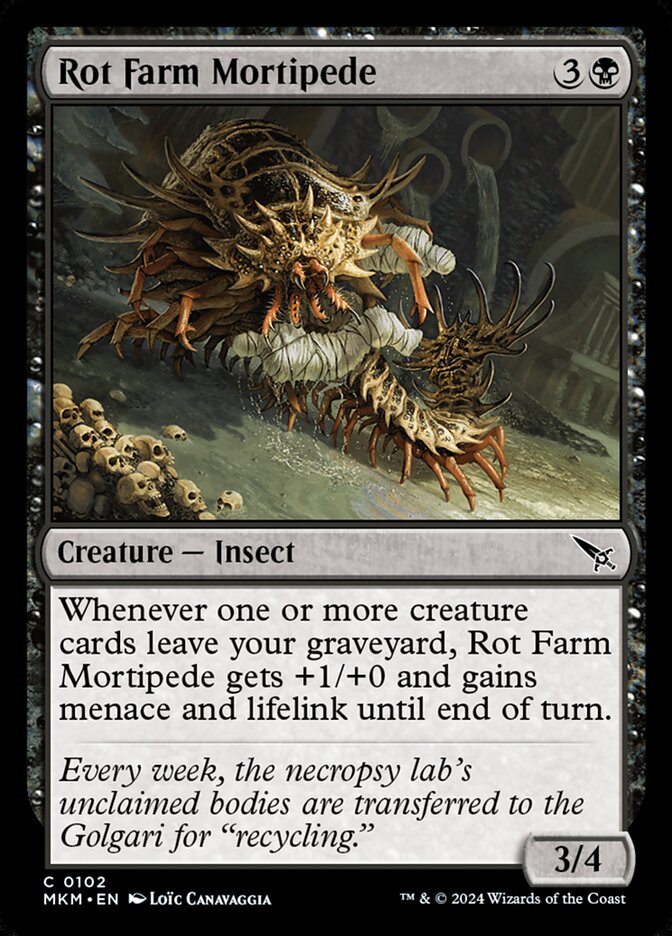

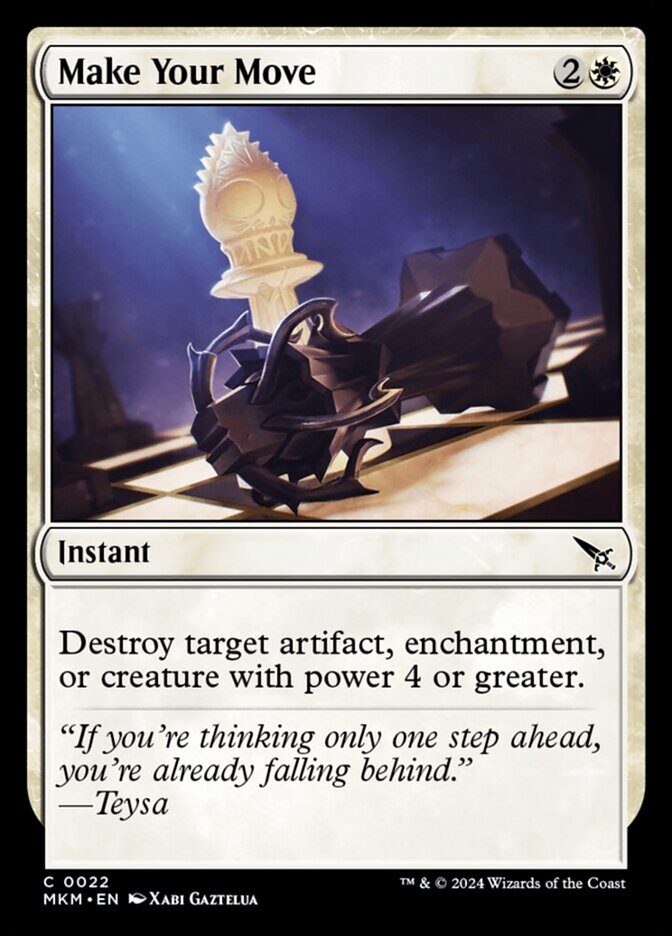
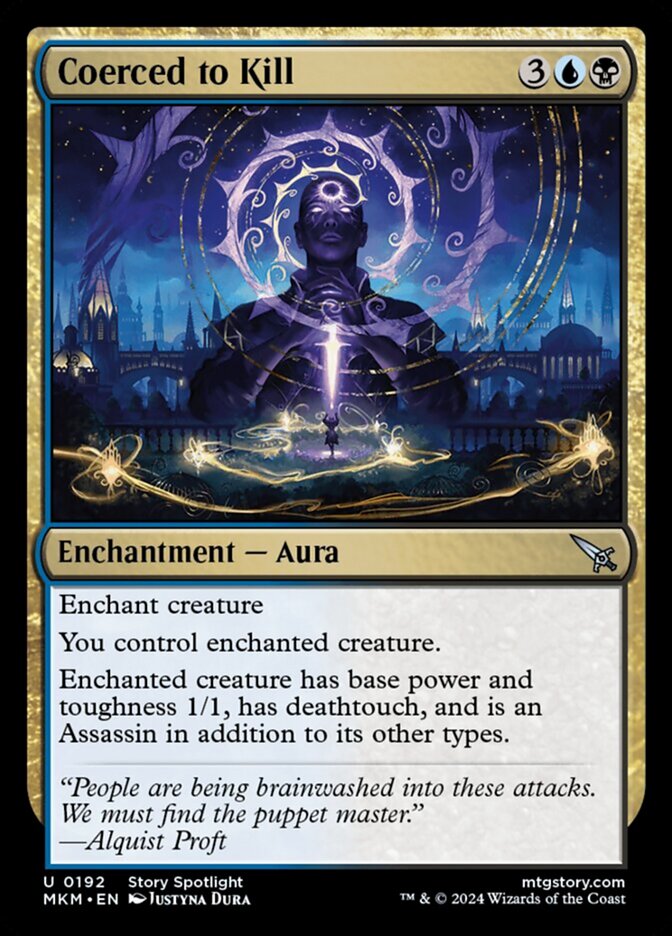
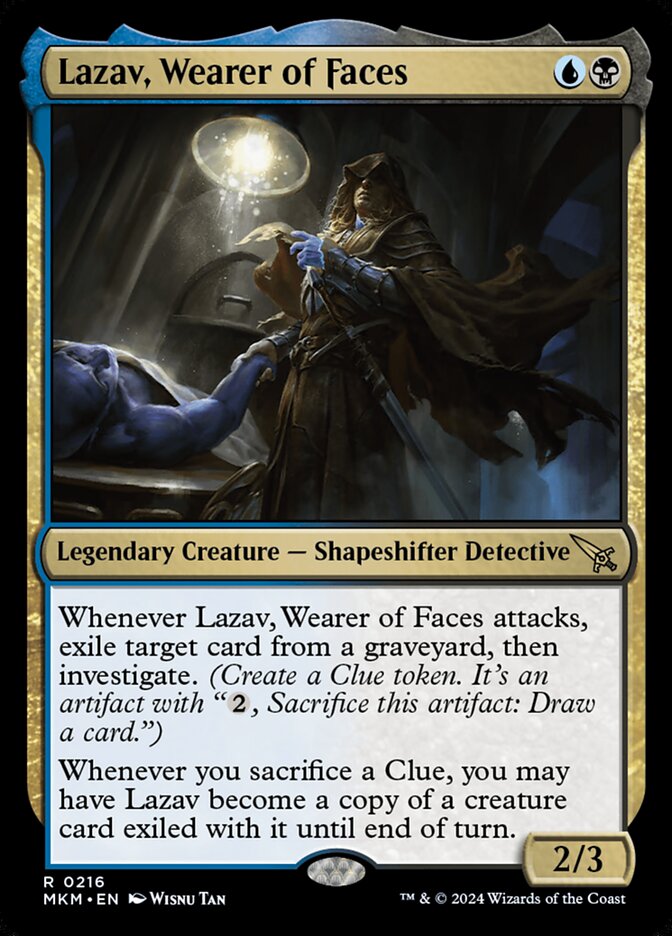
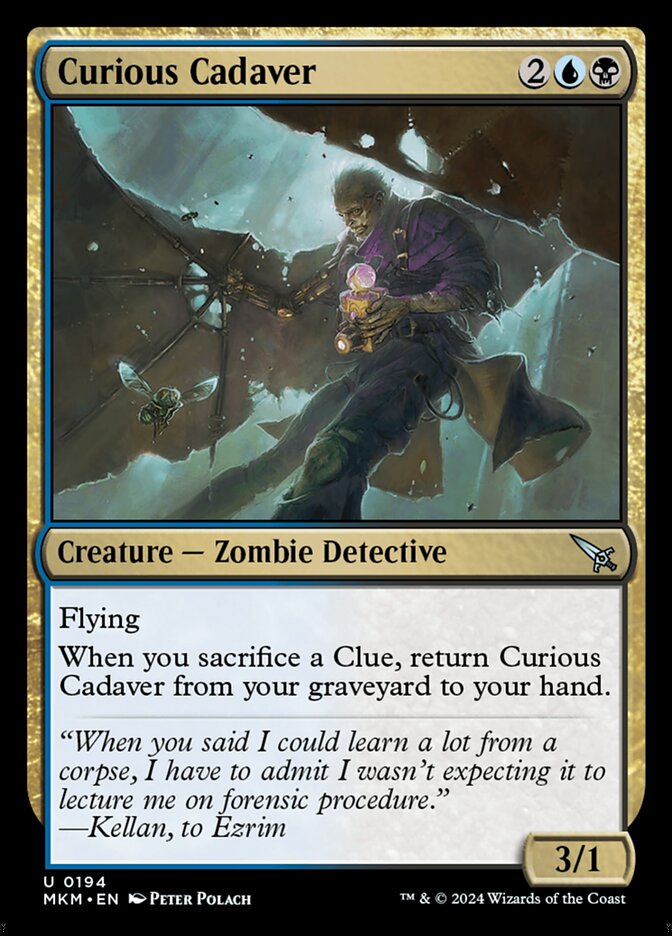
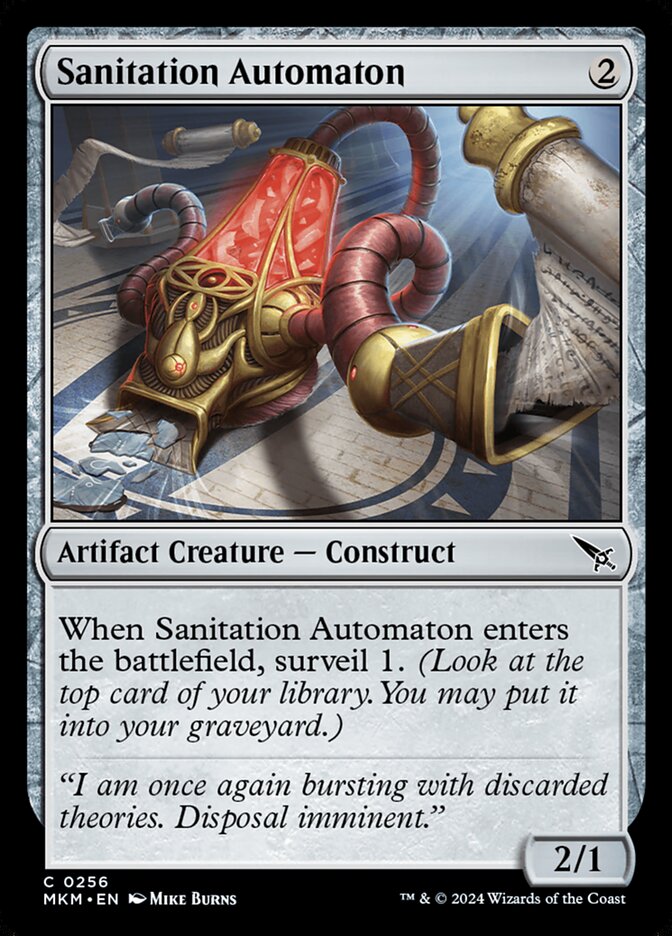
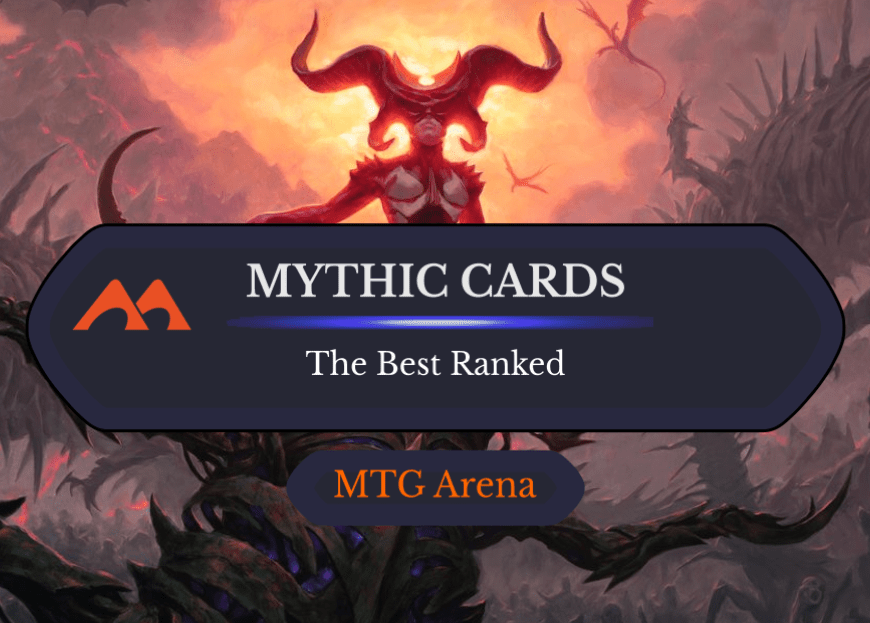
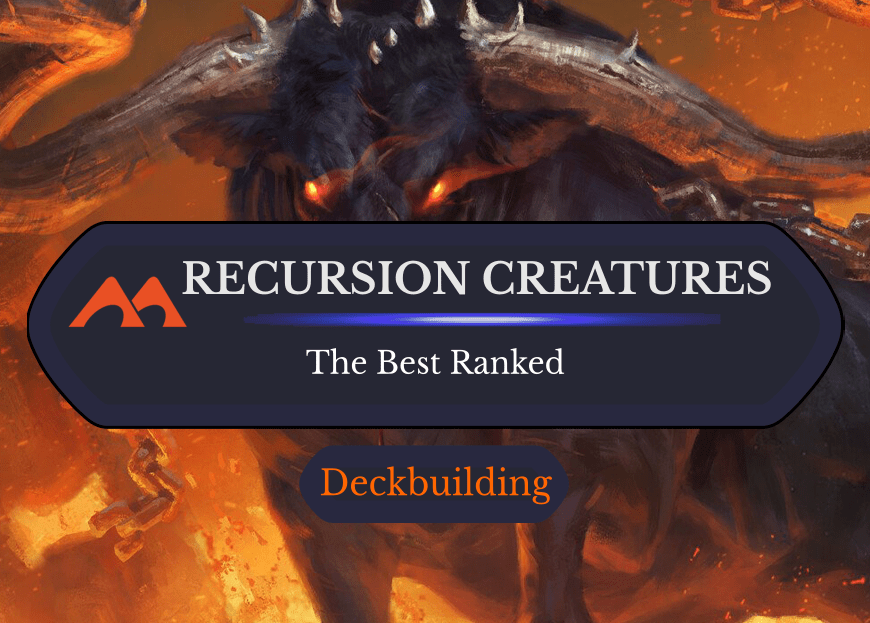
Add Comment